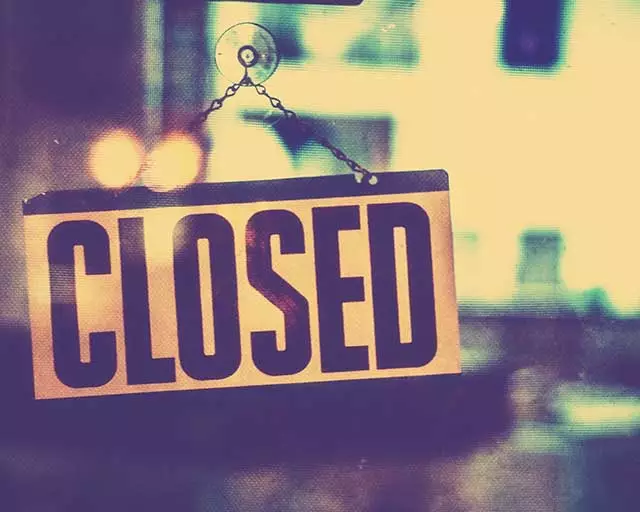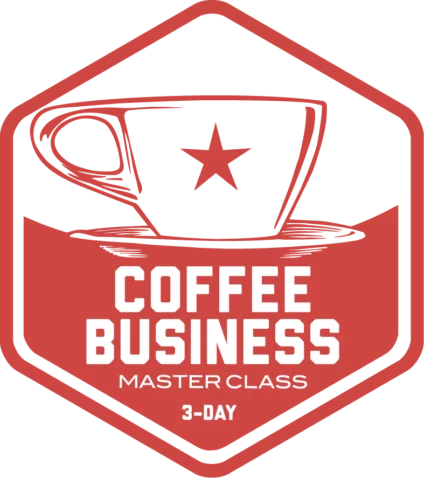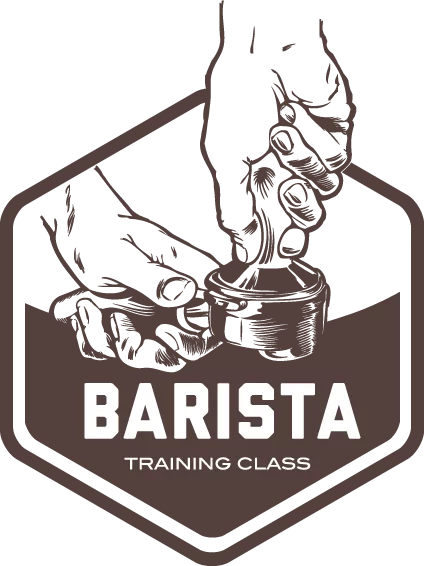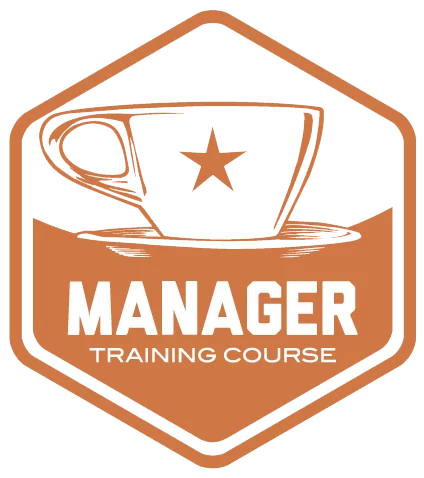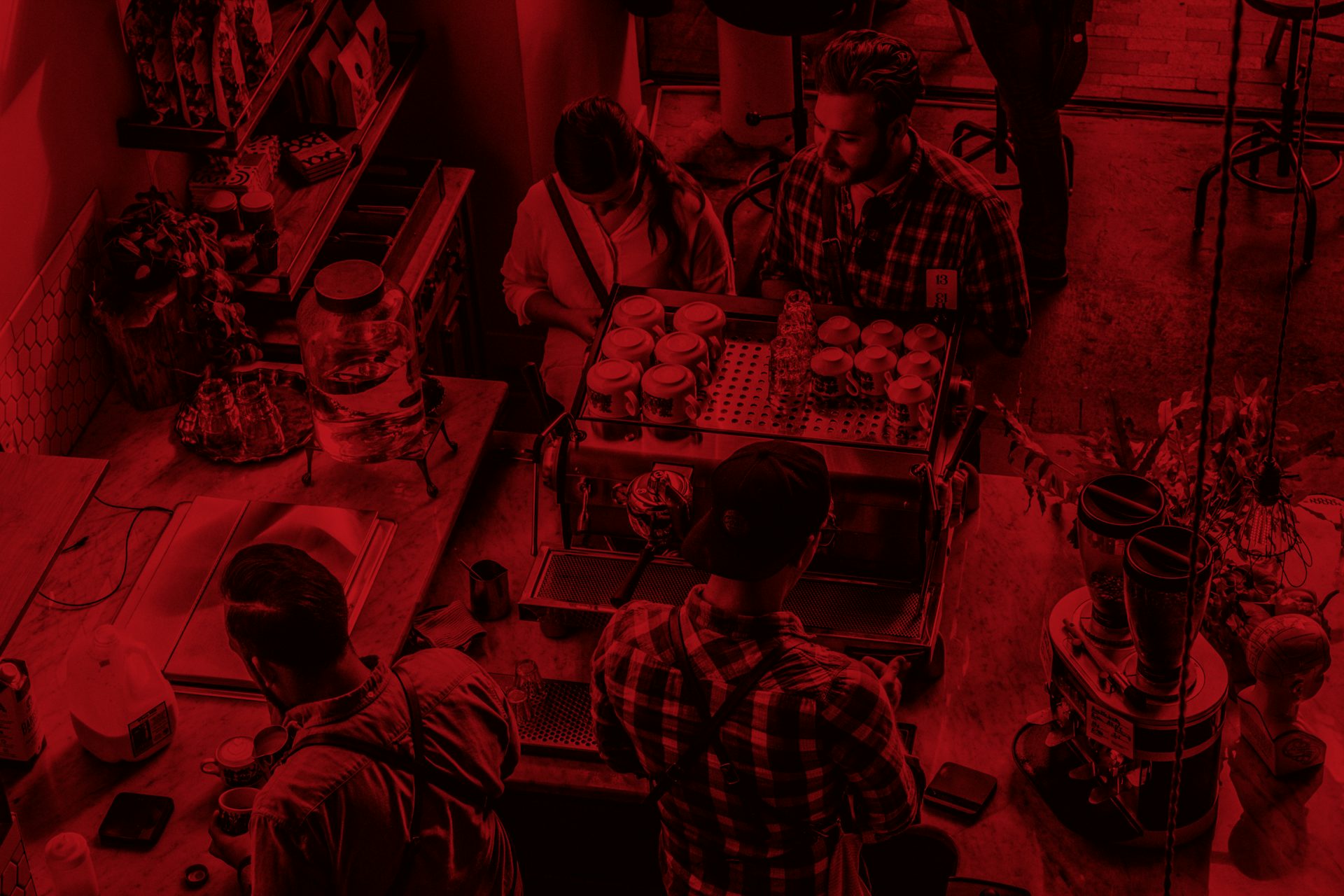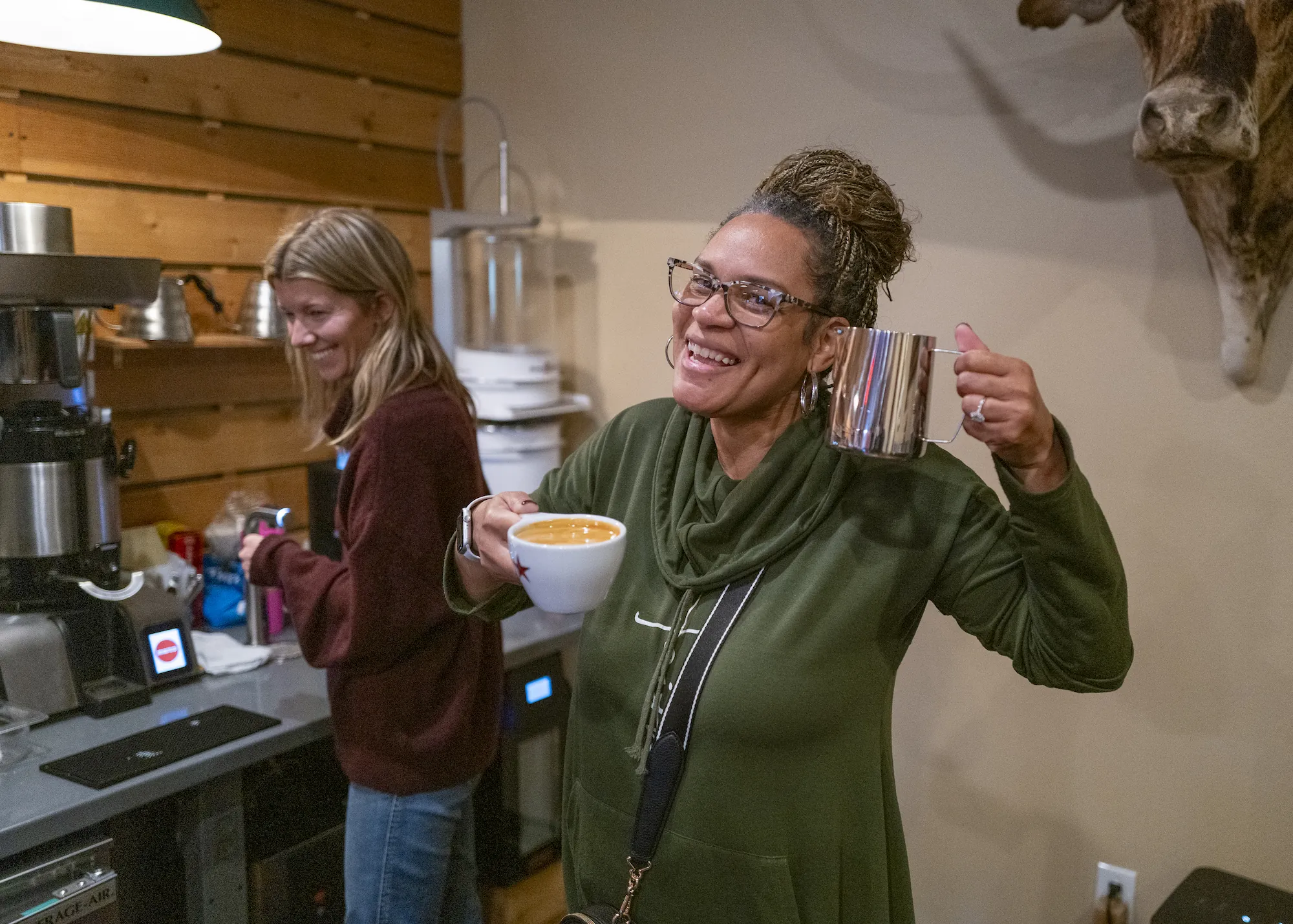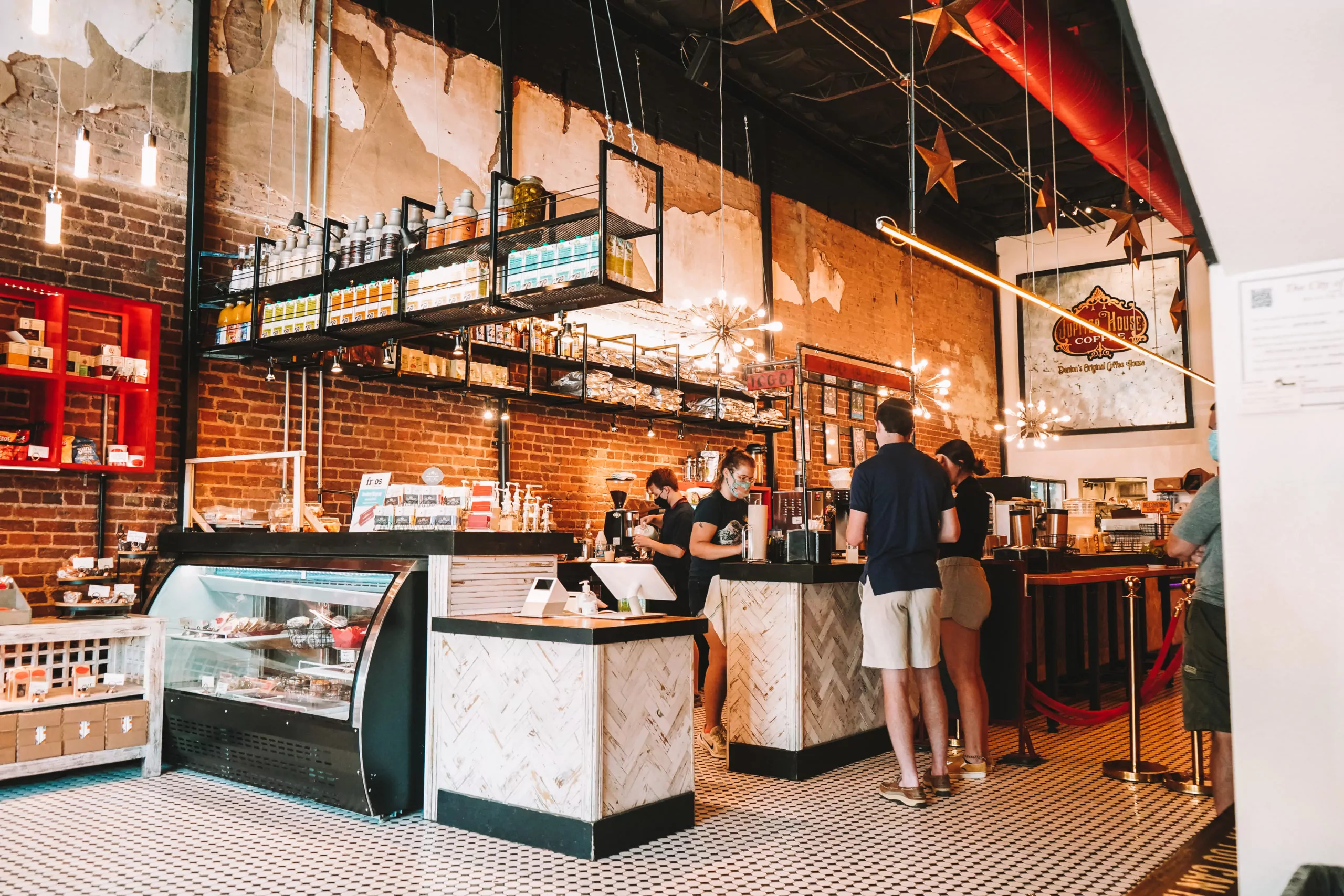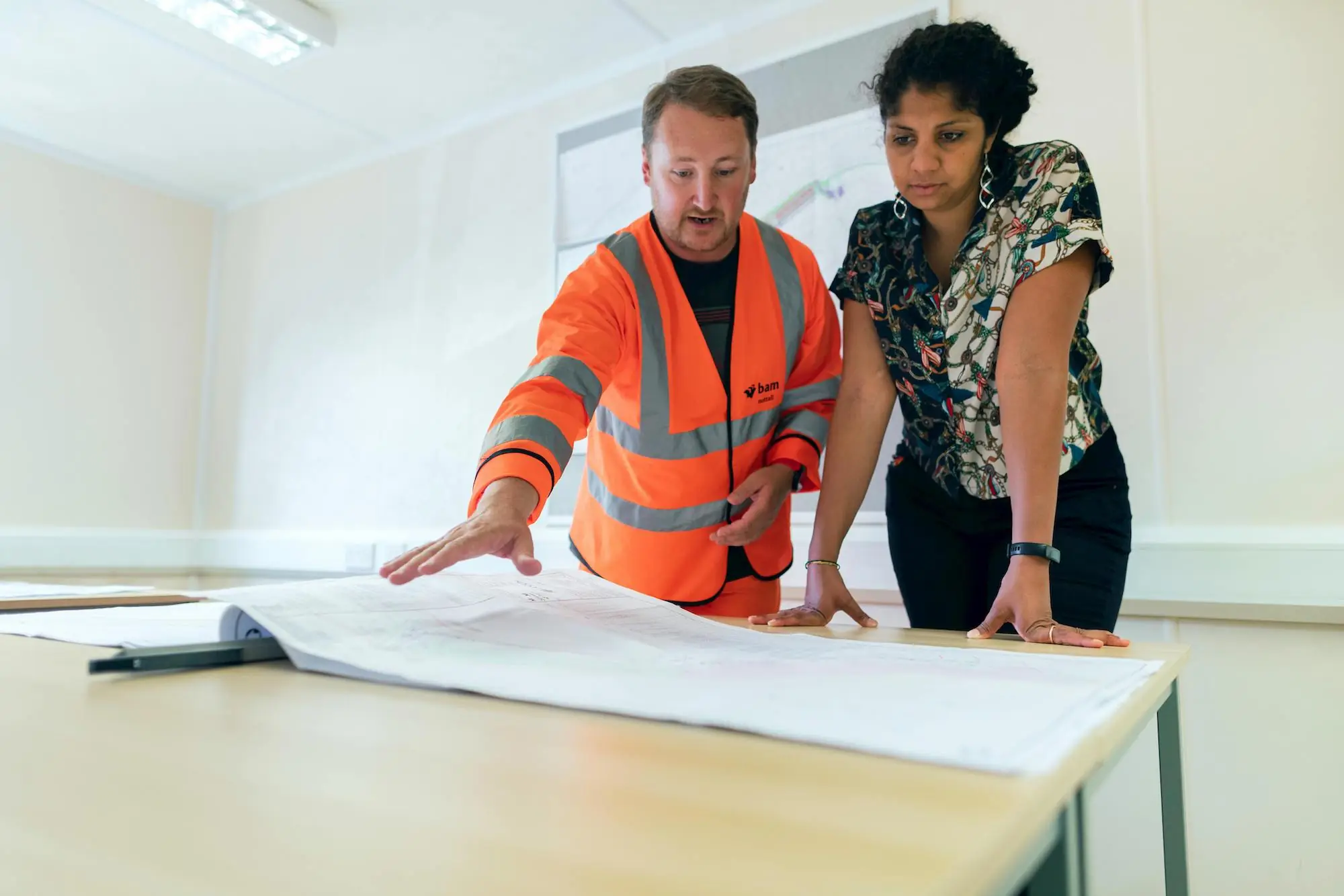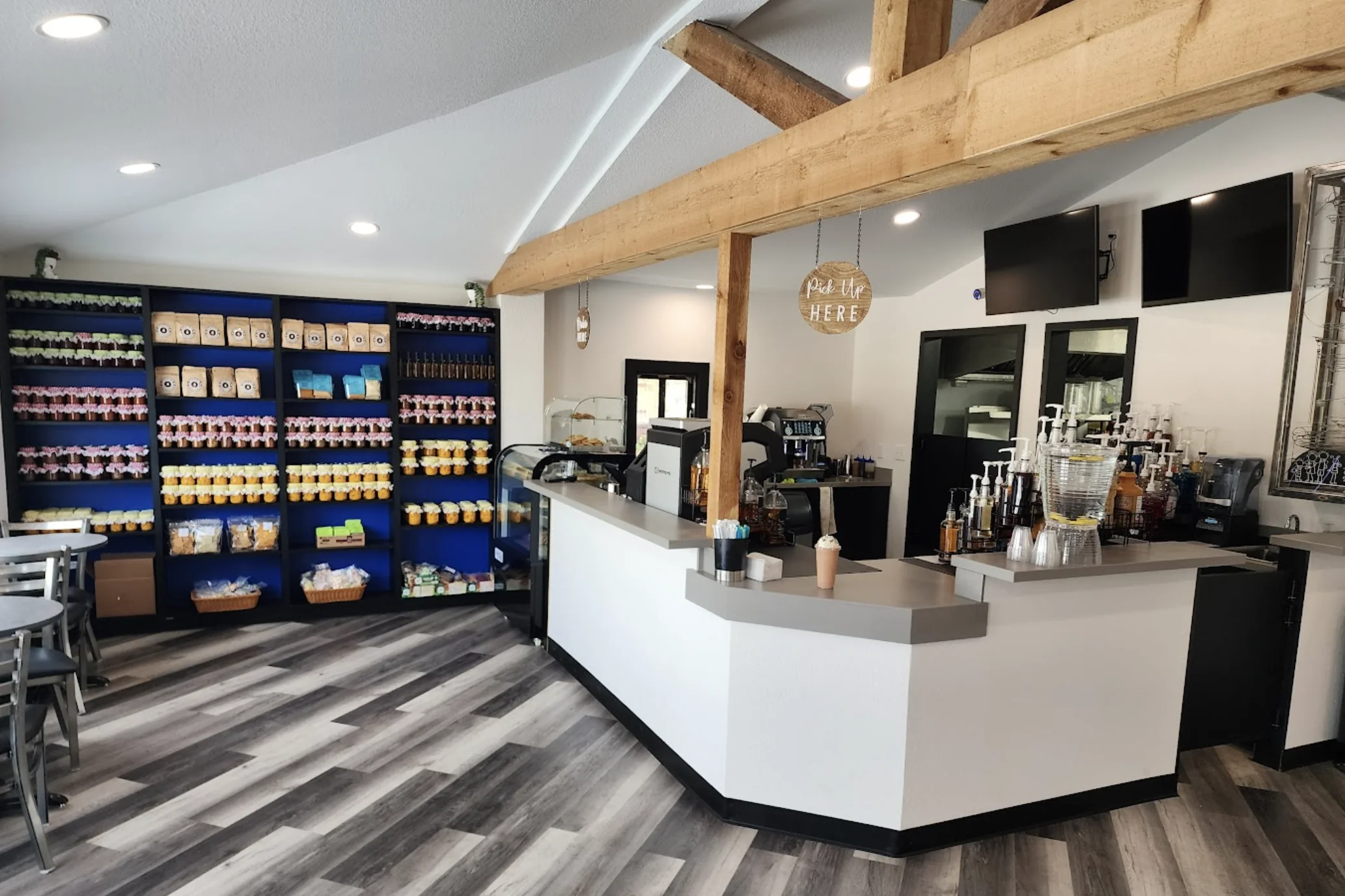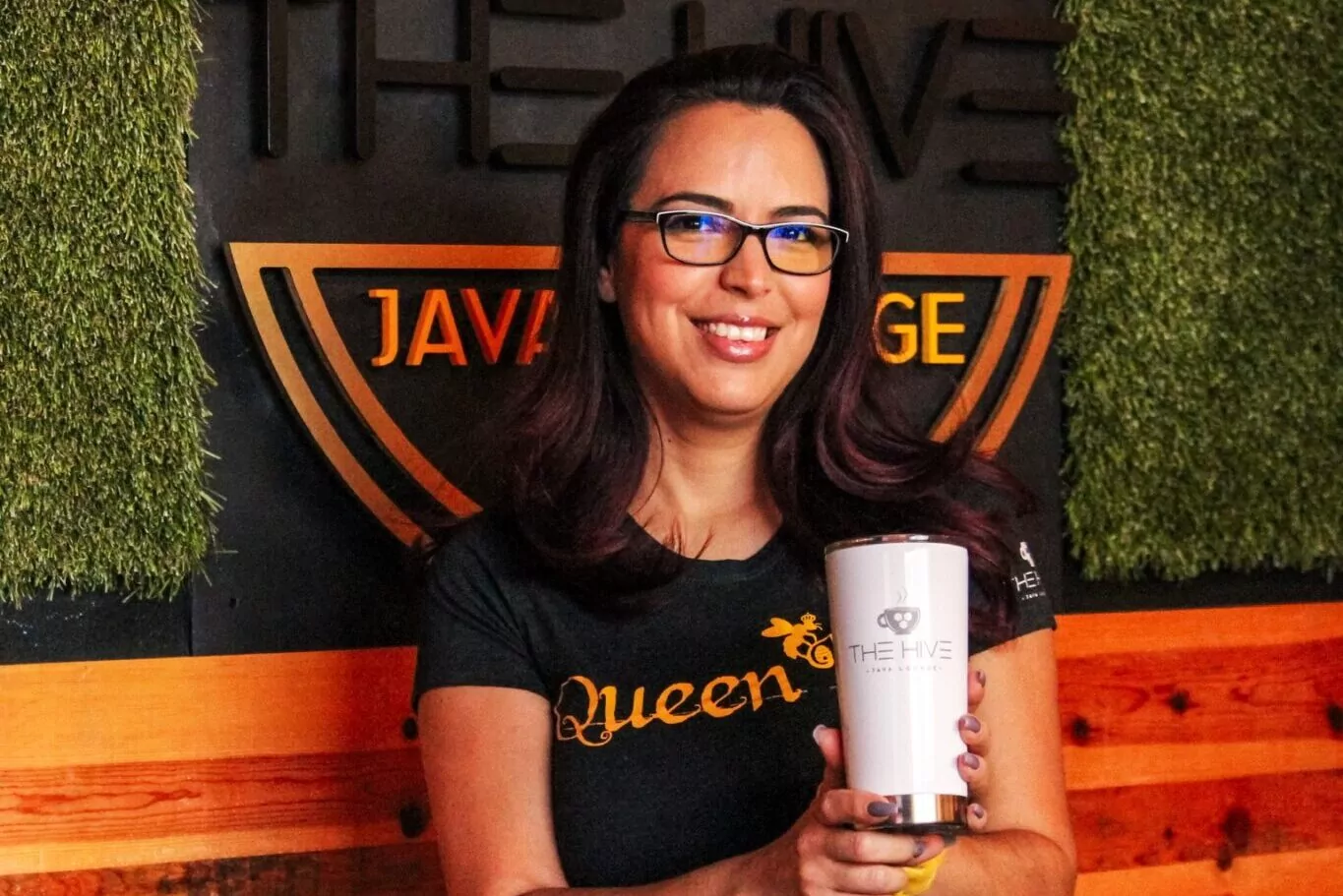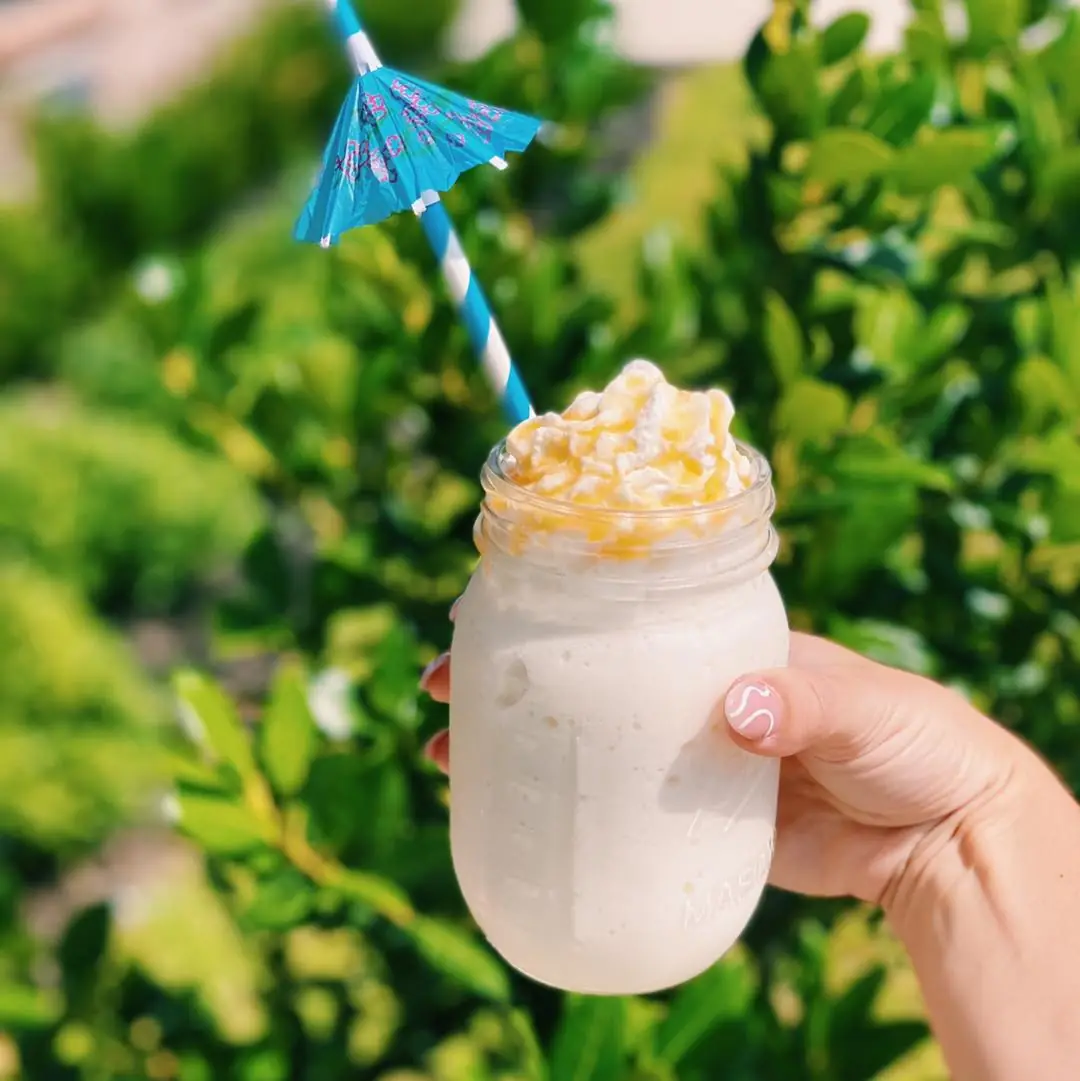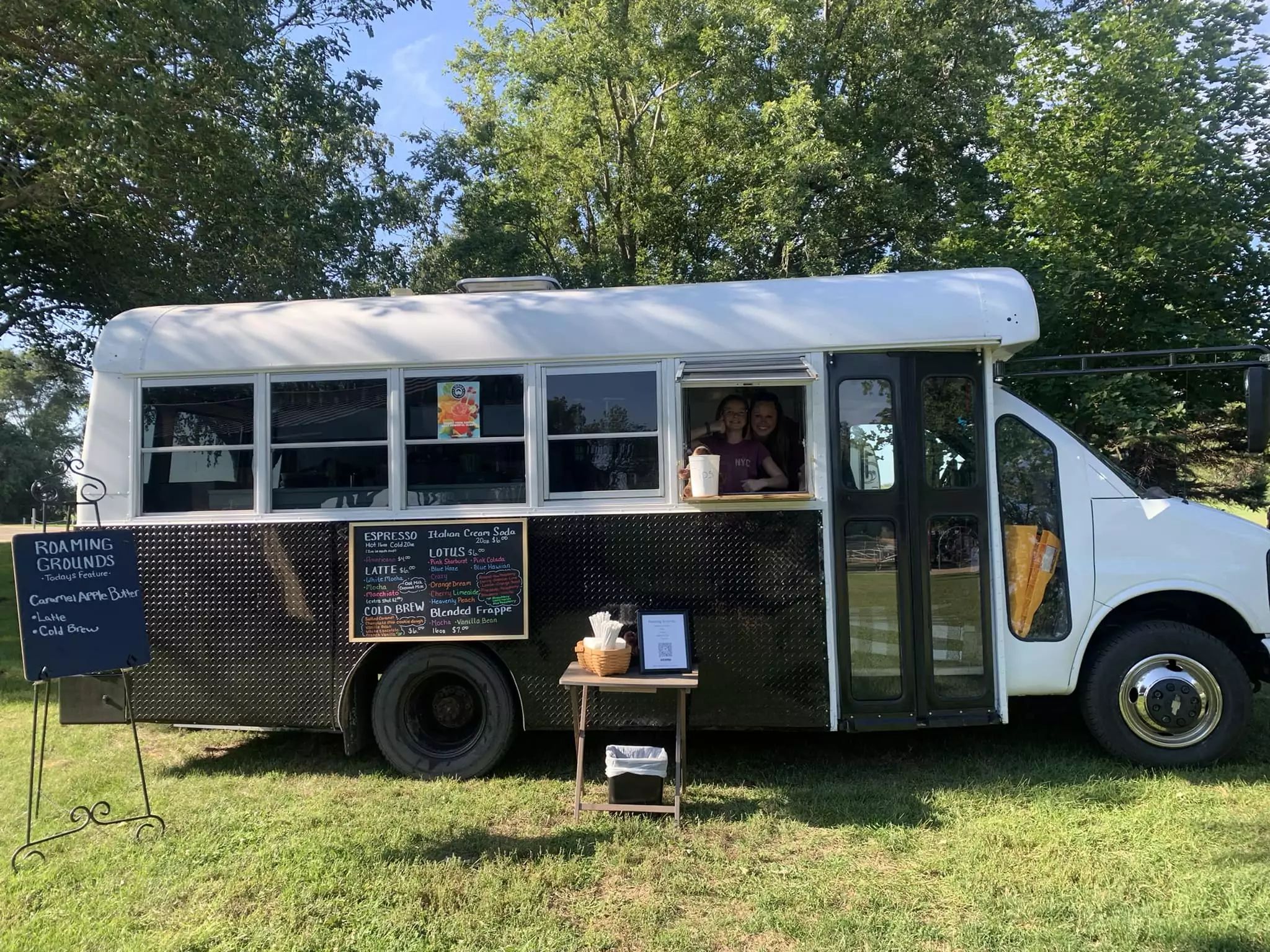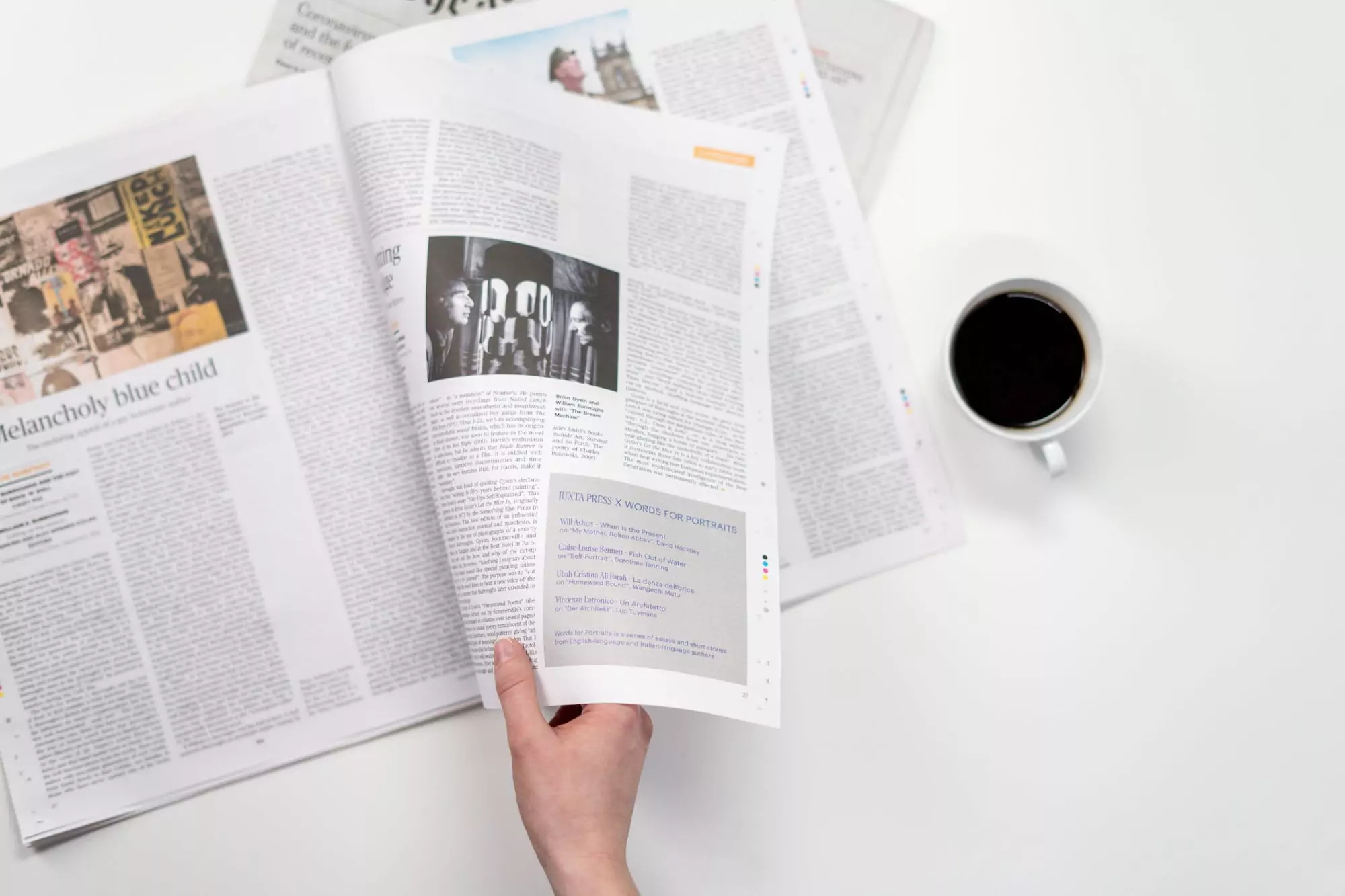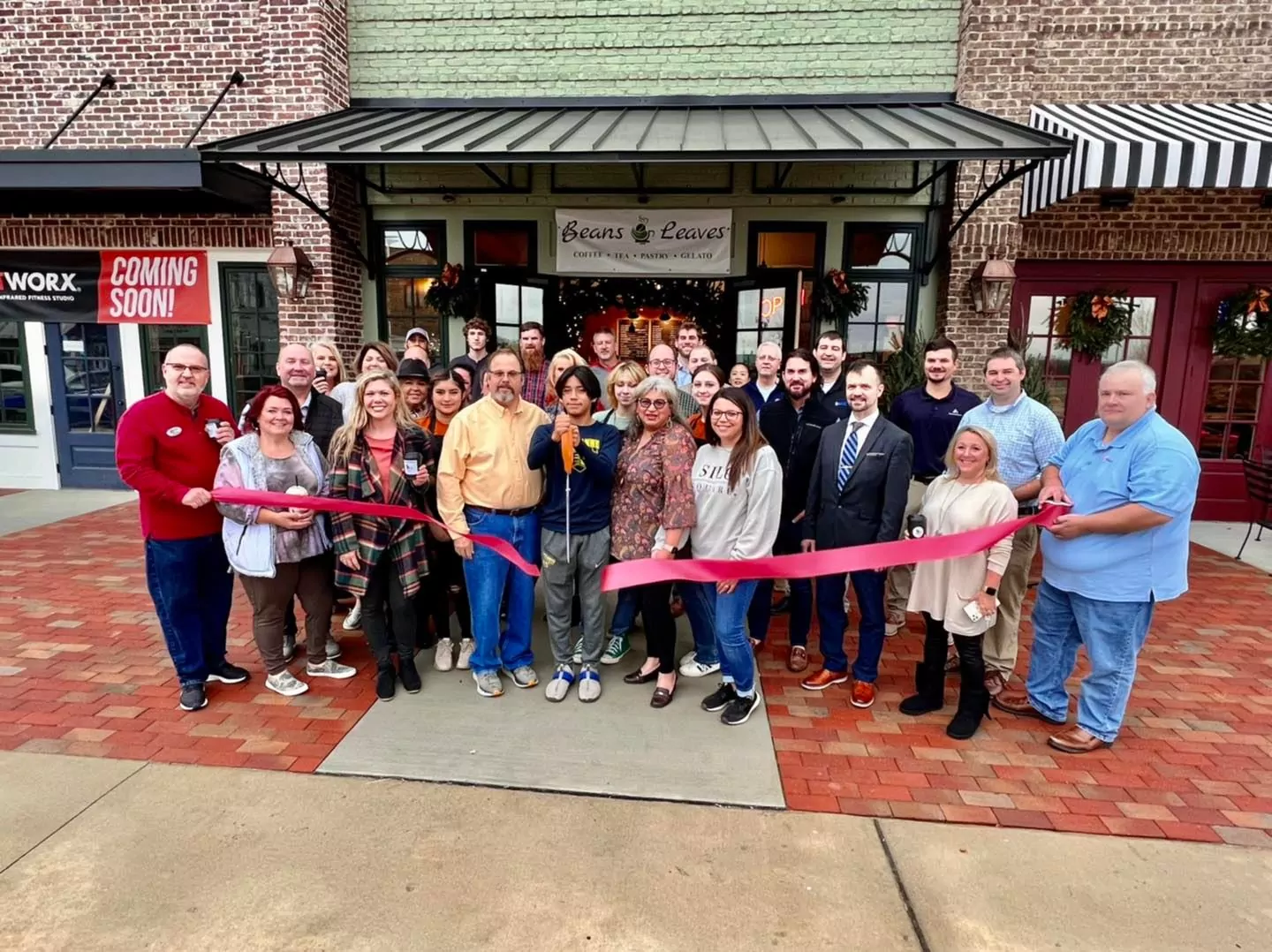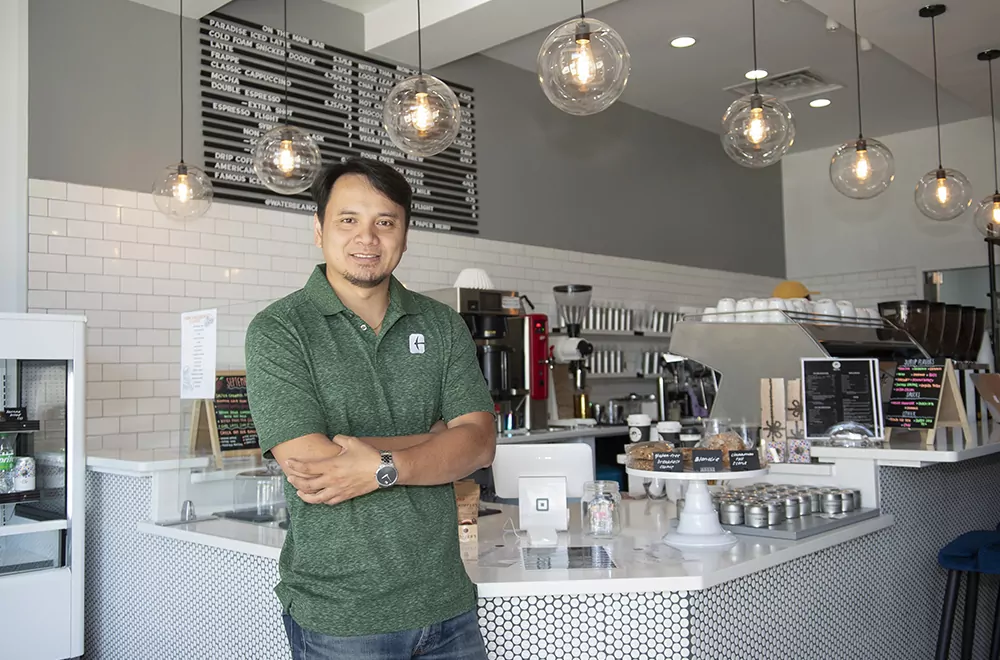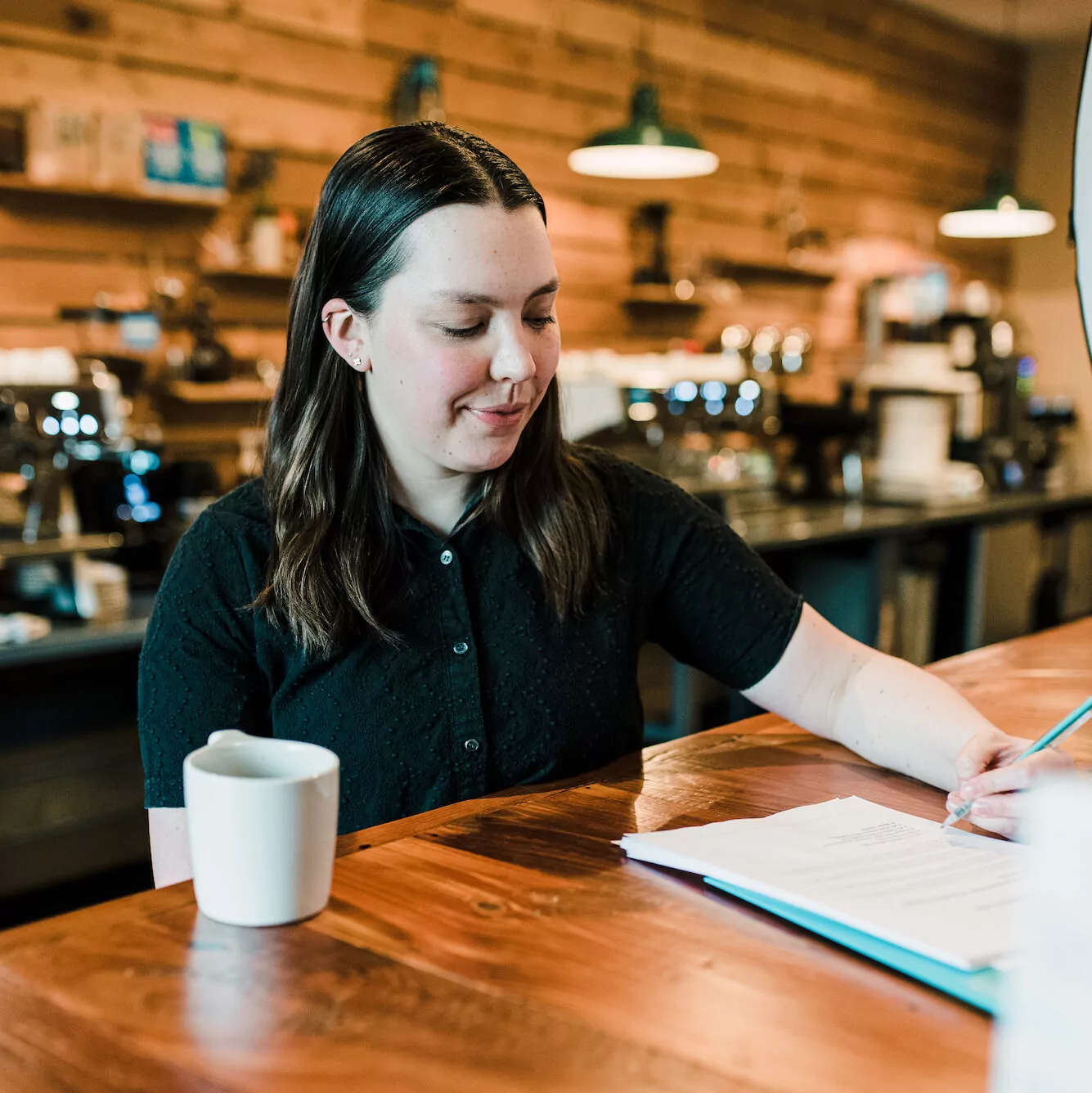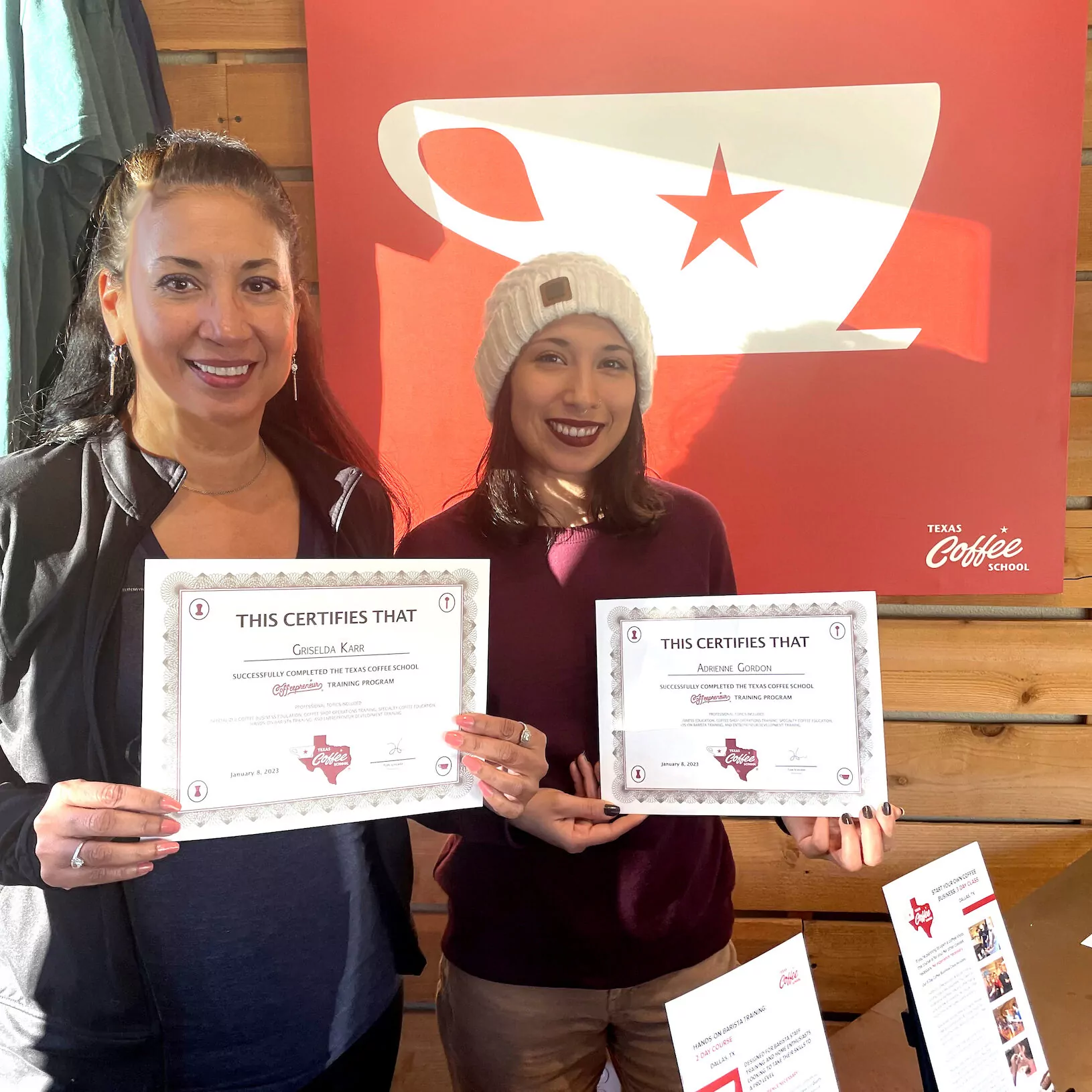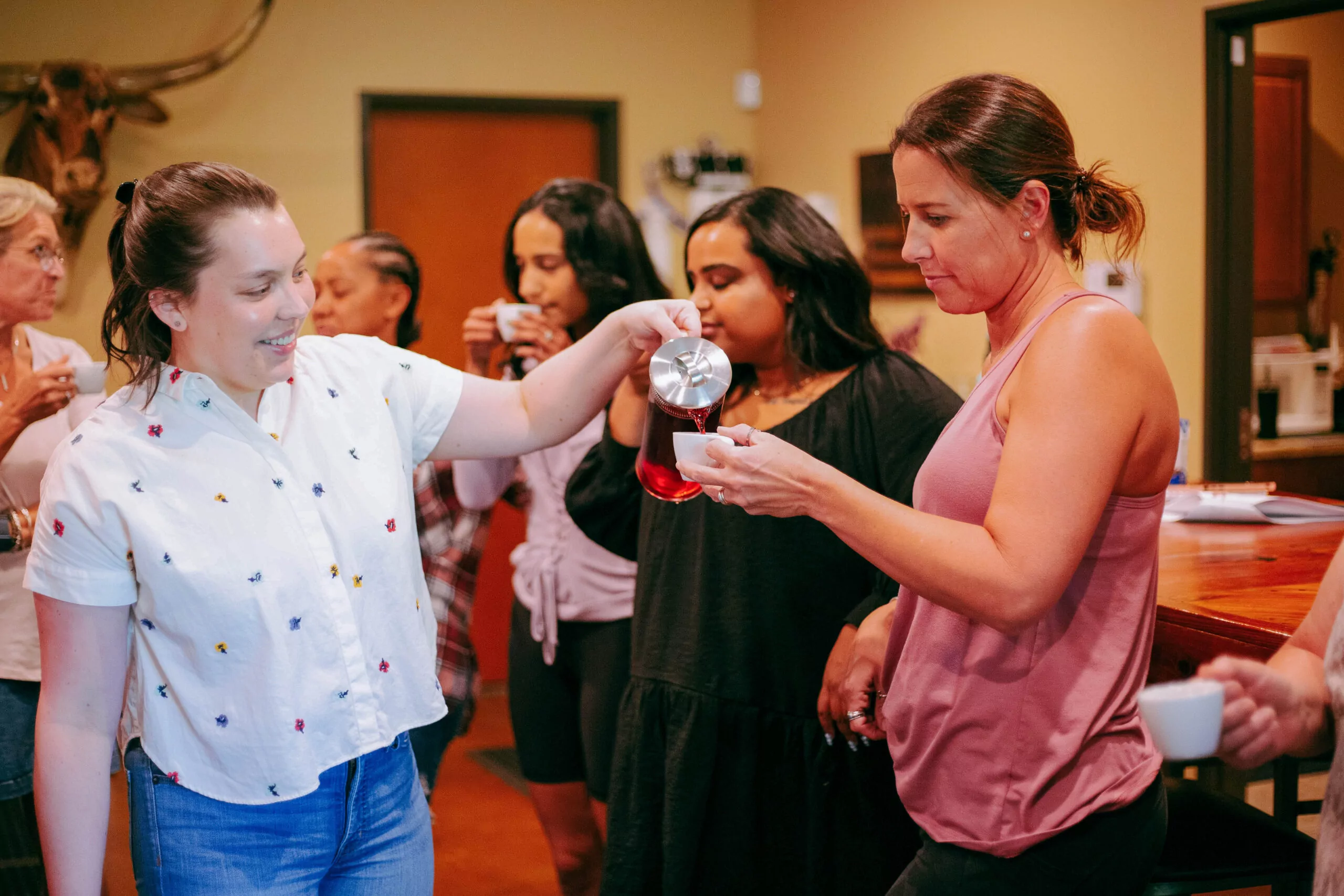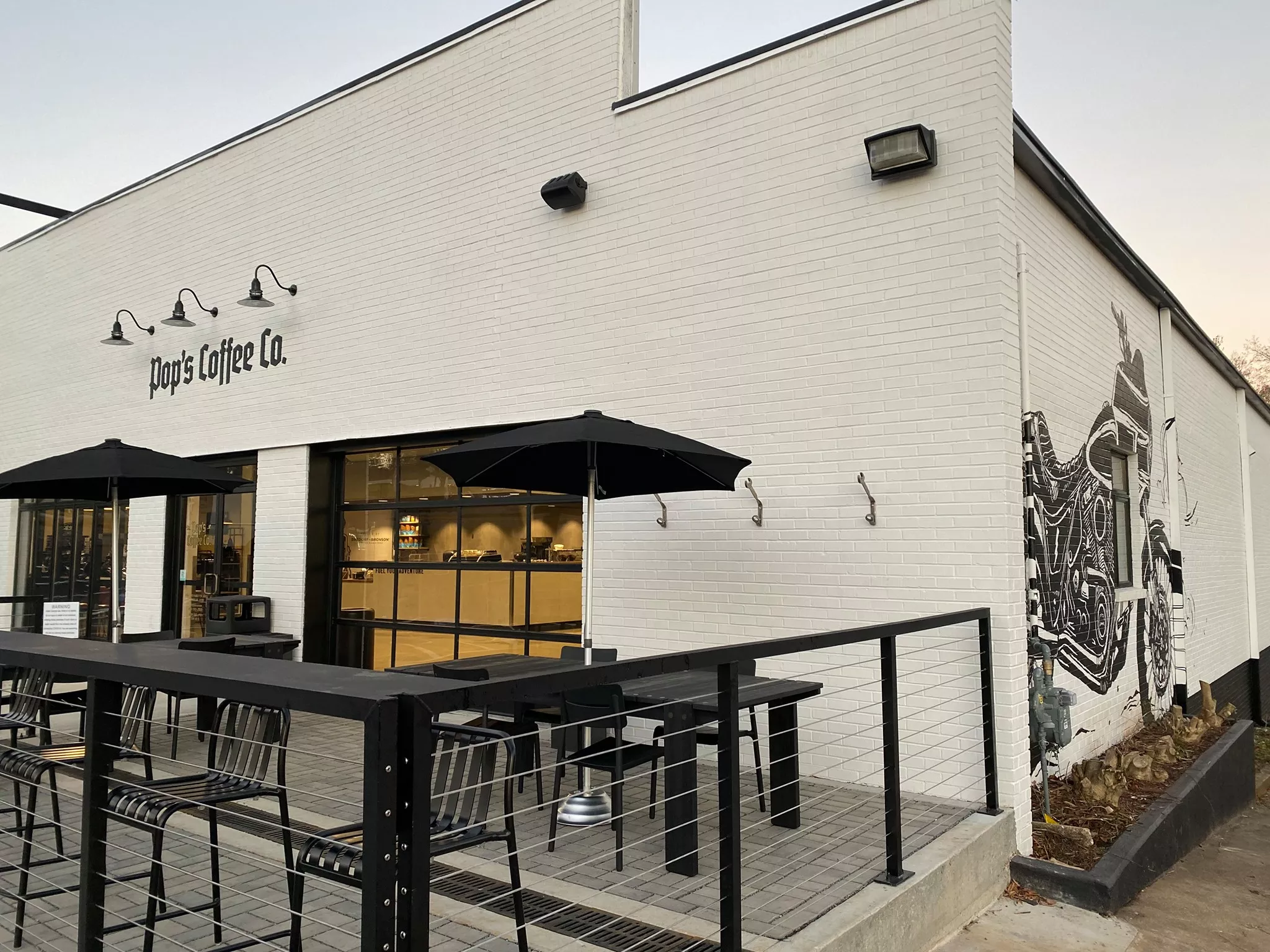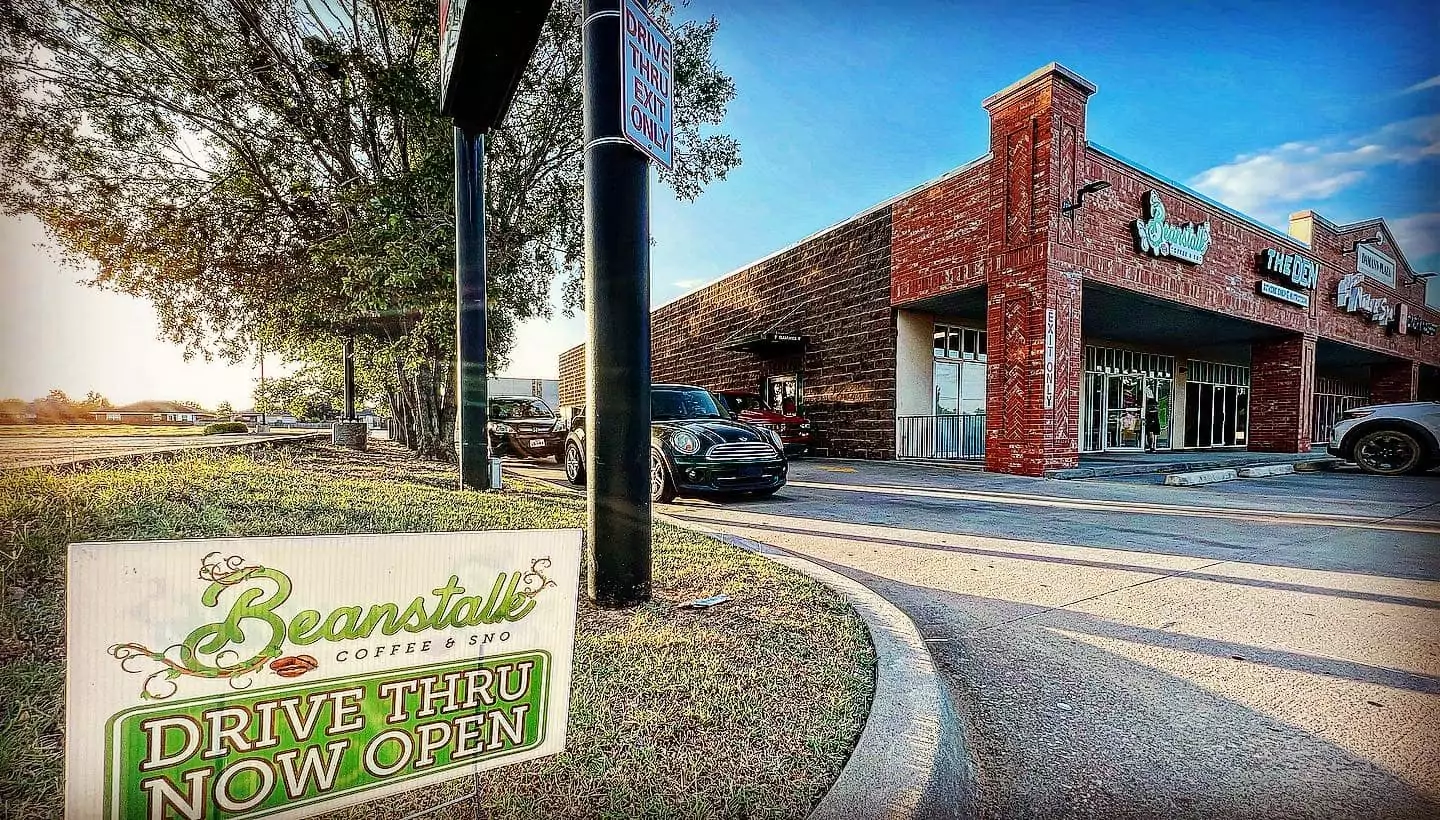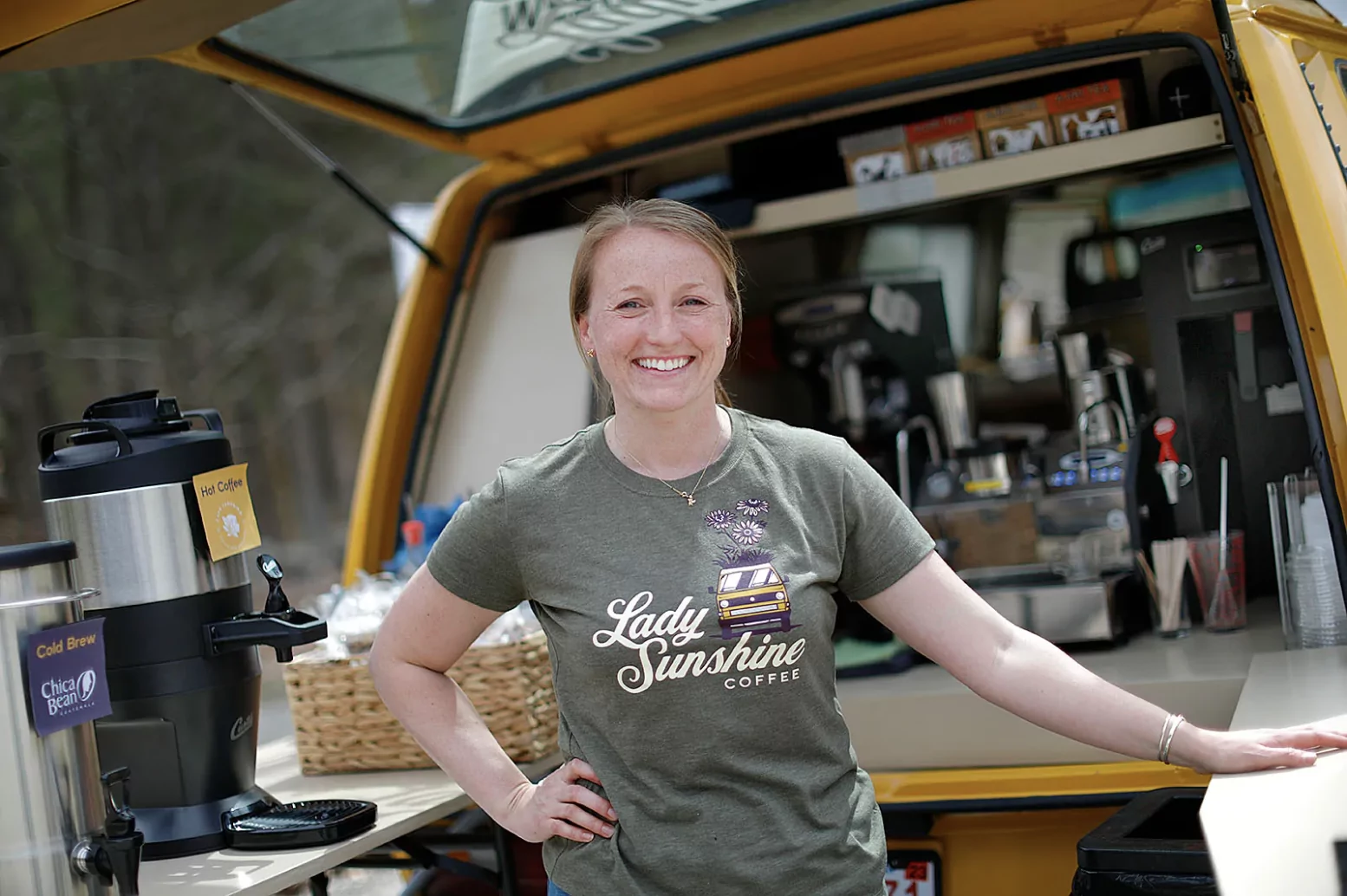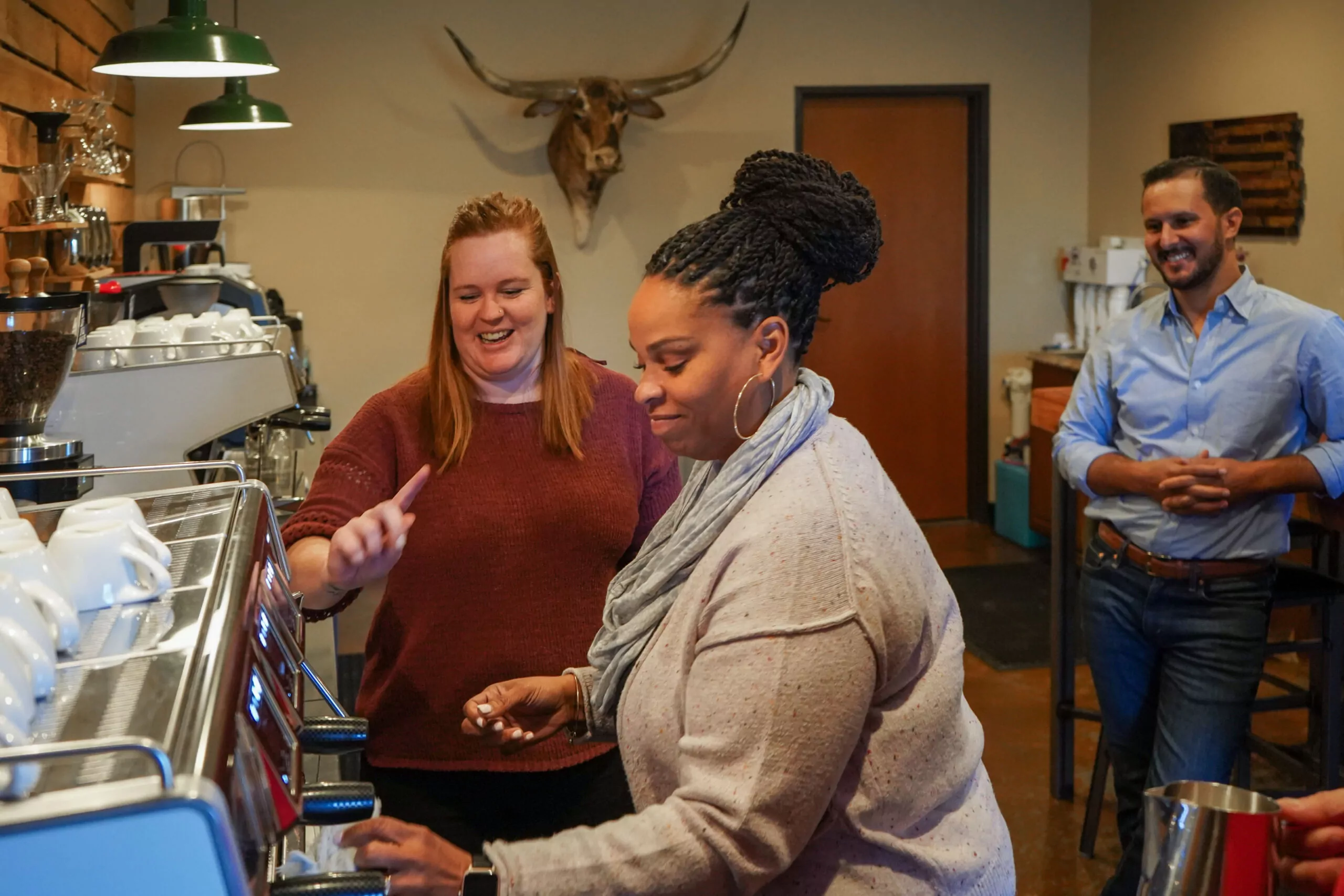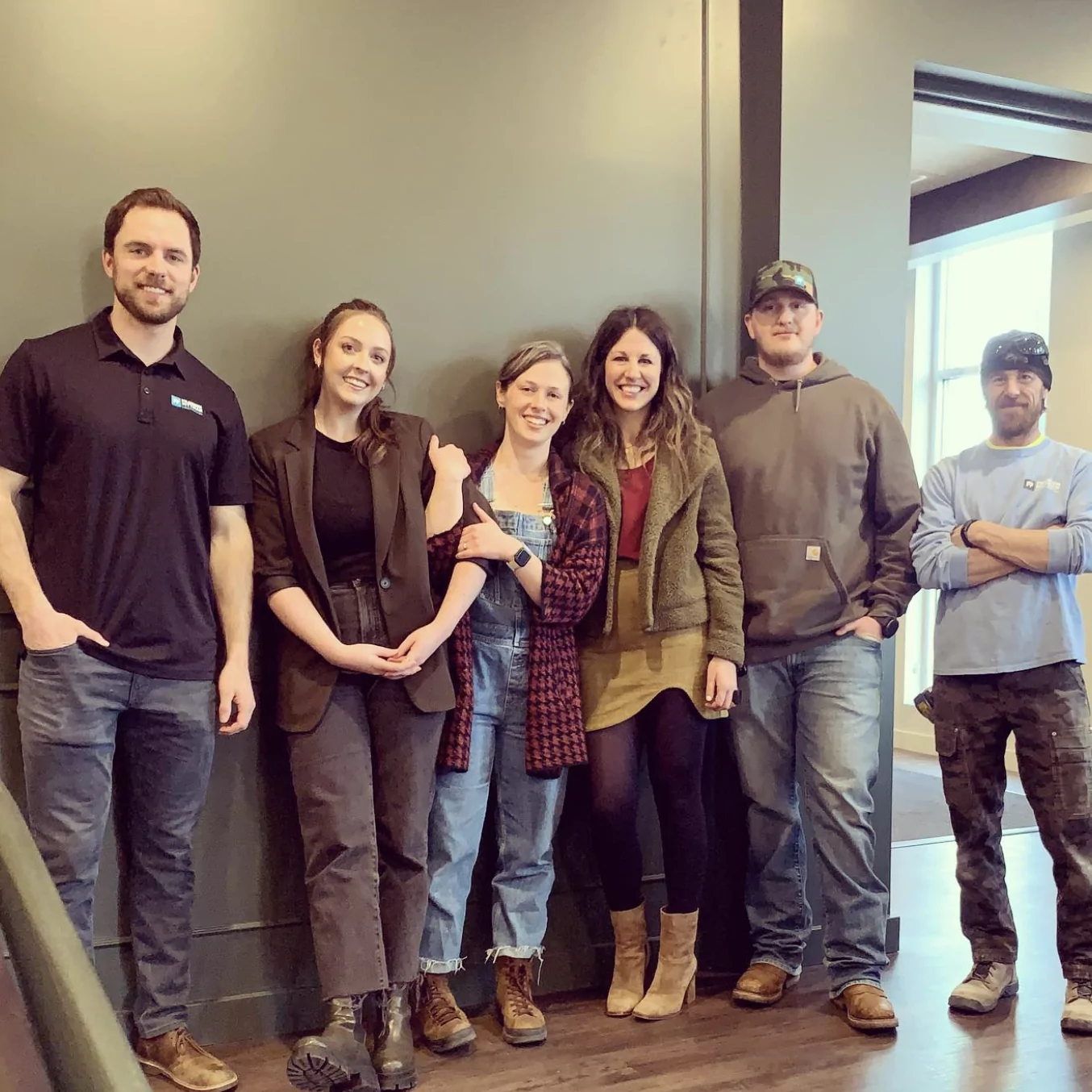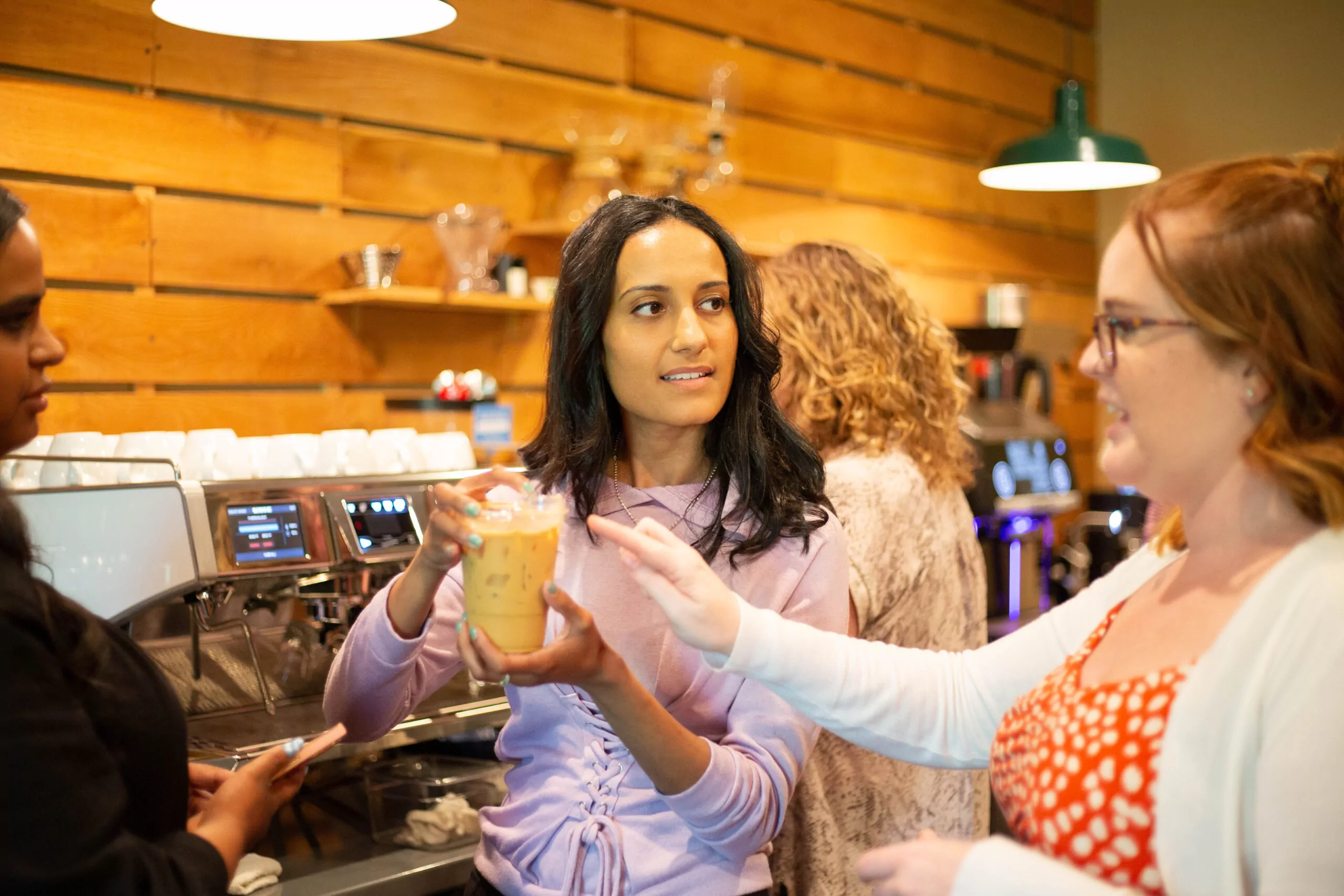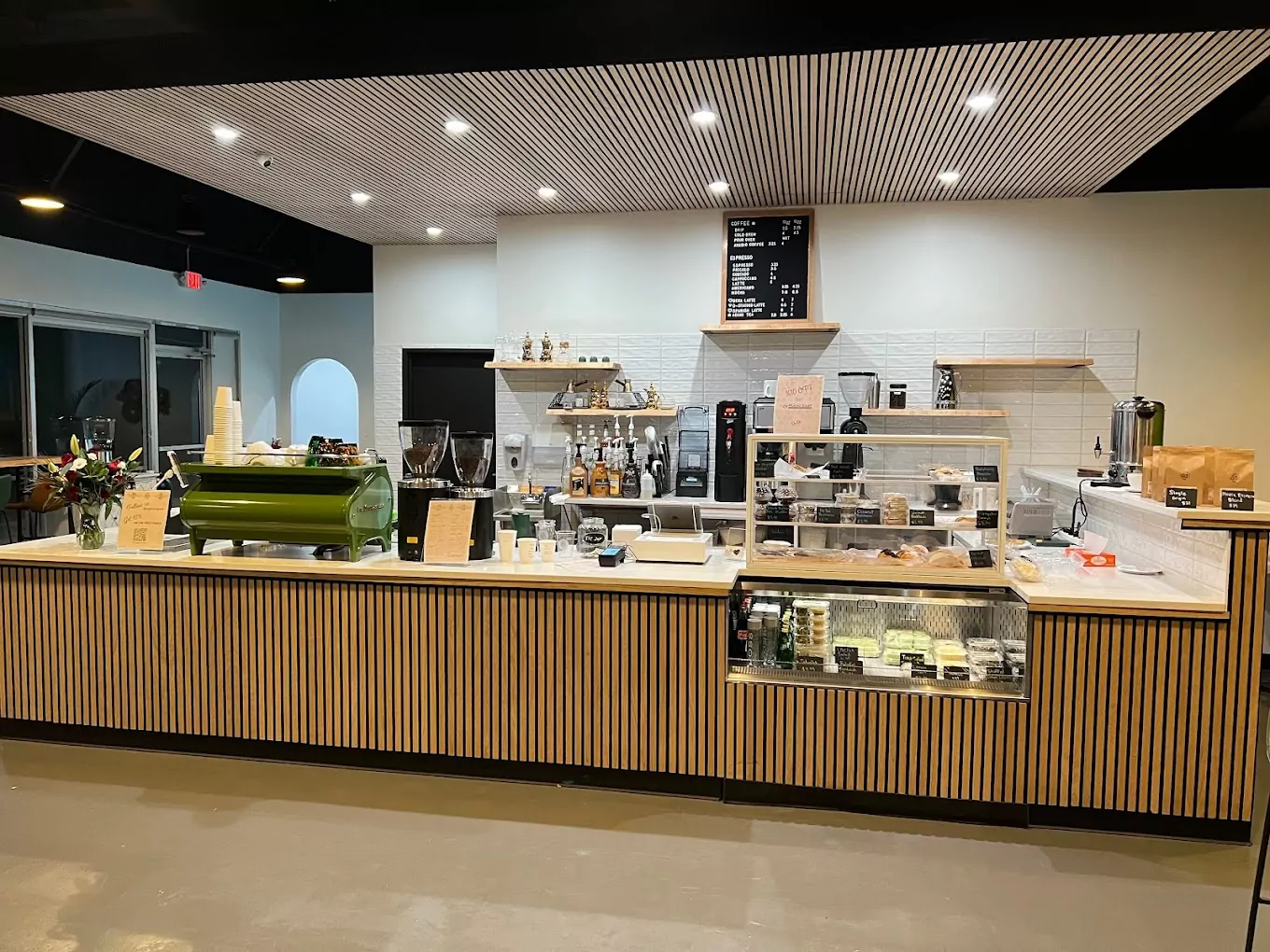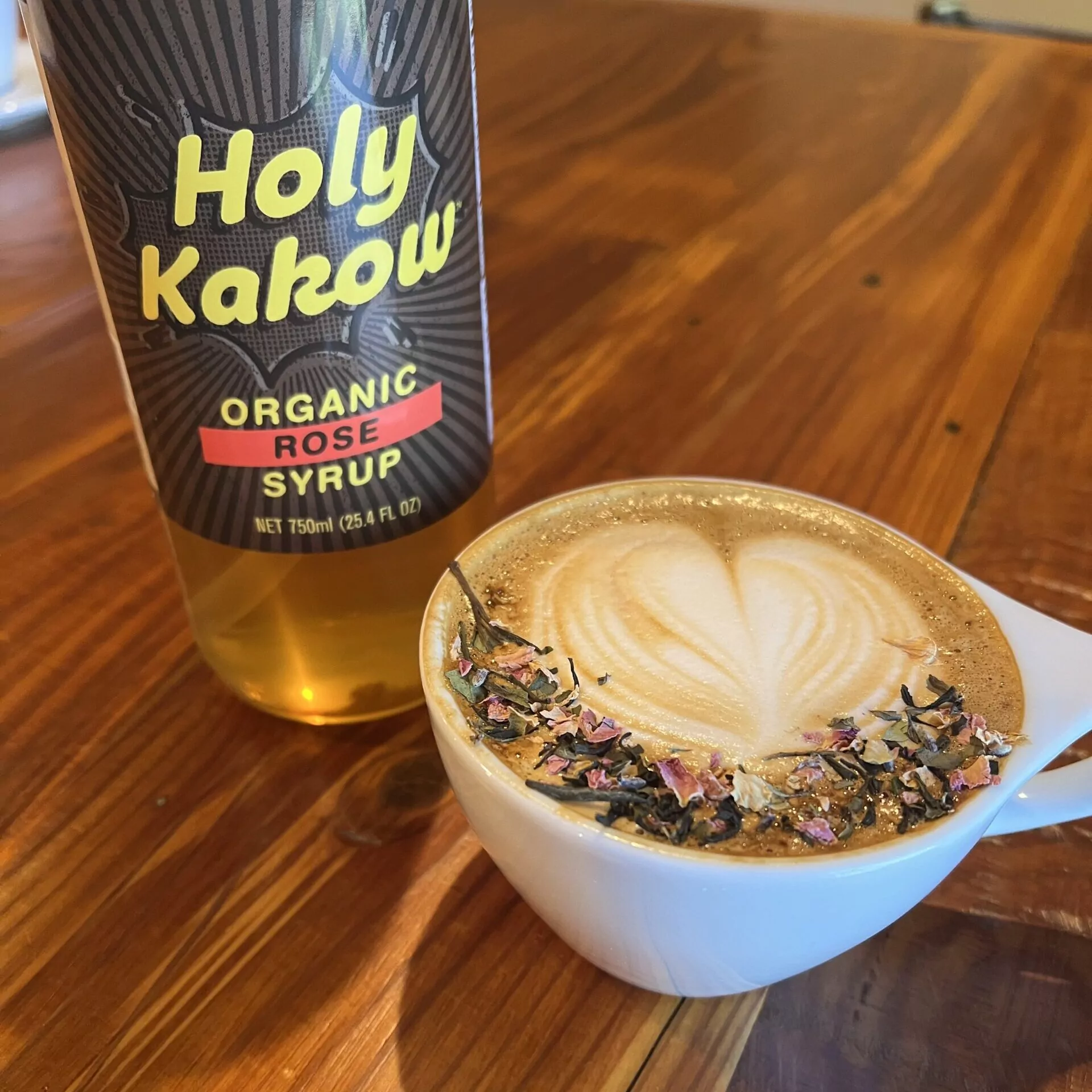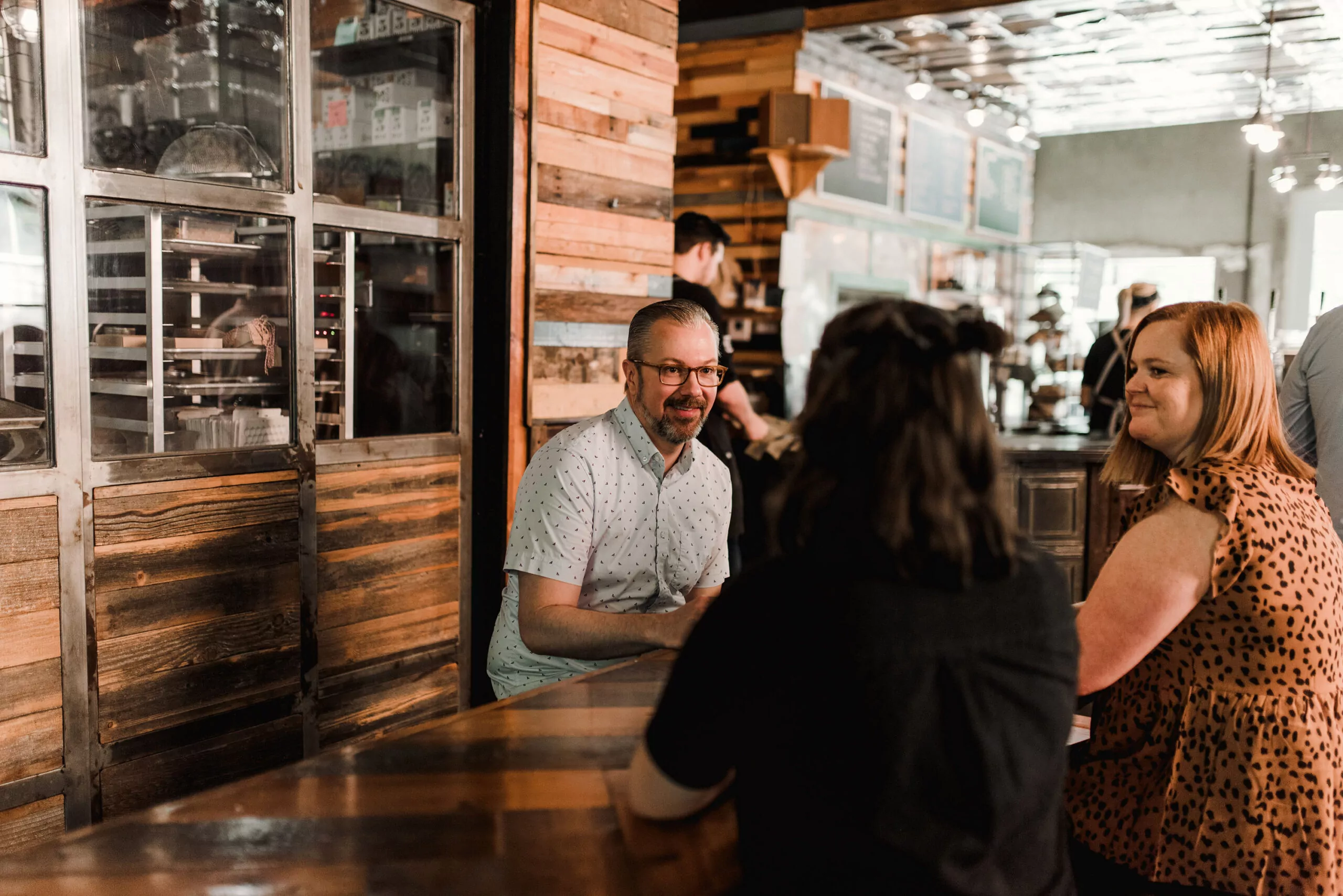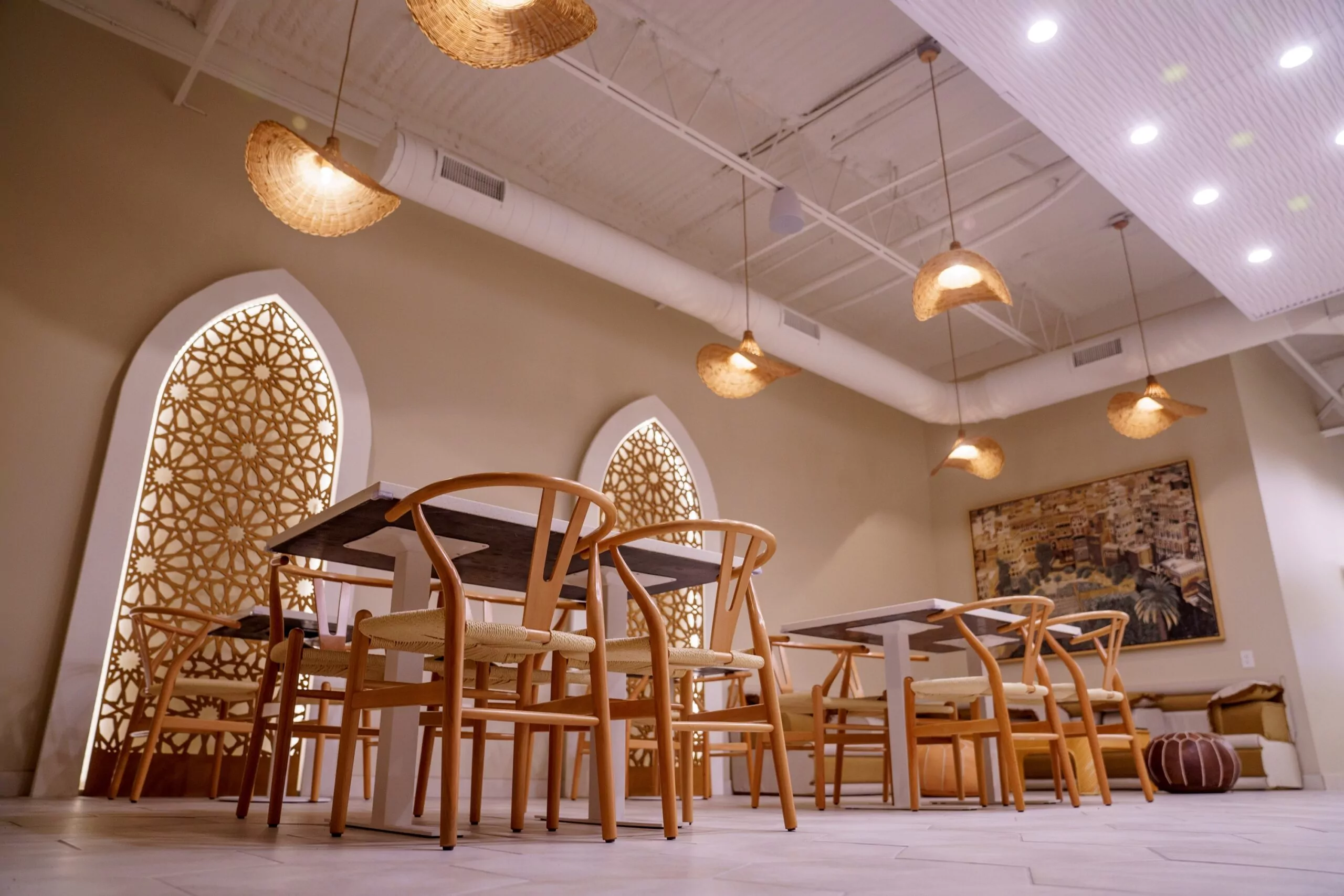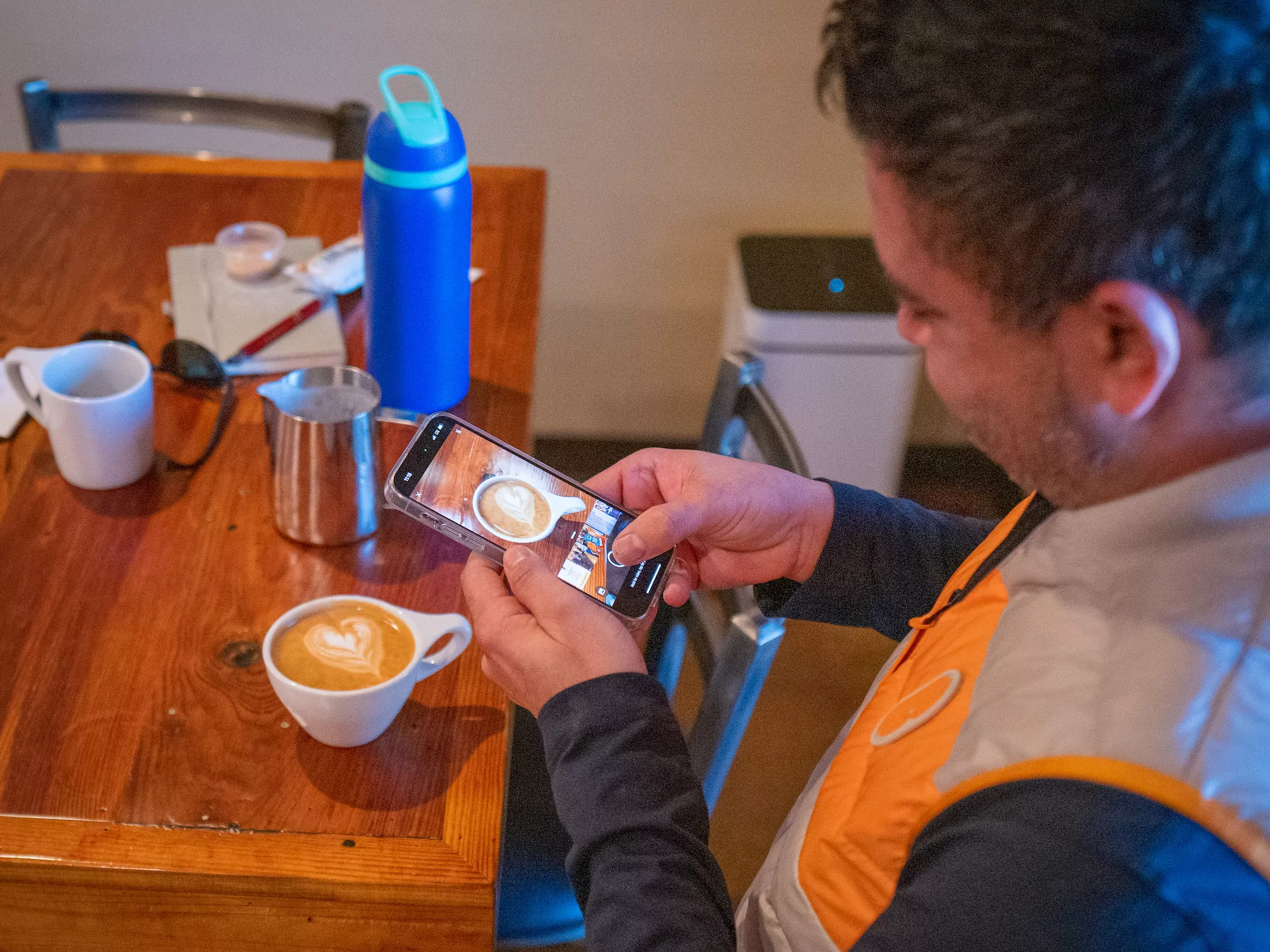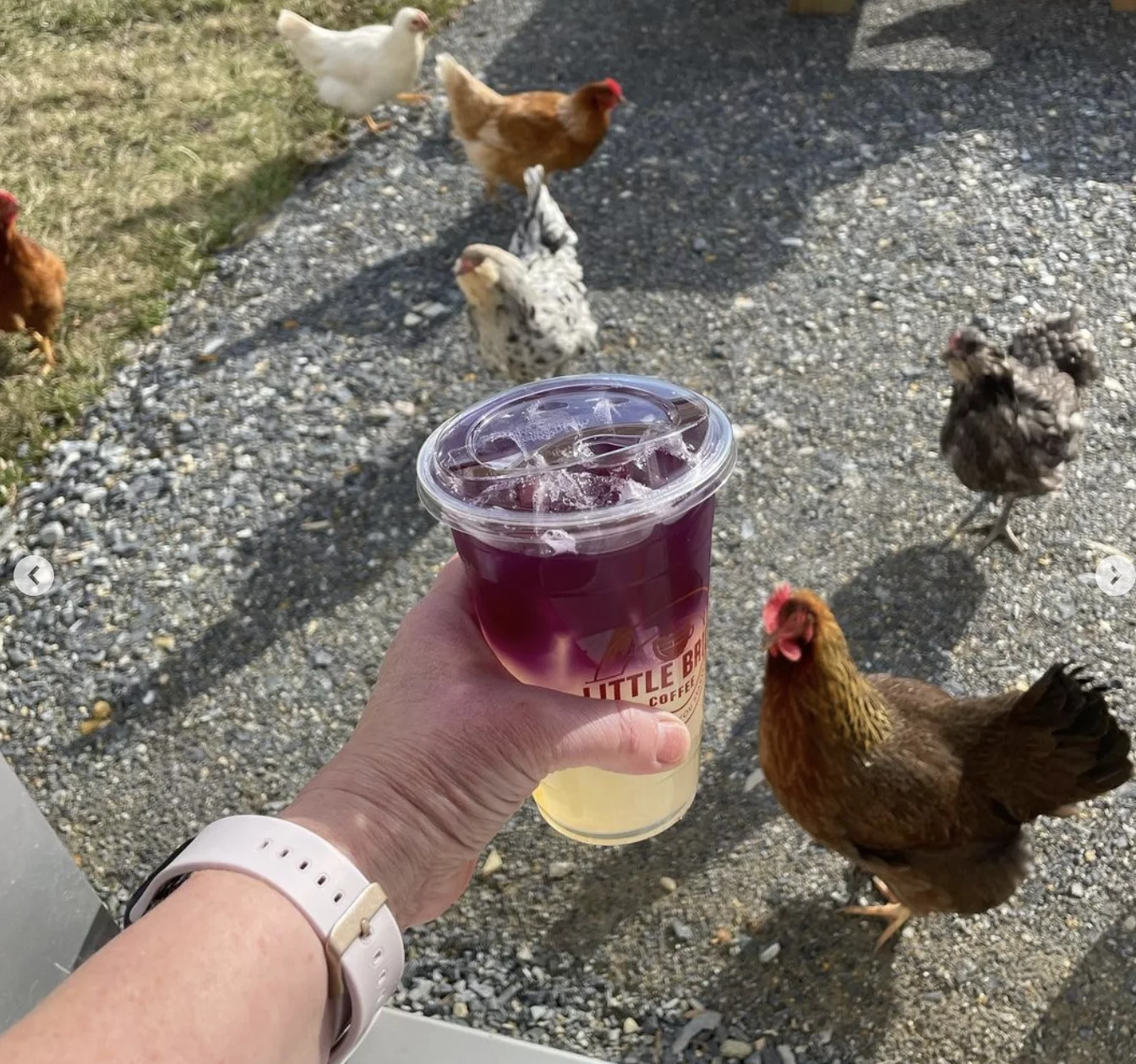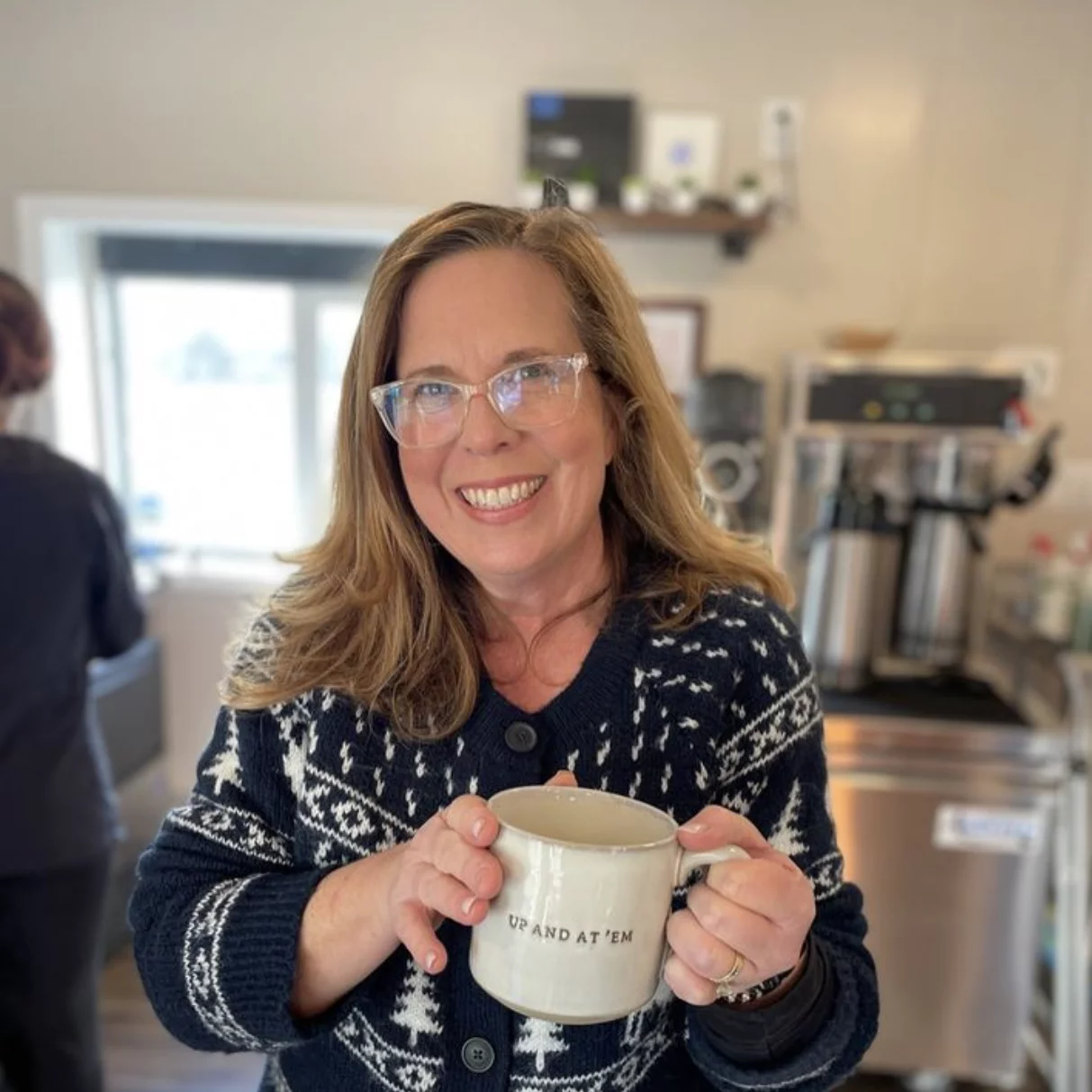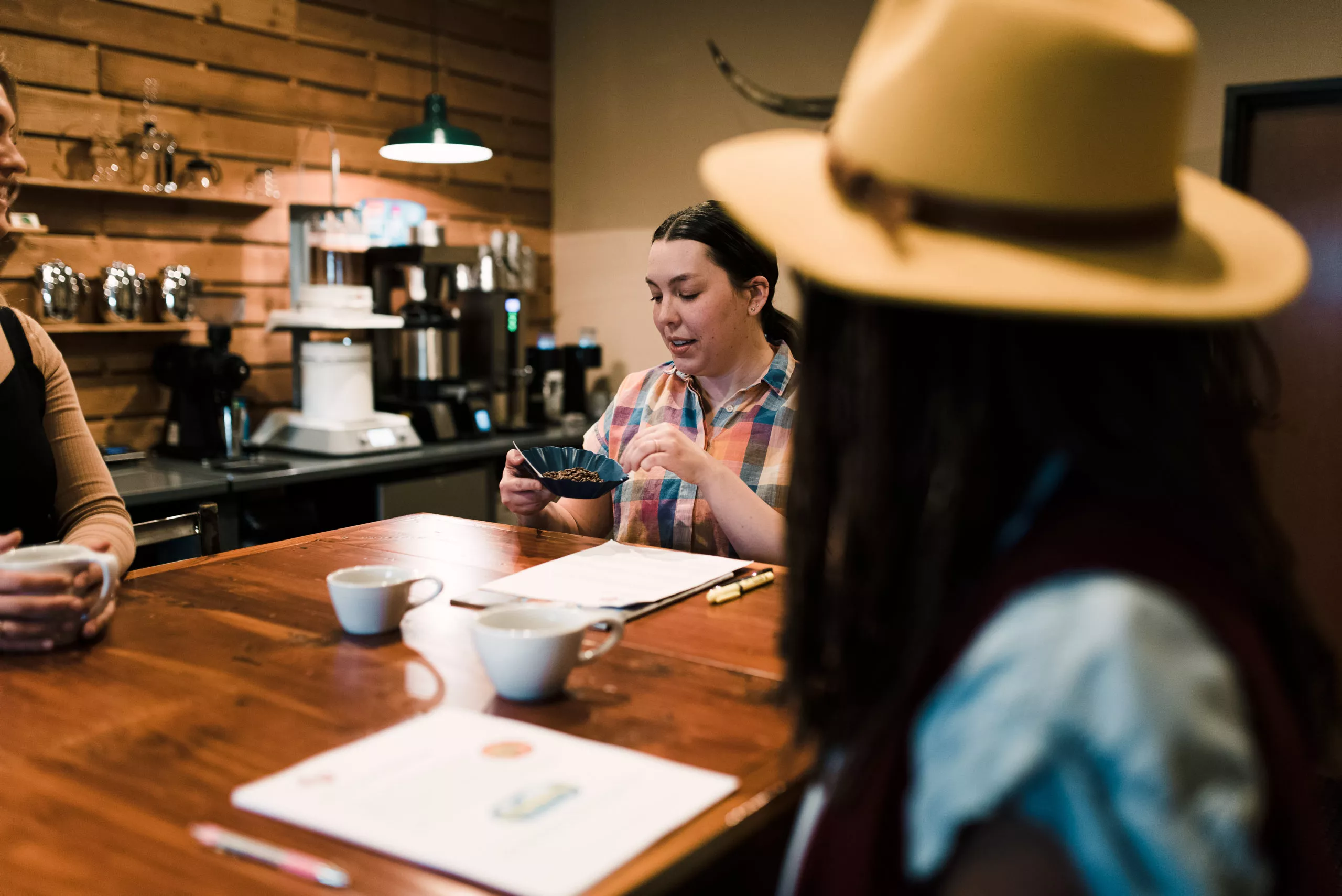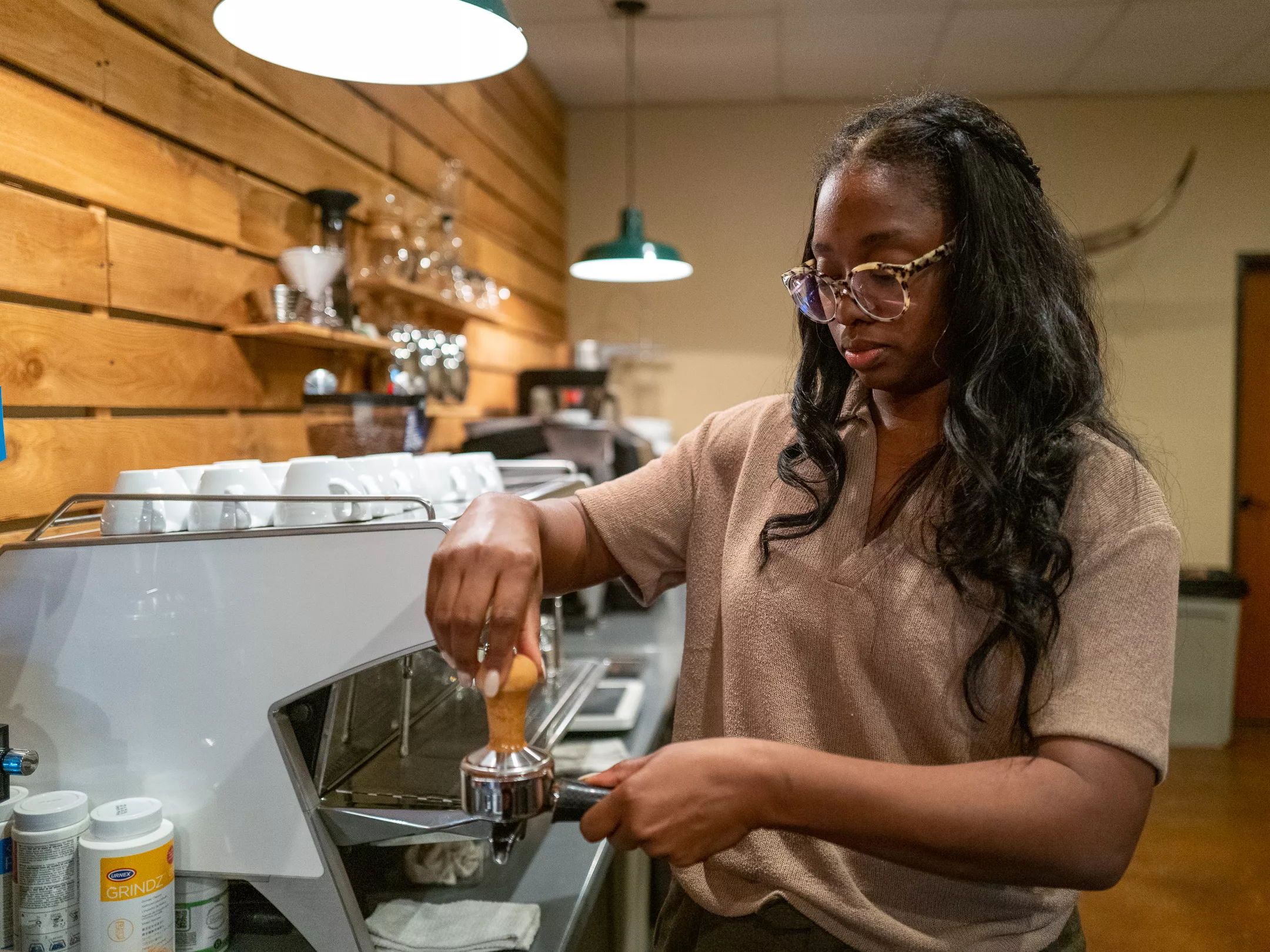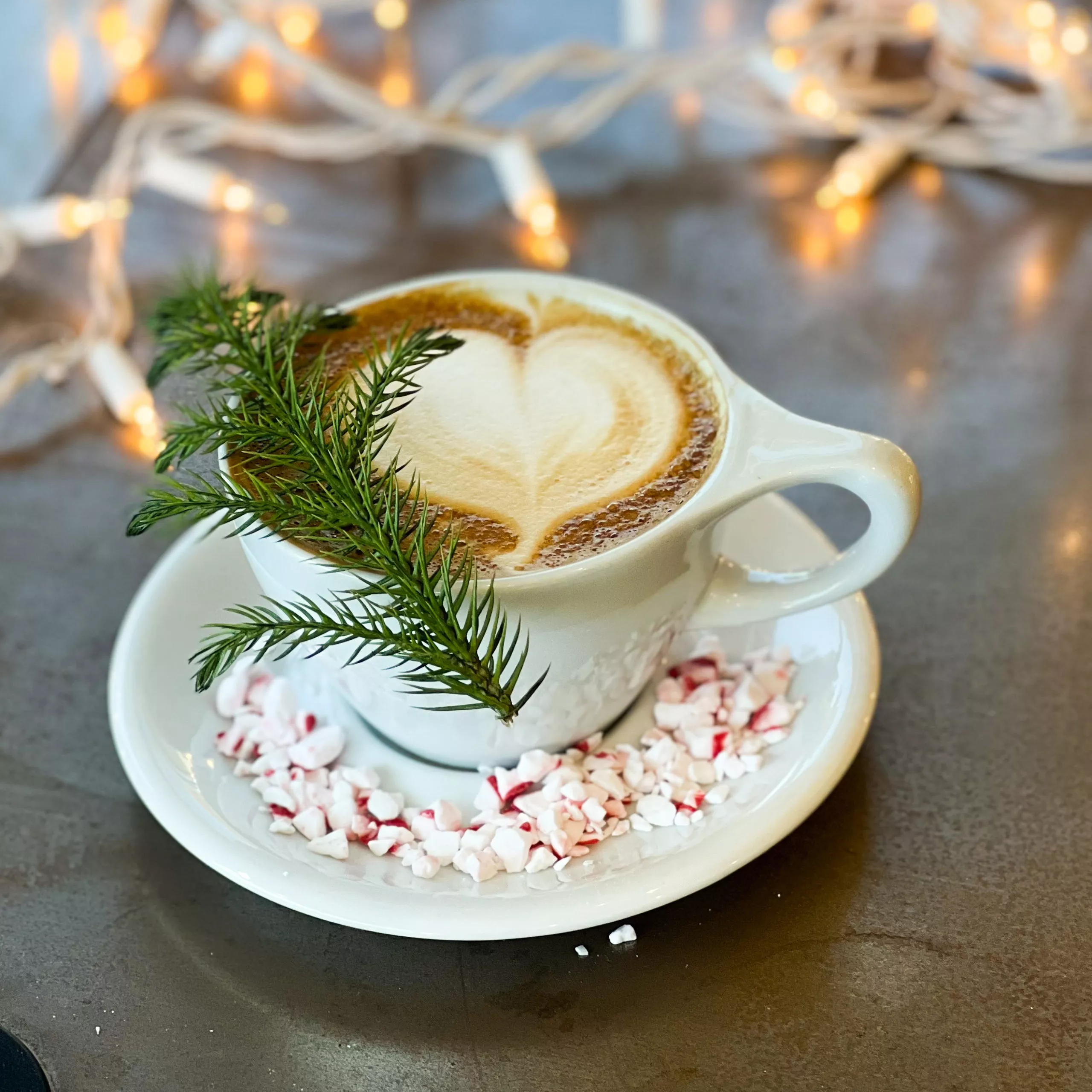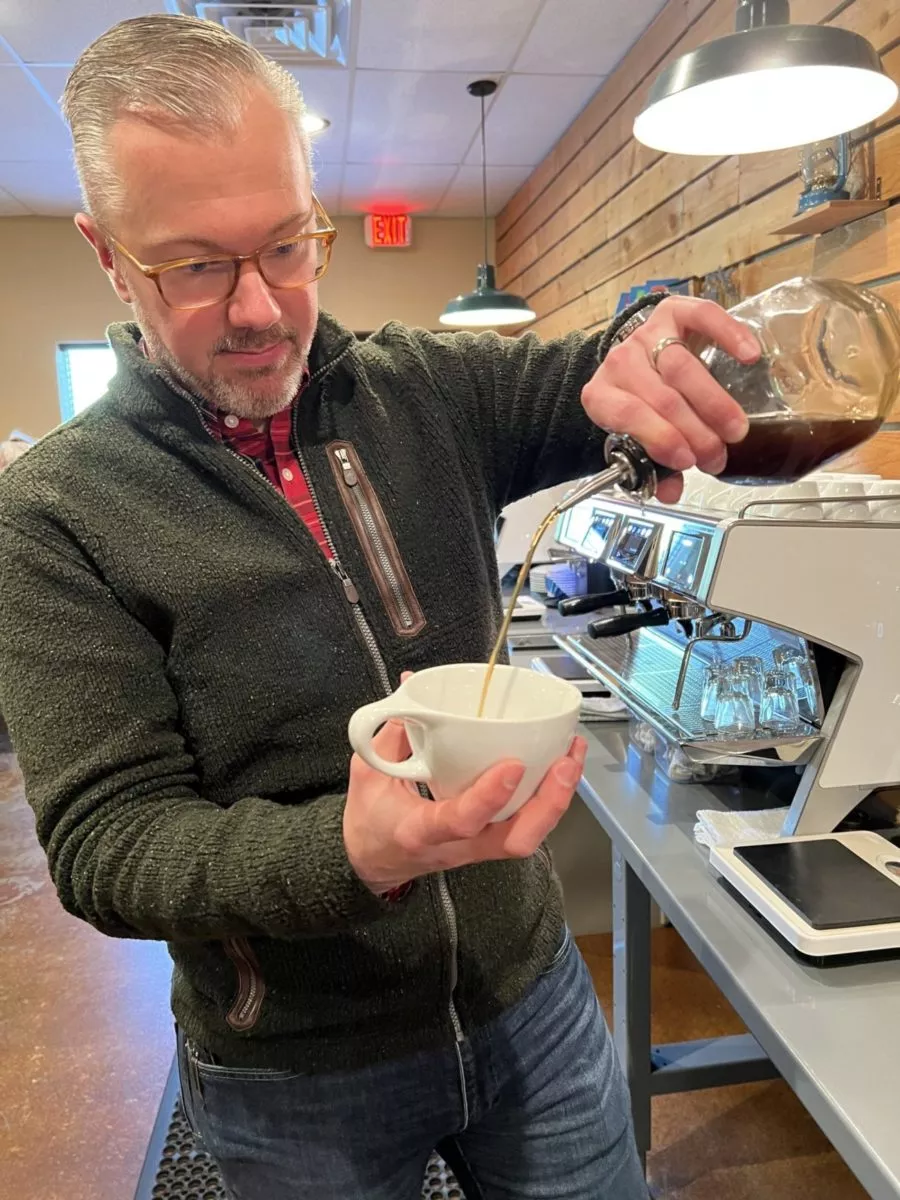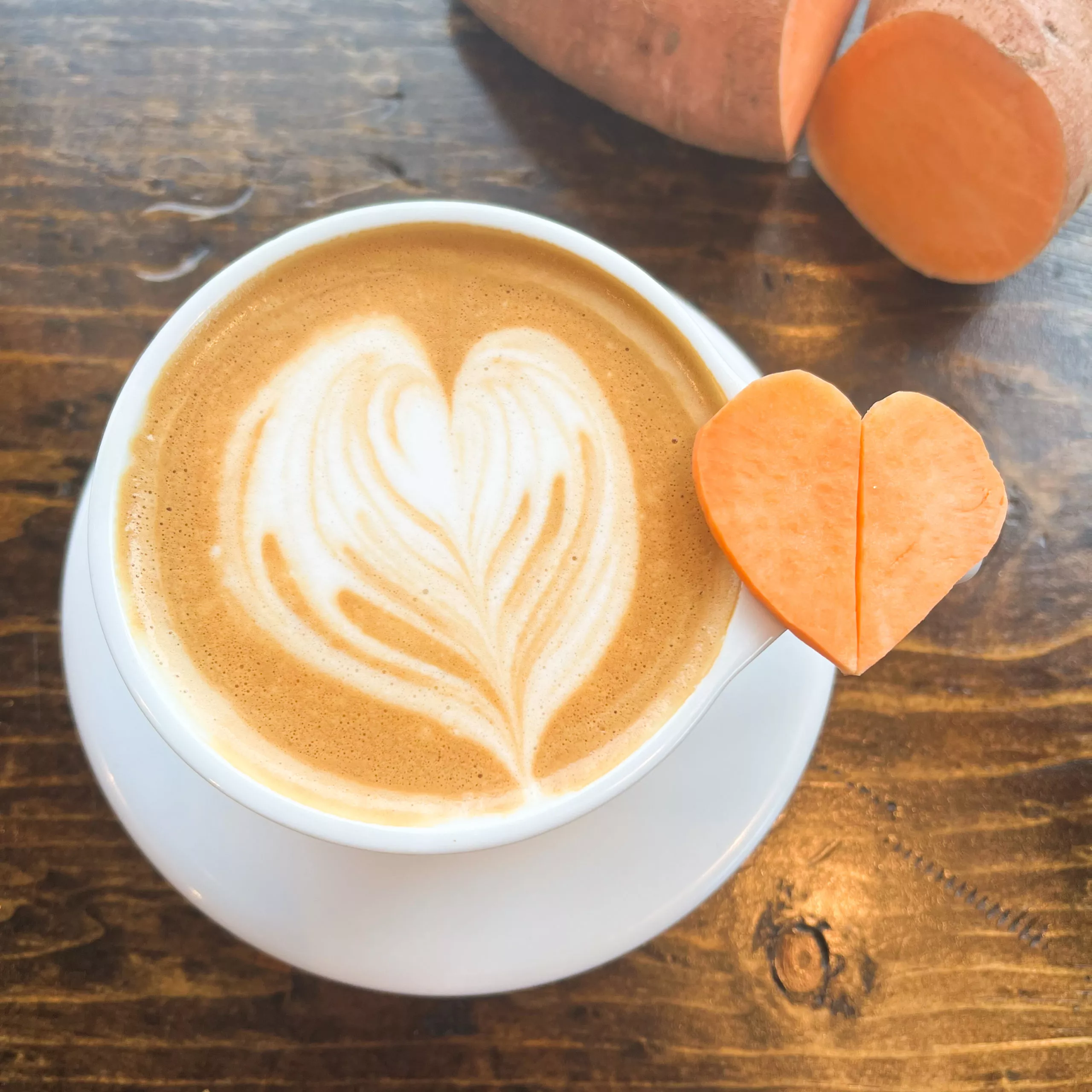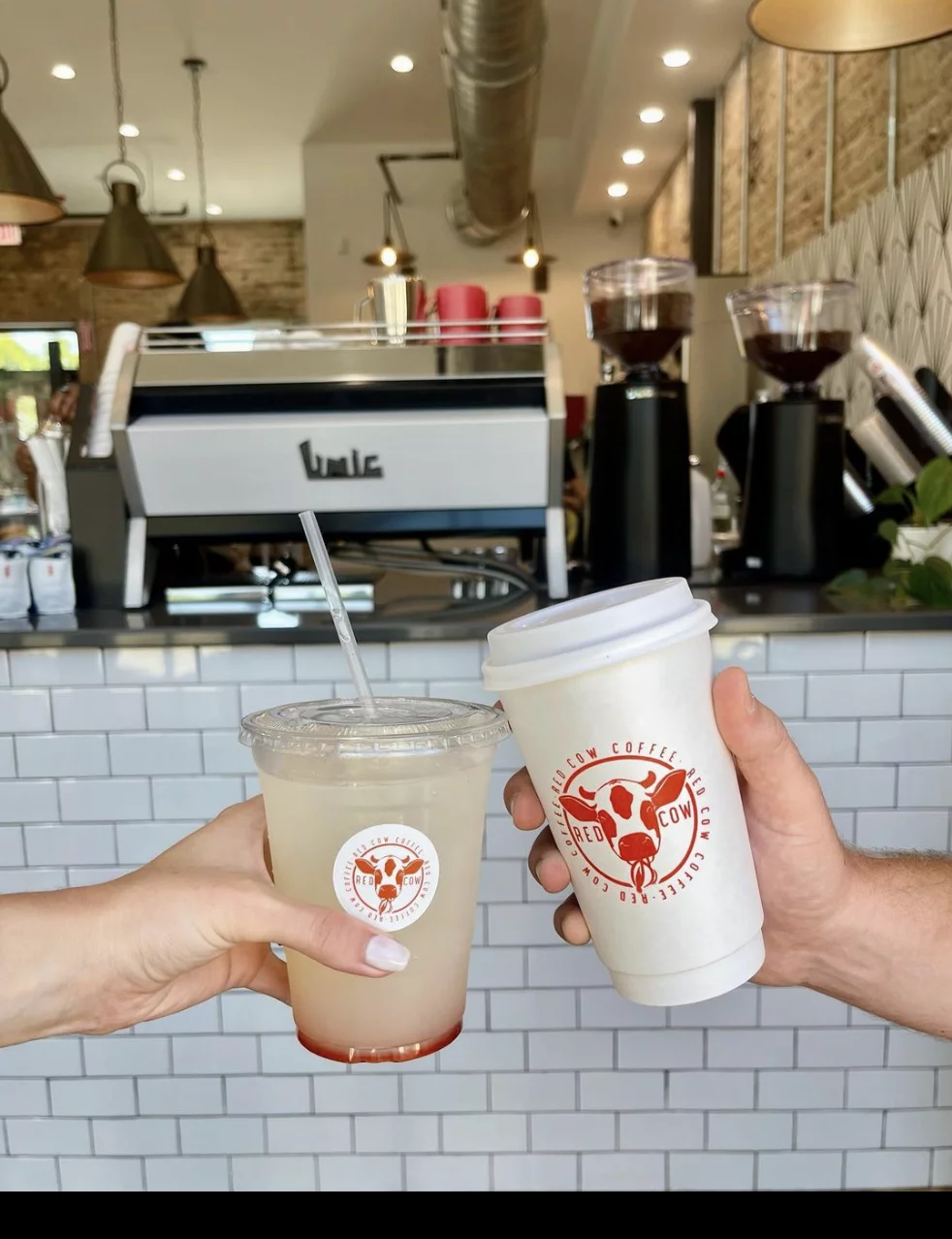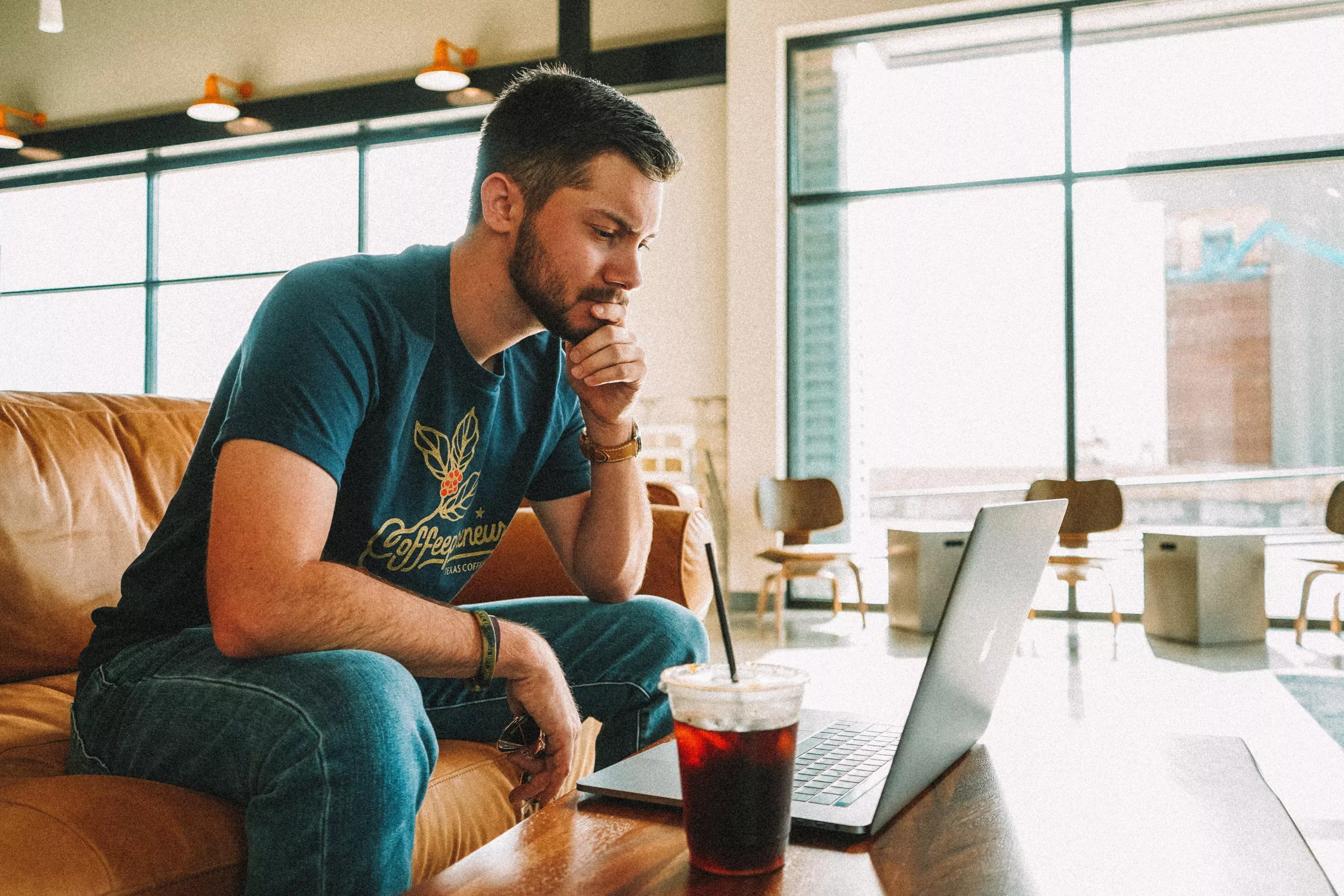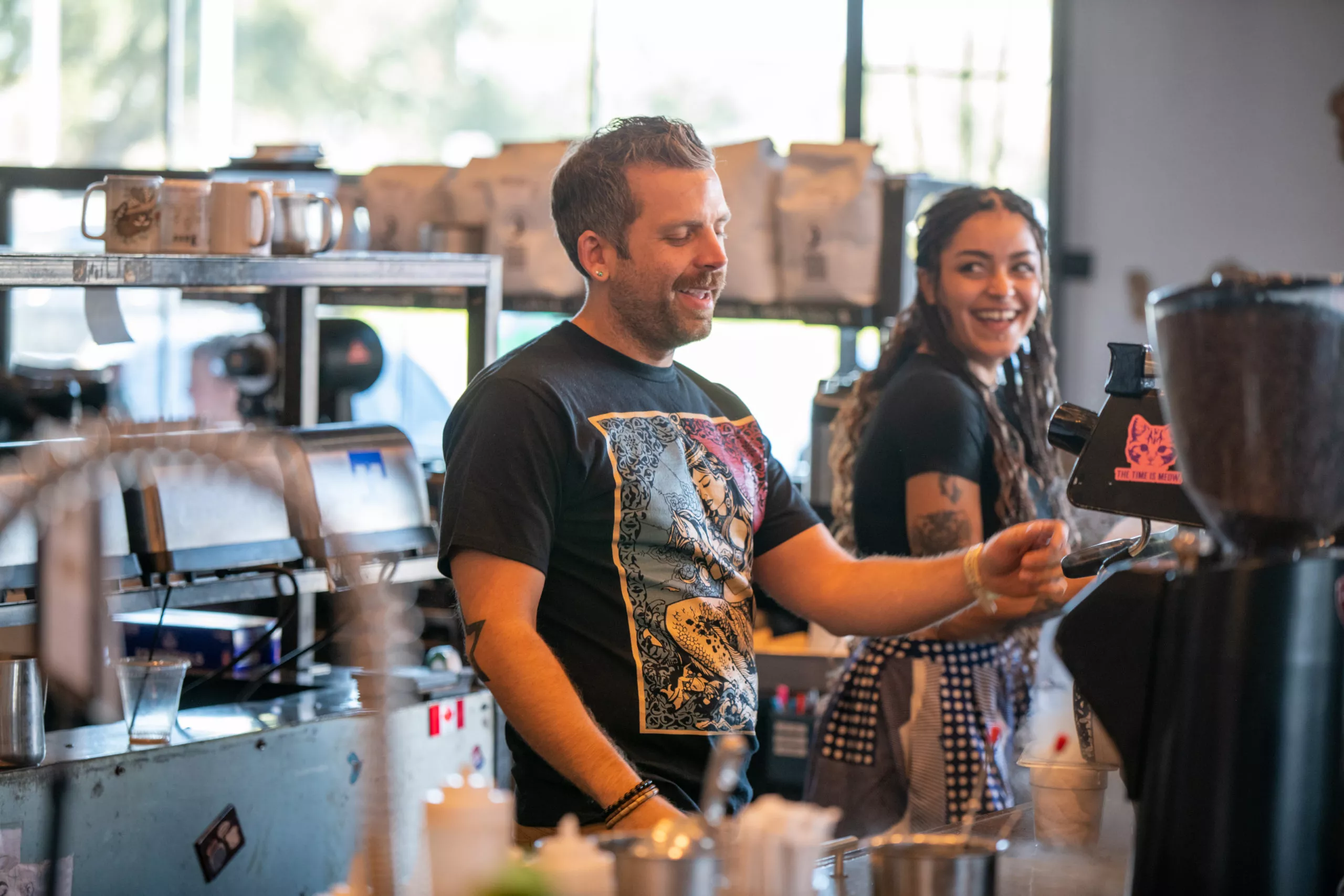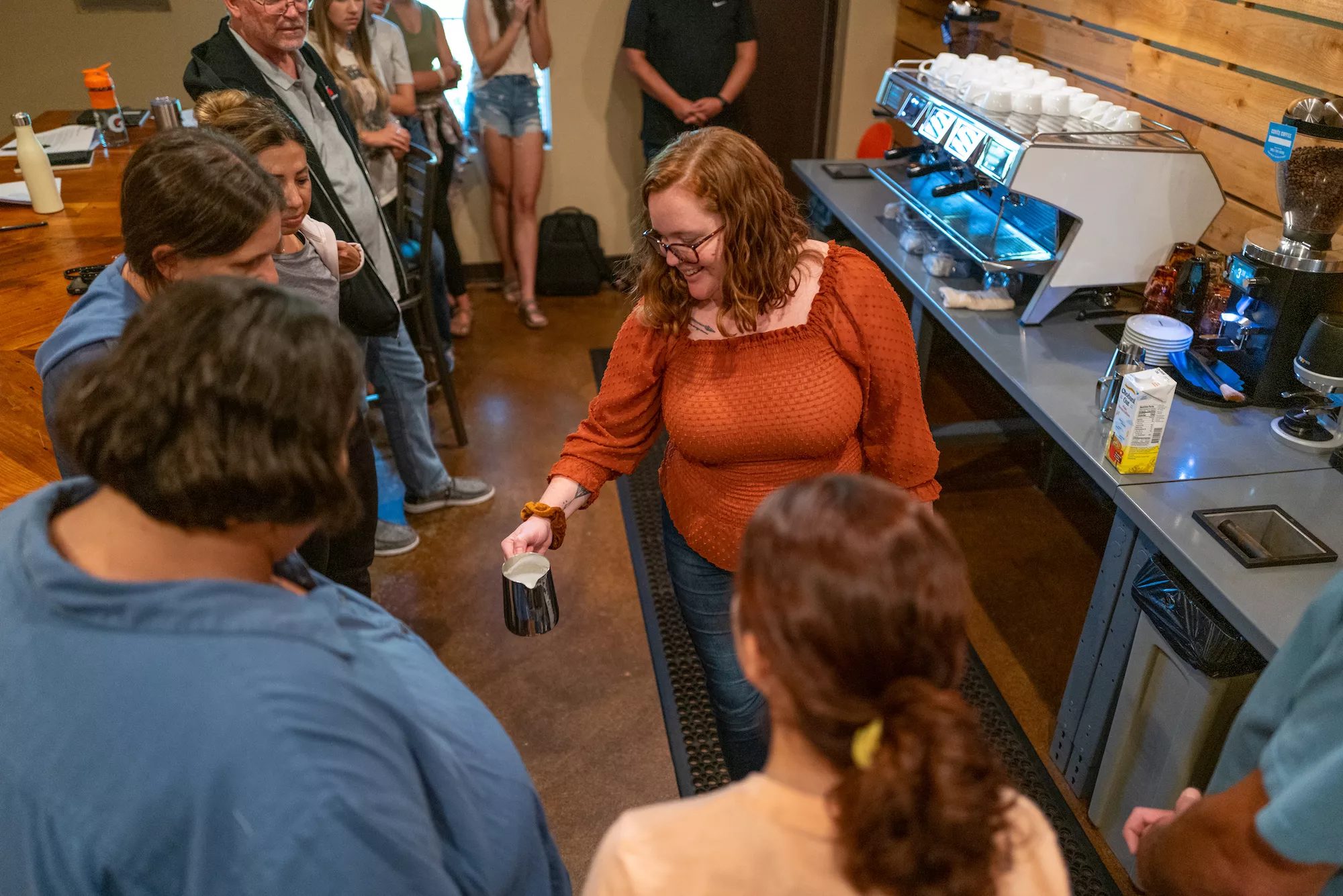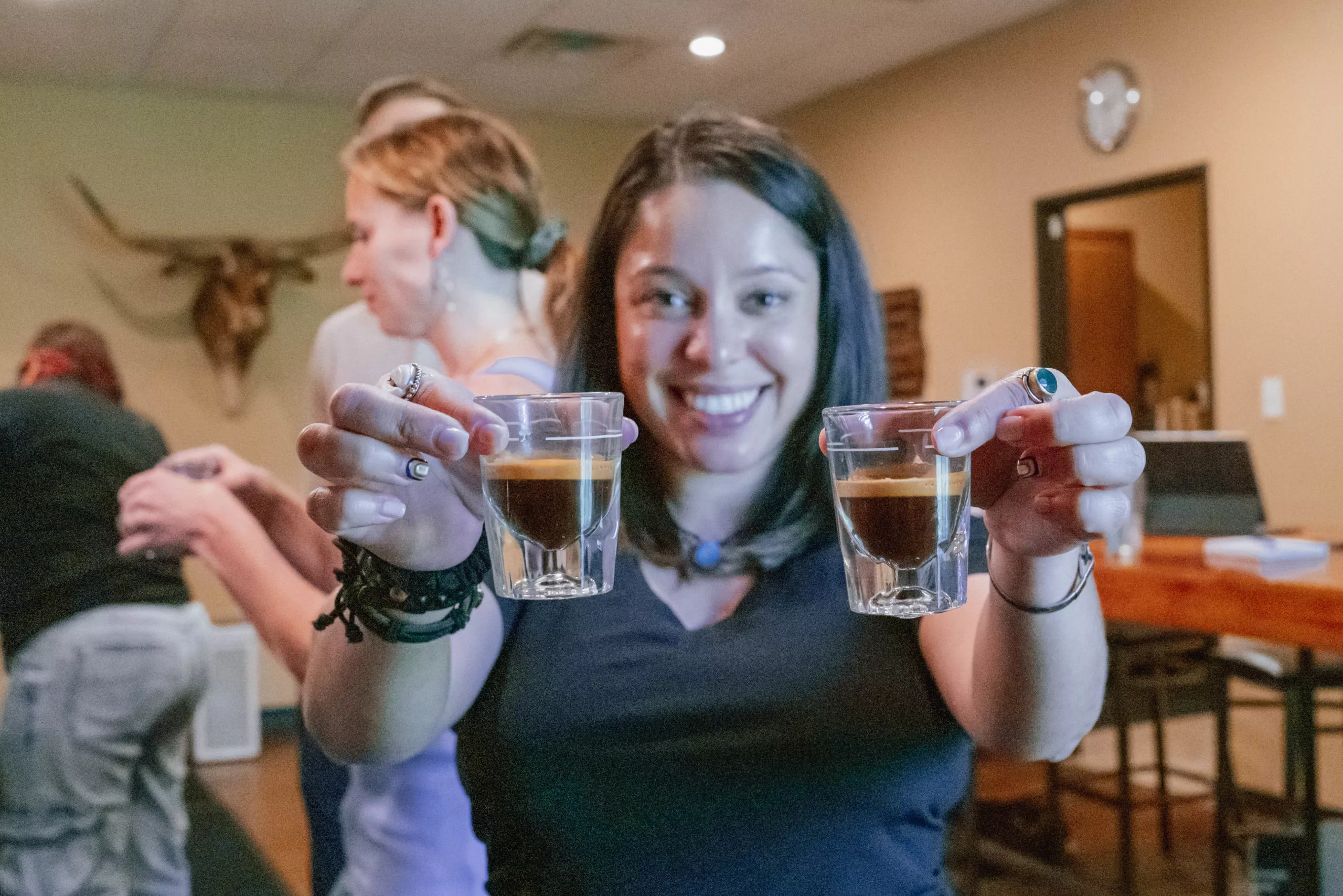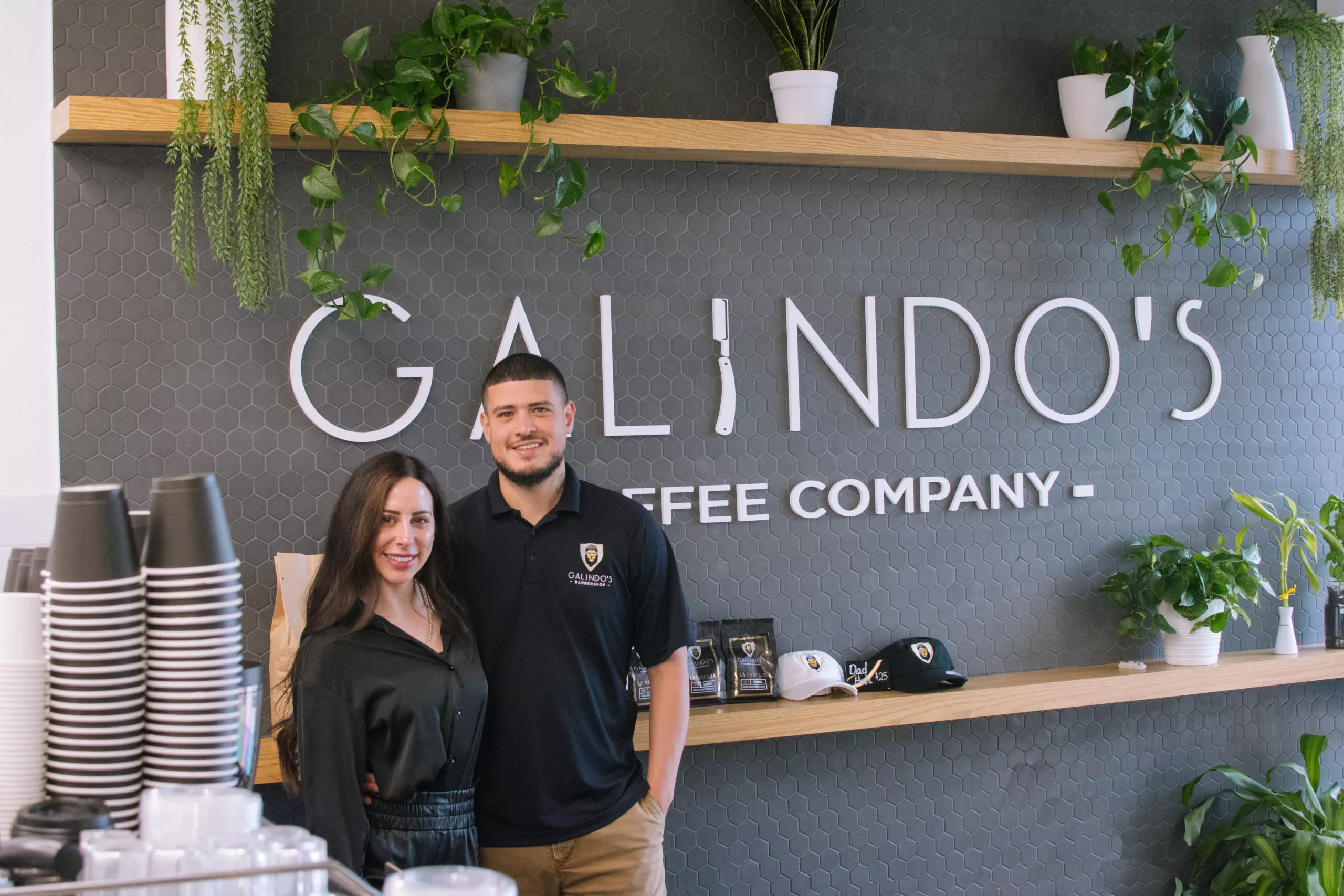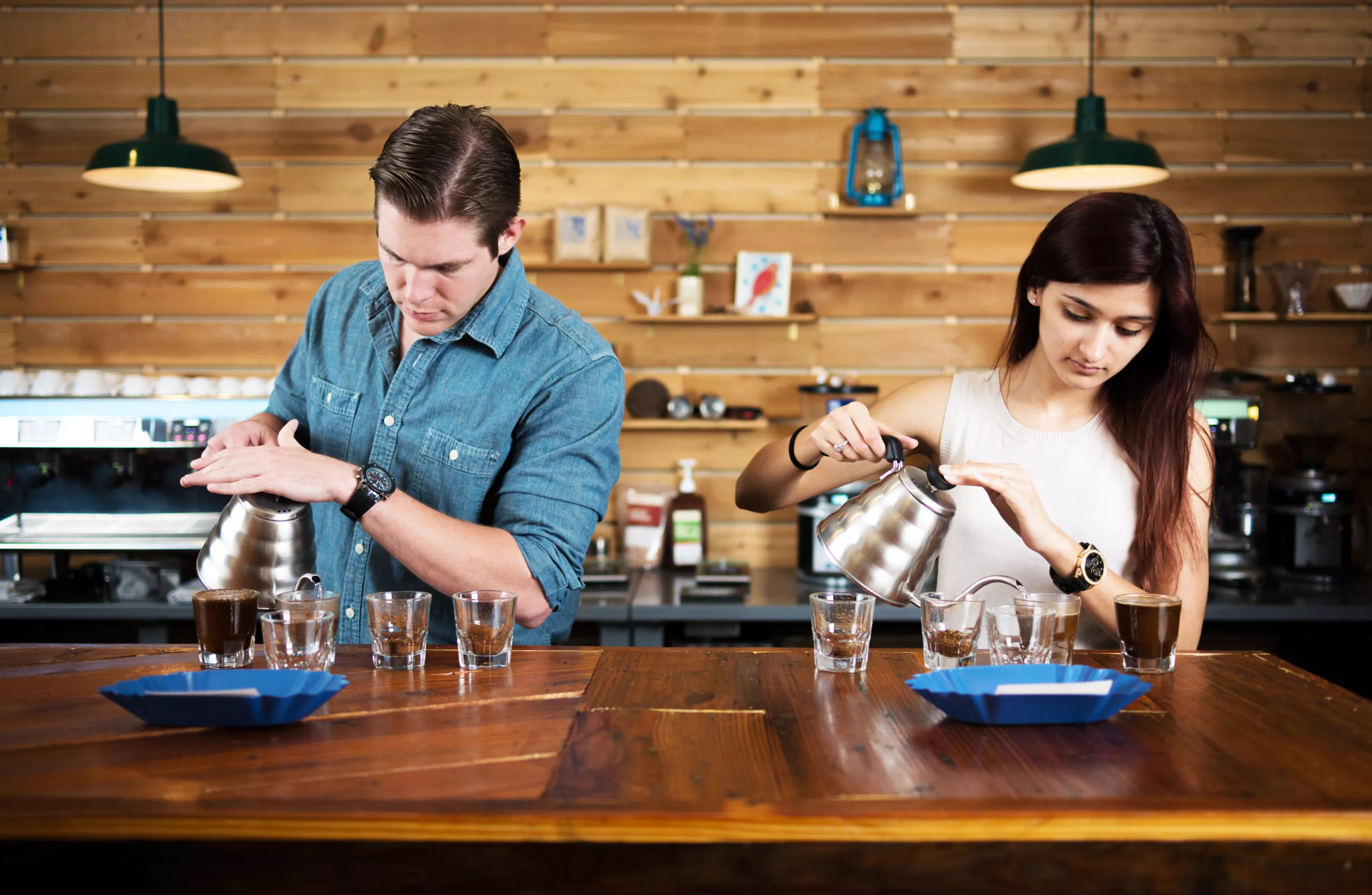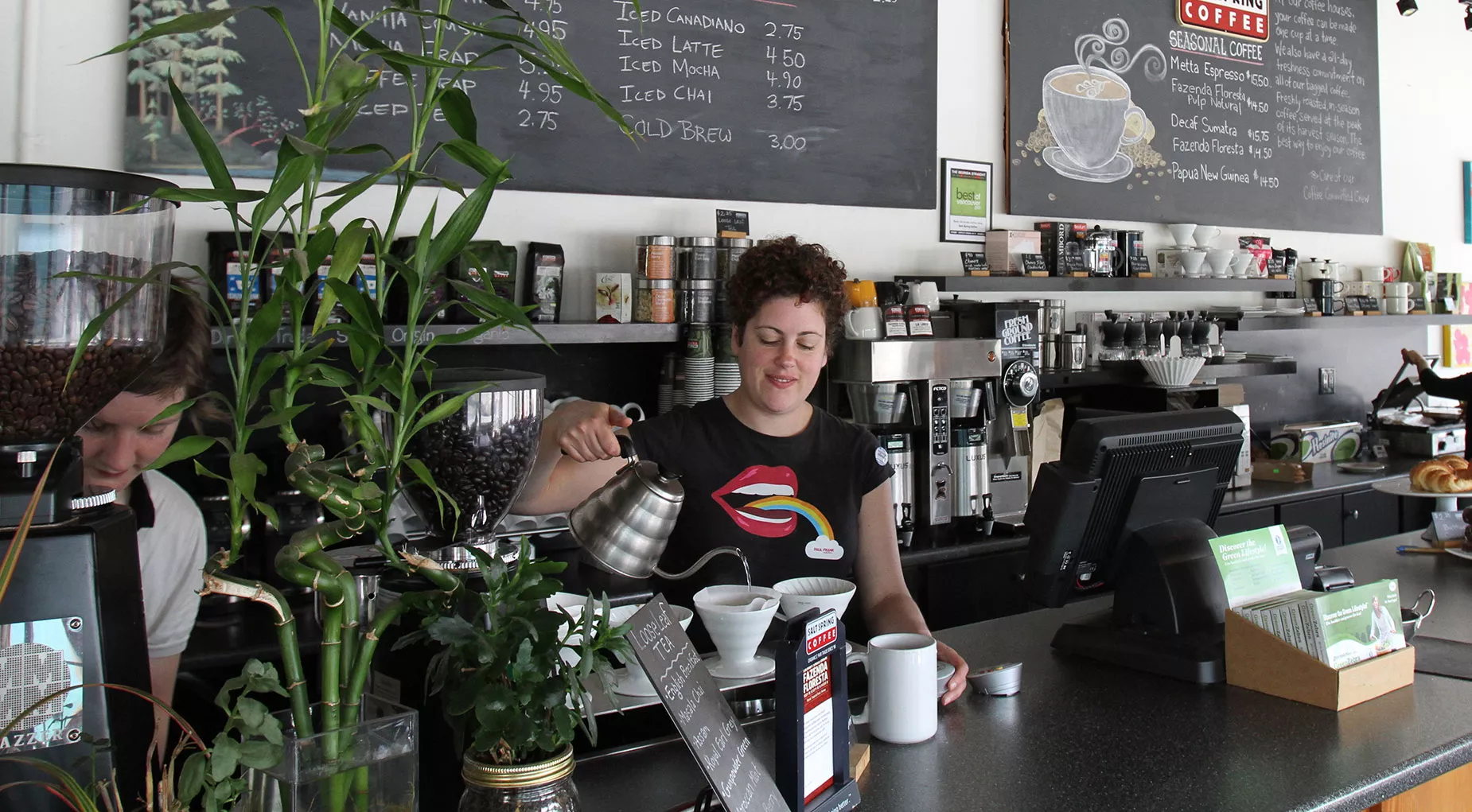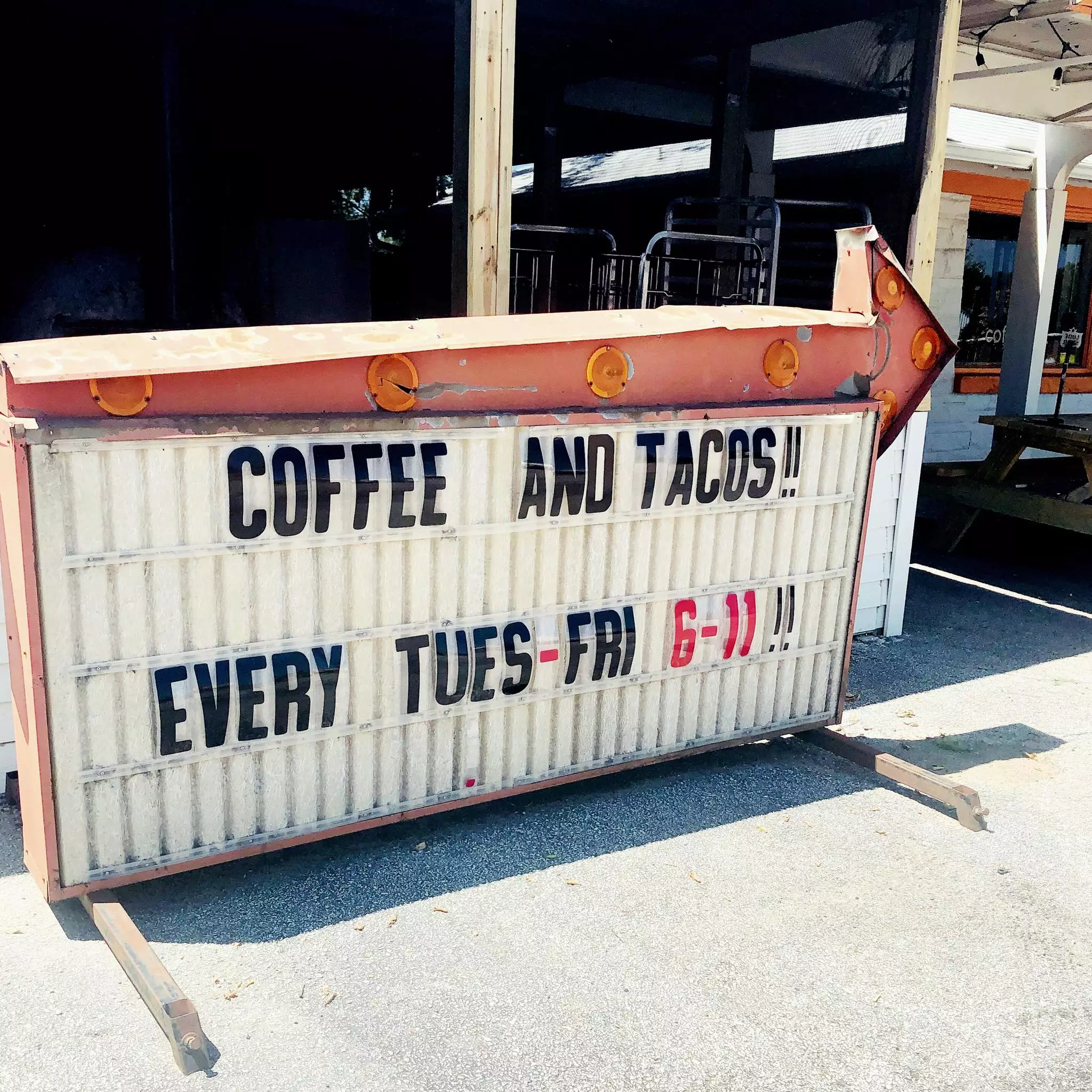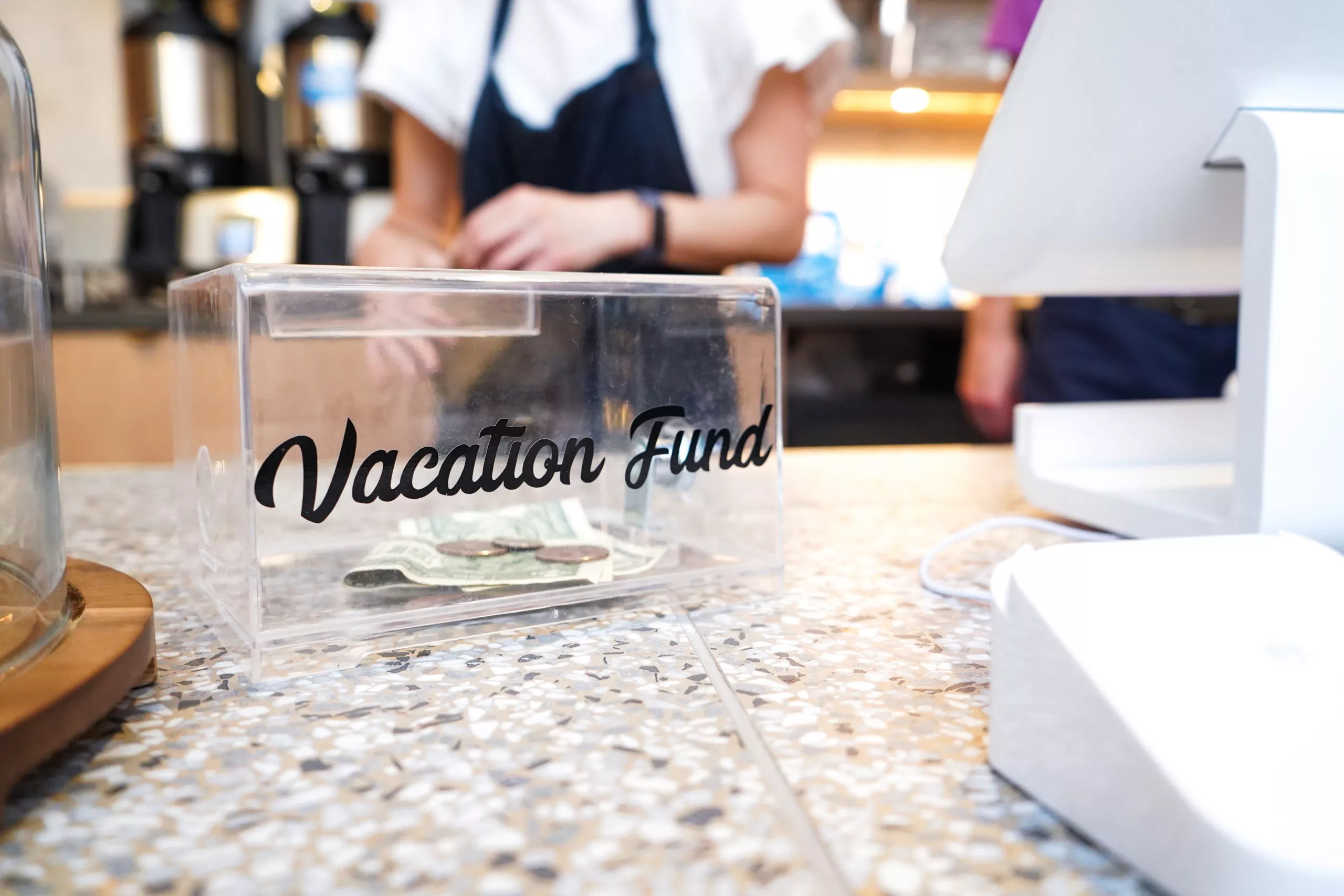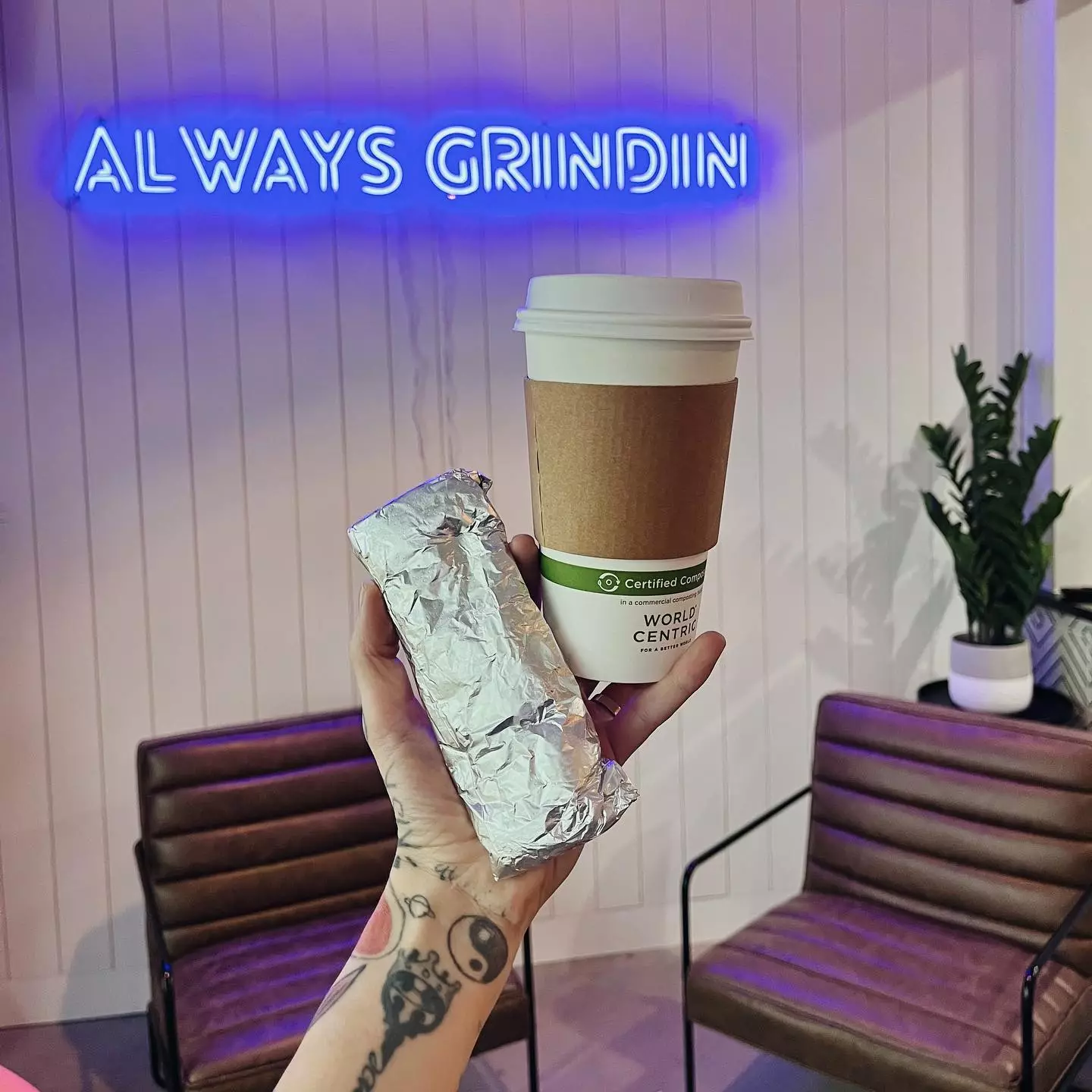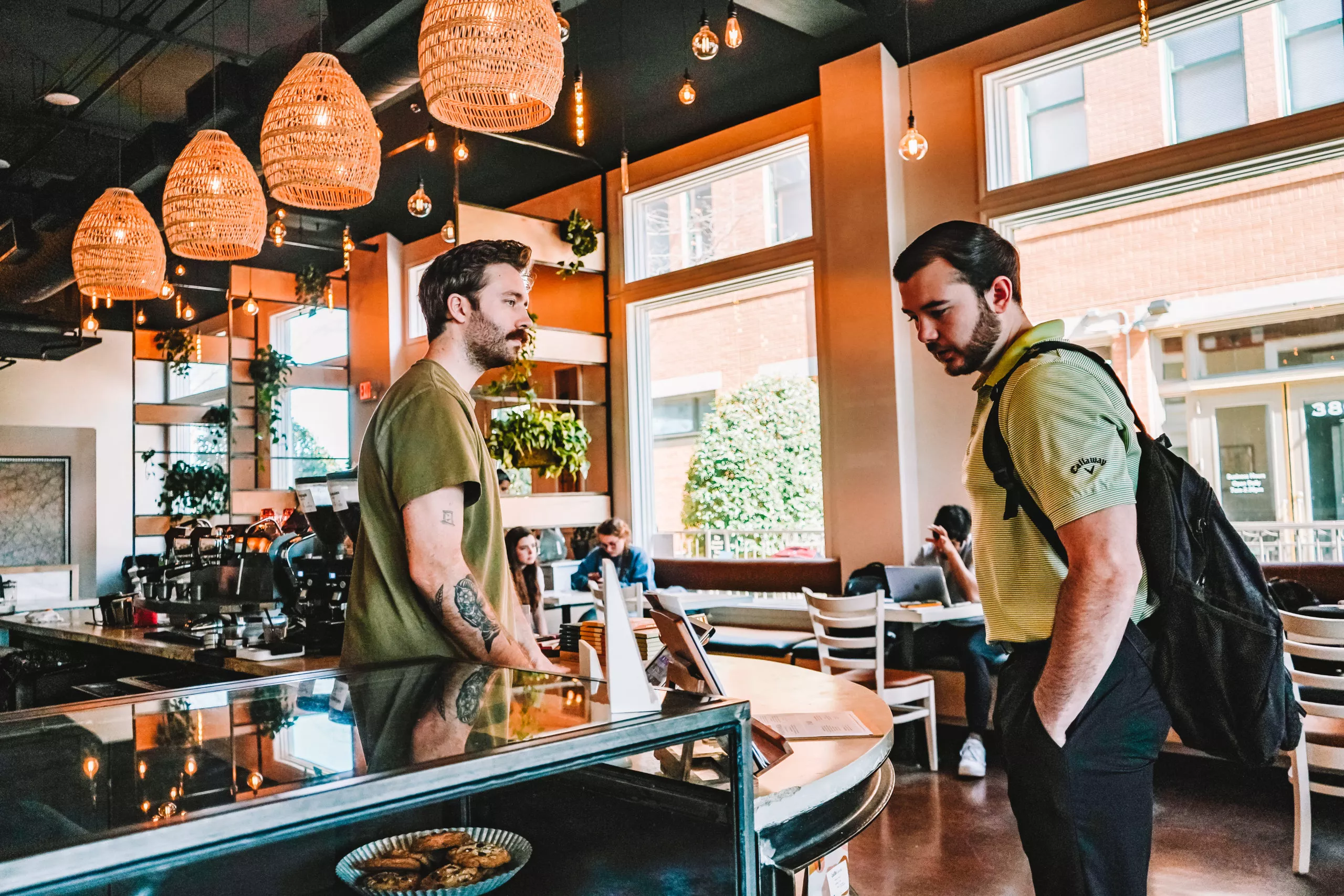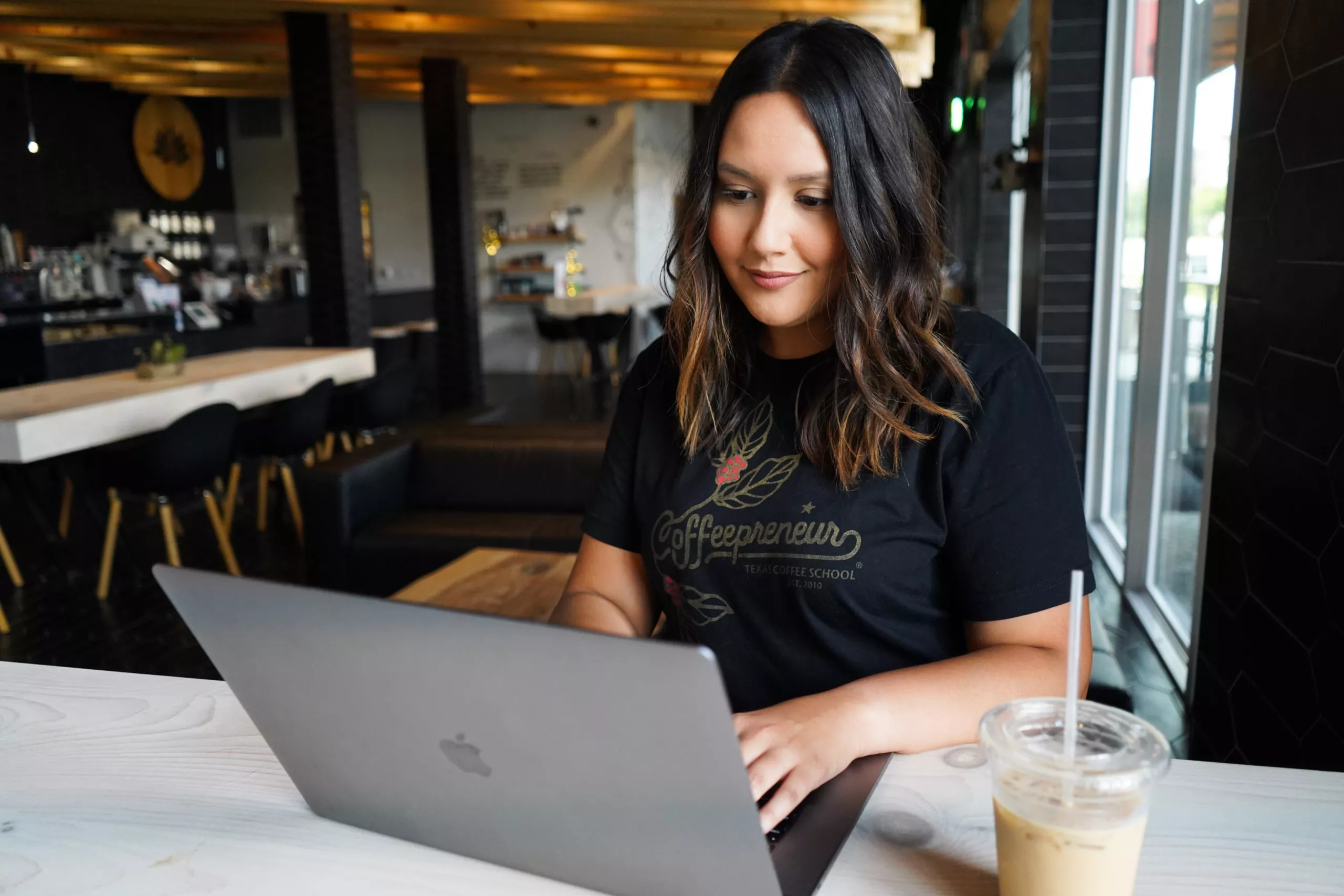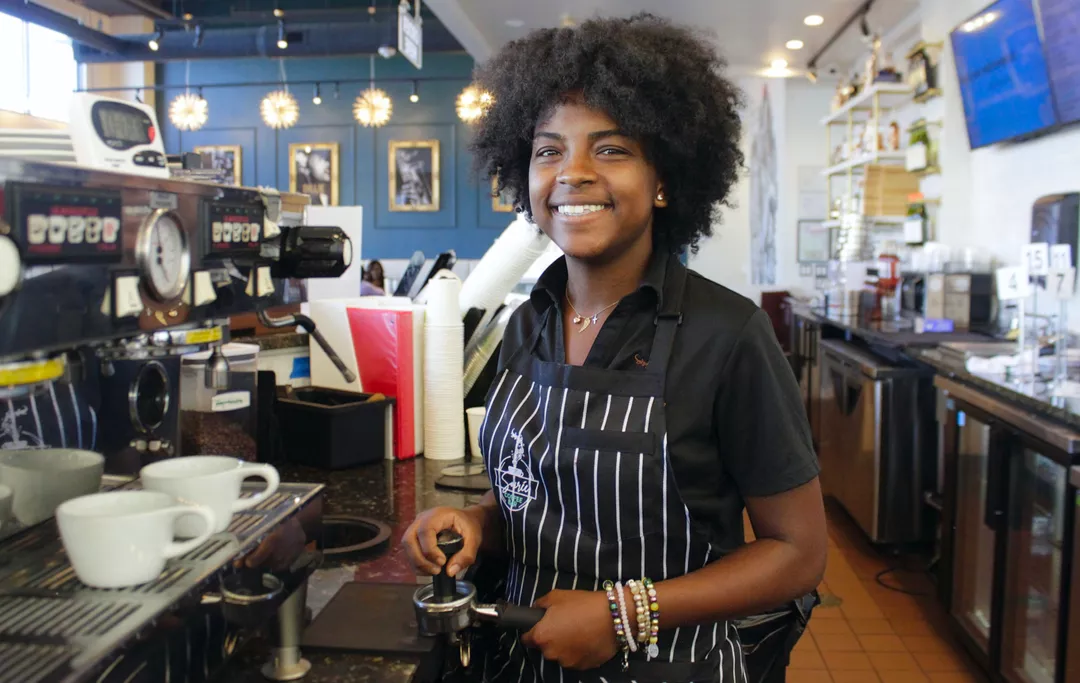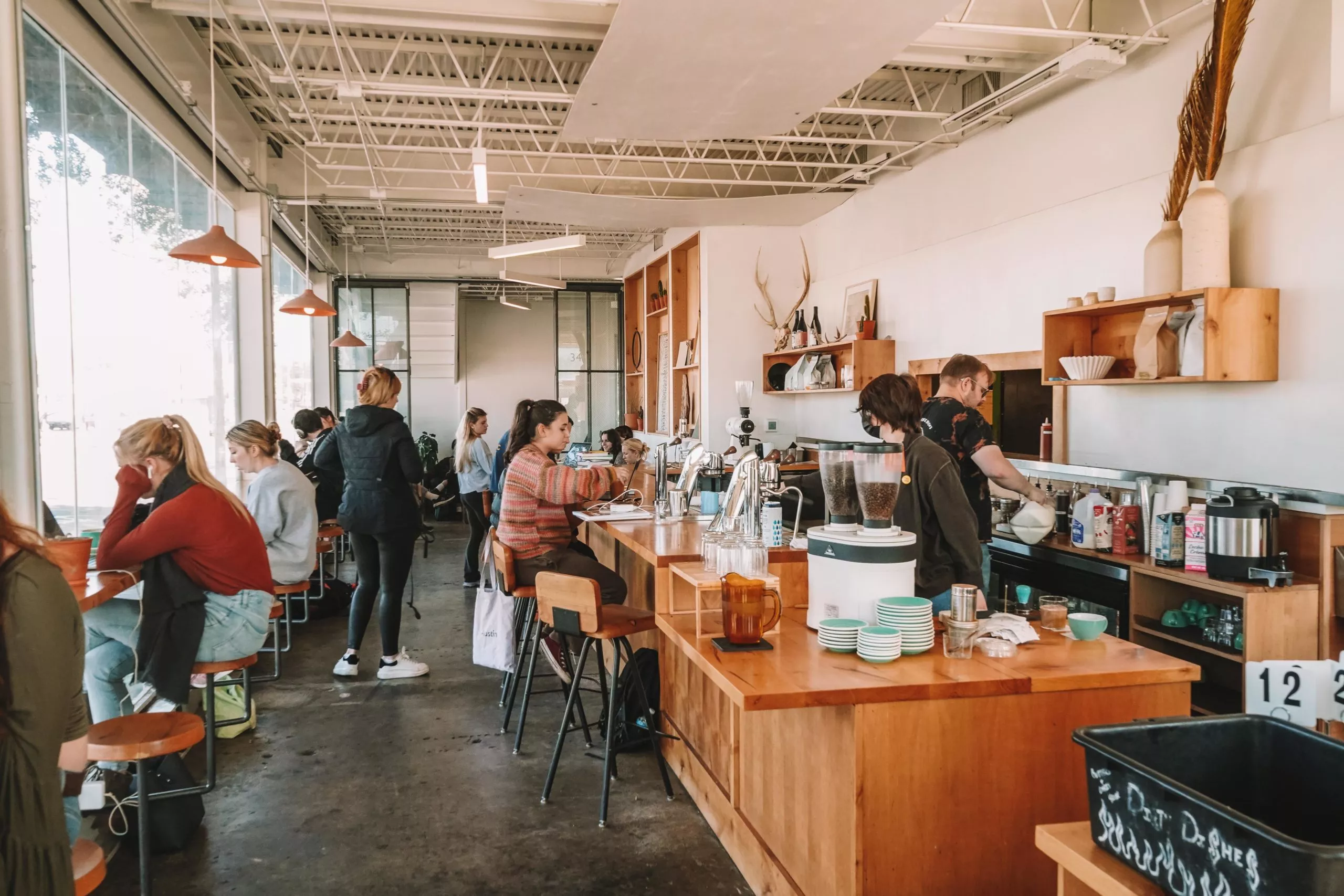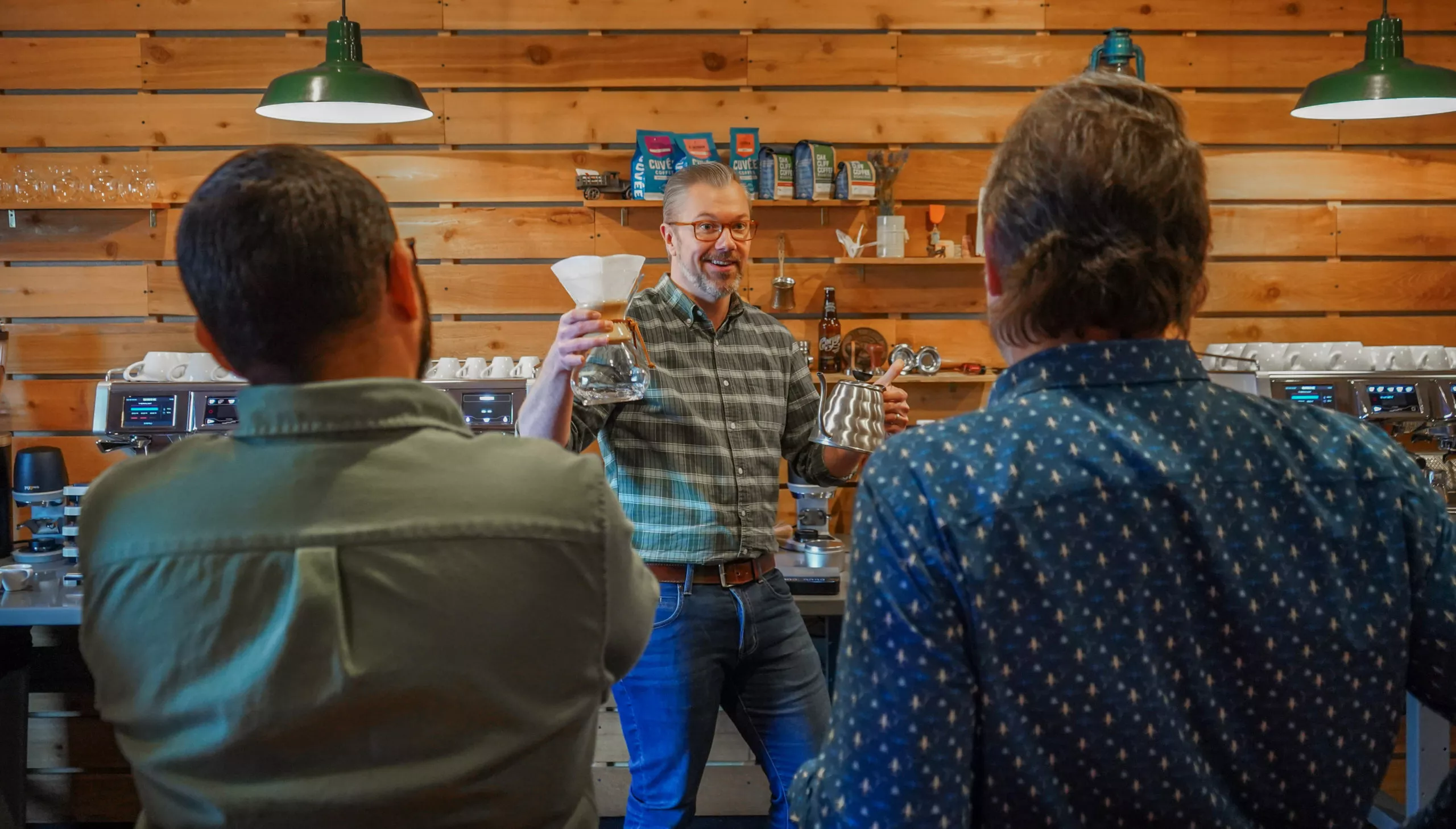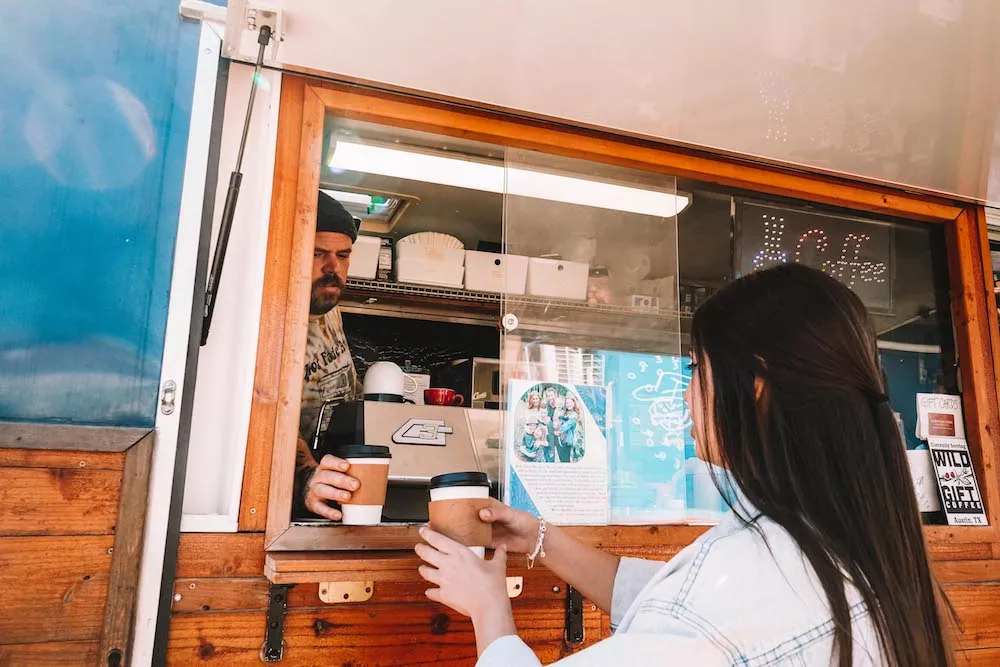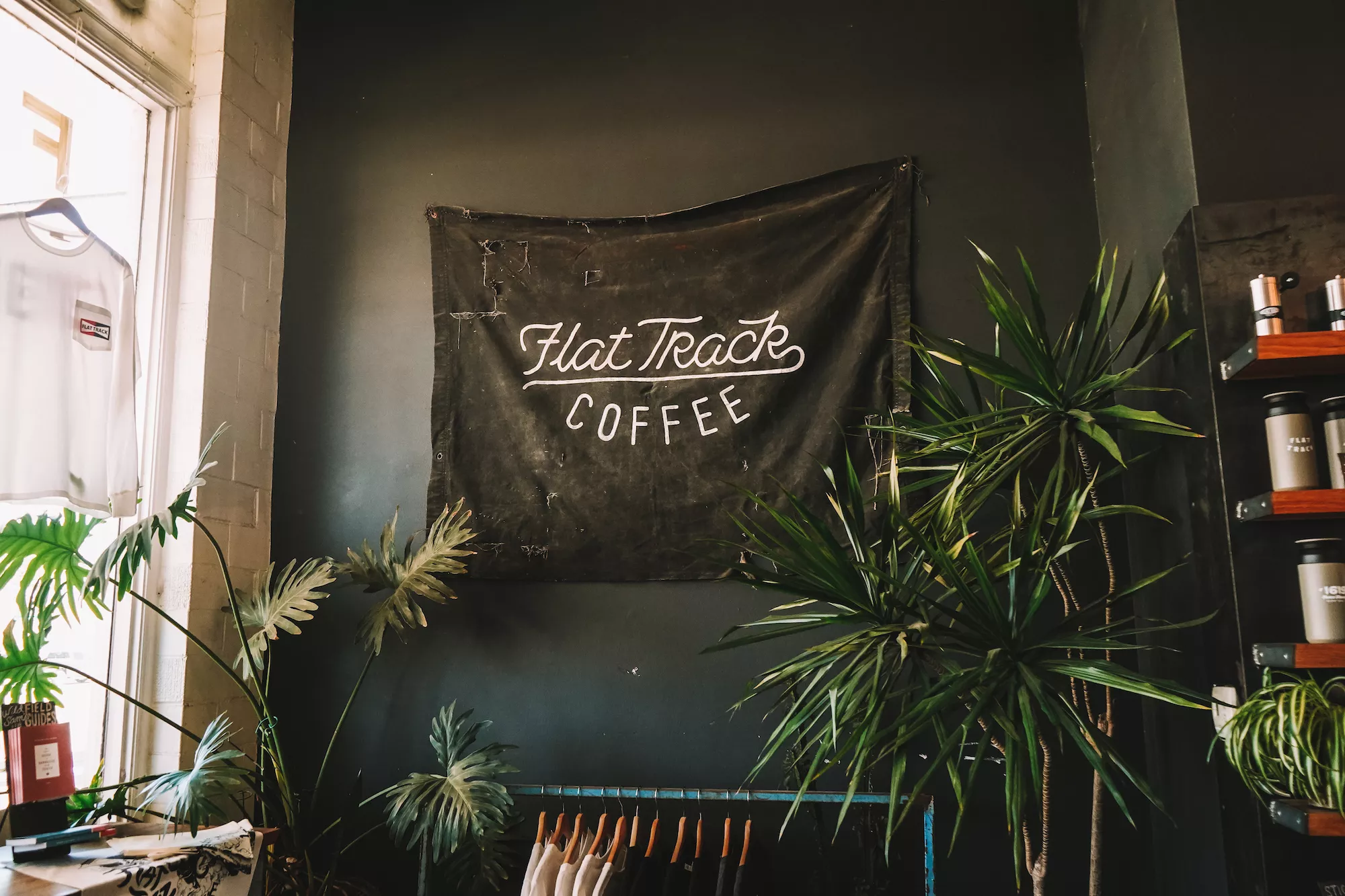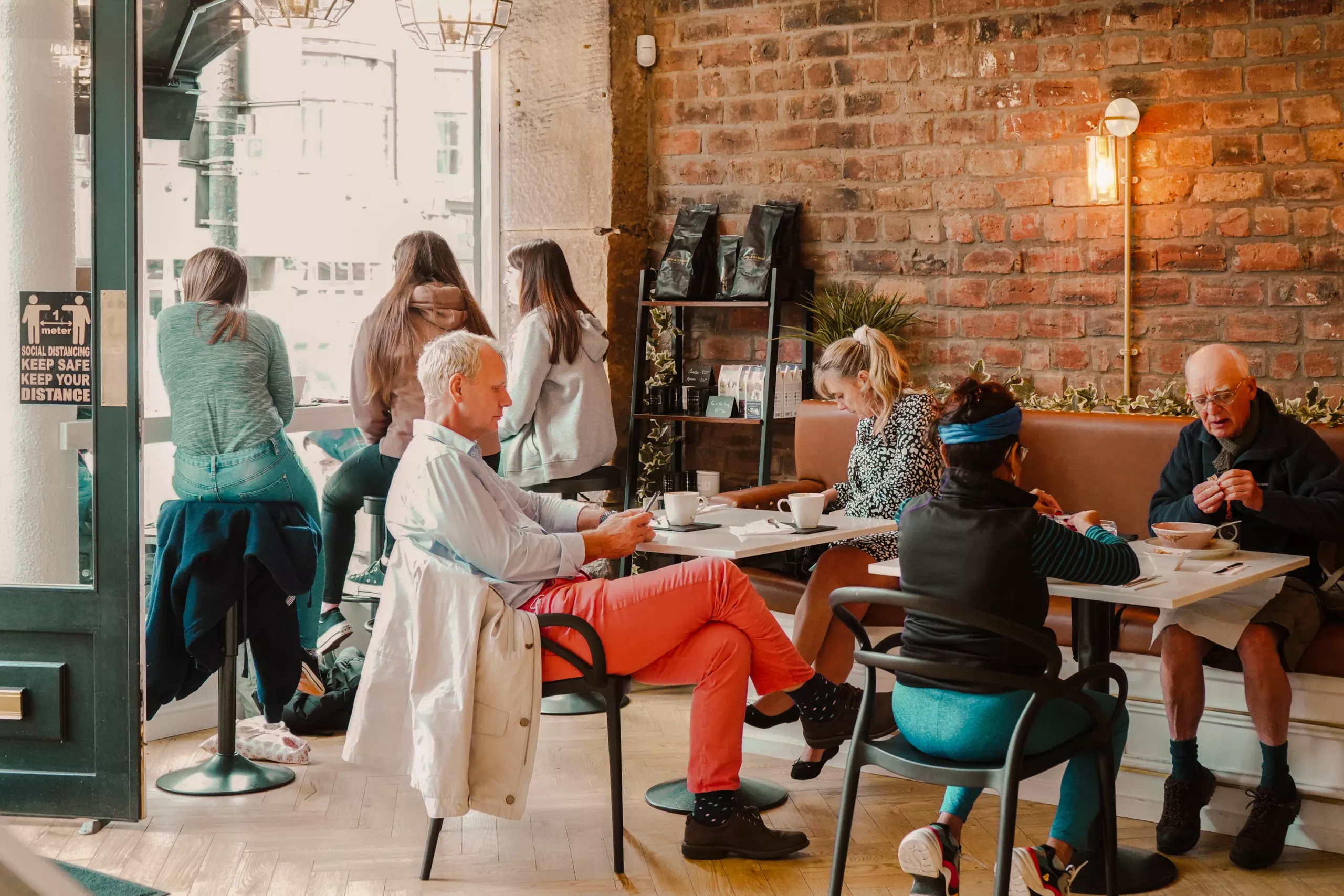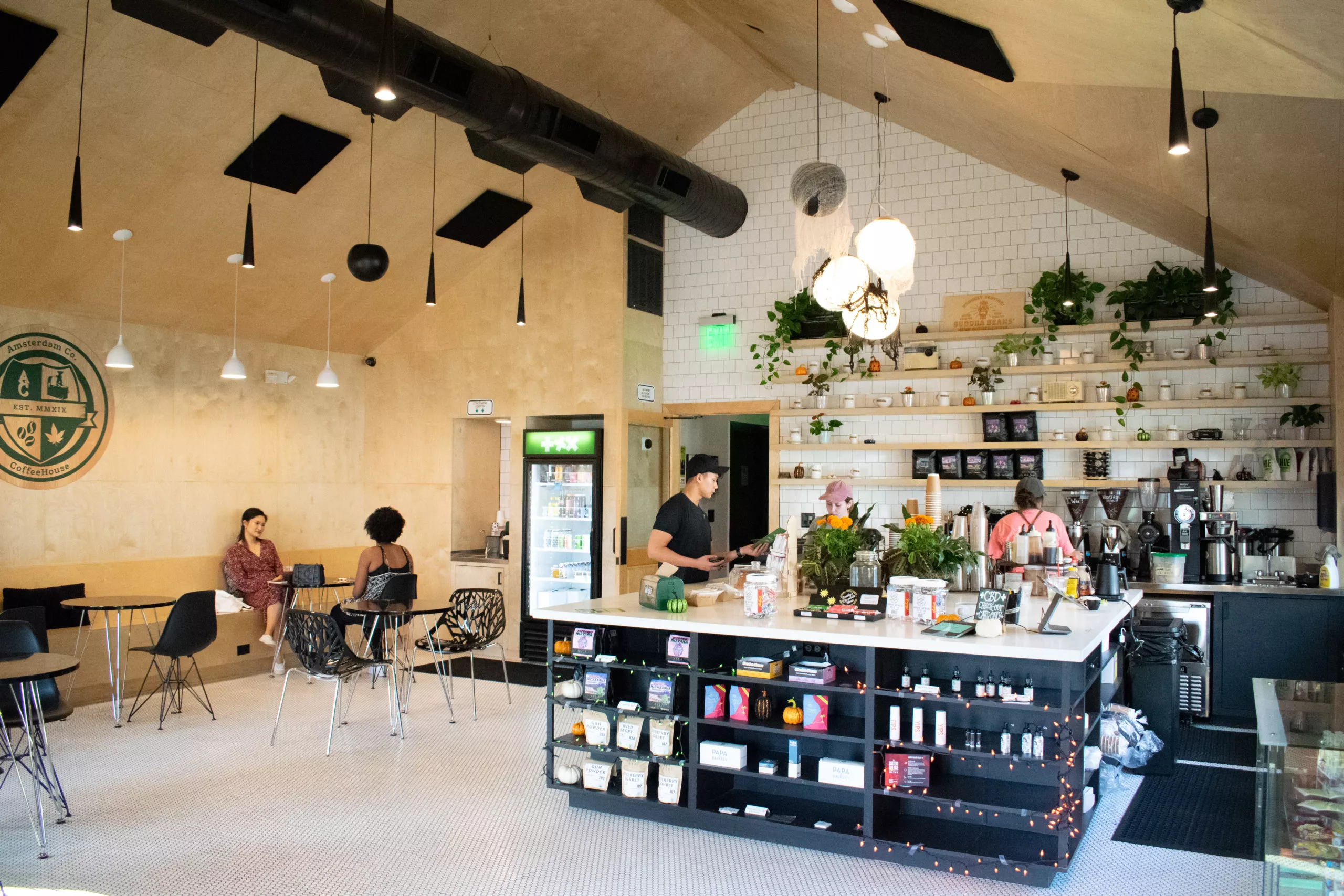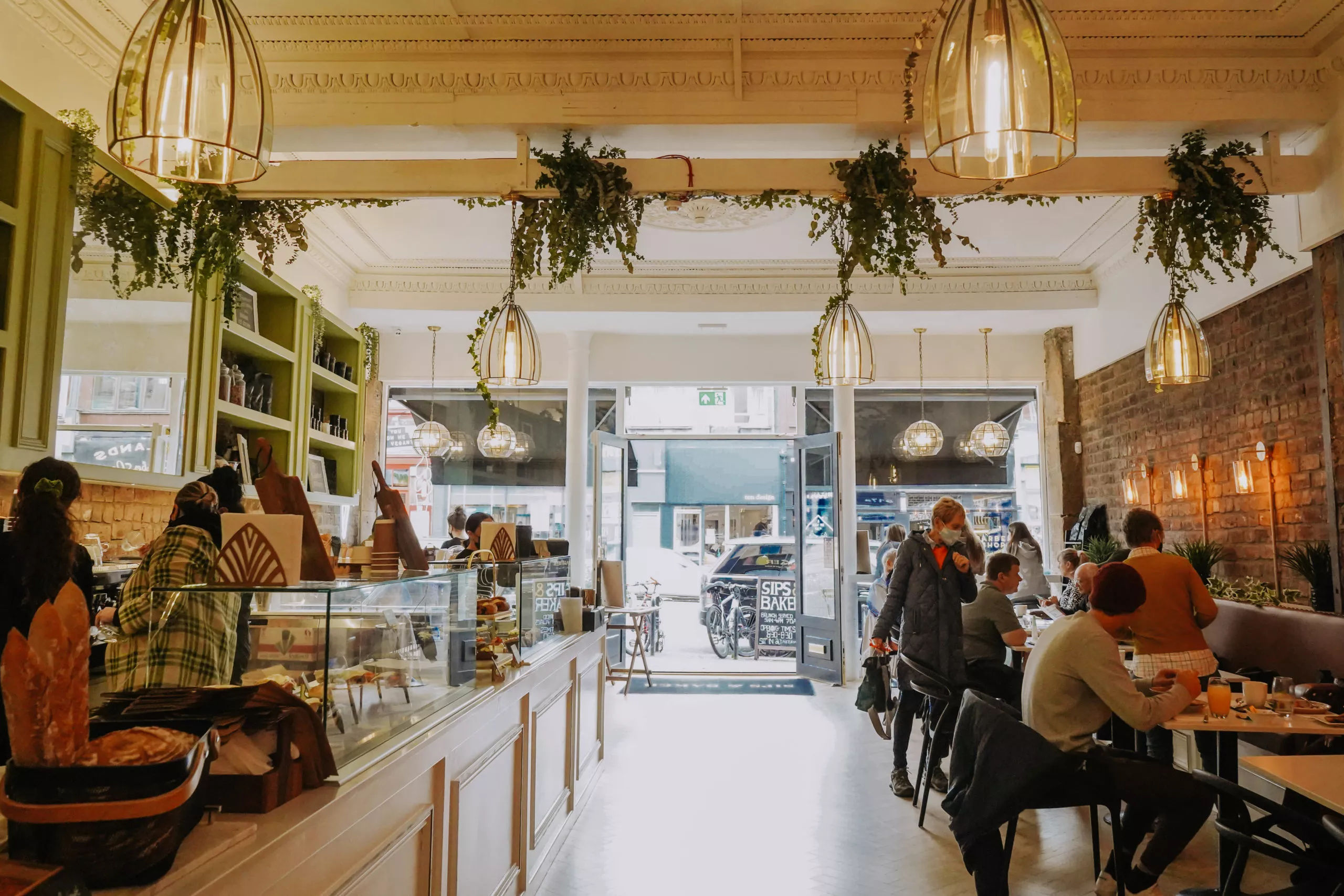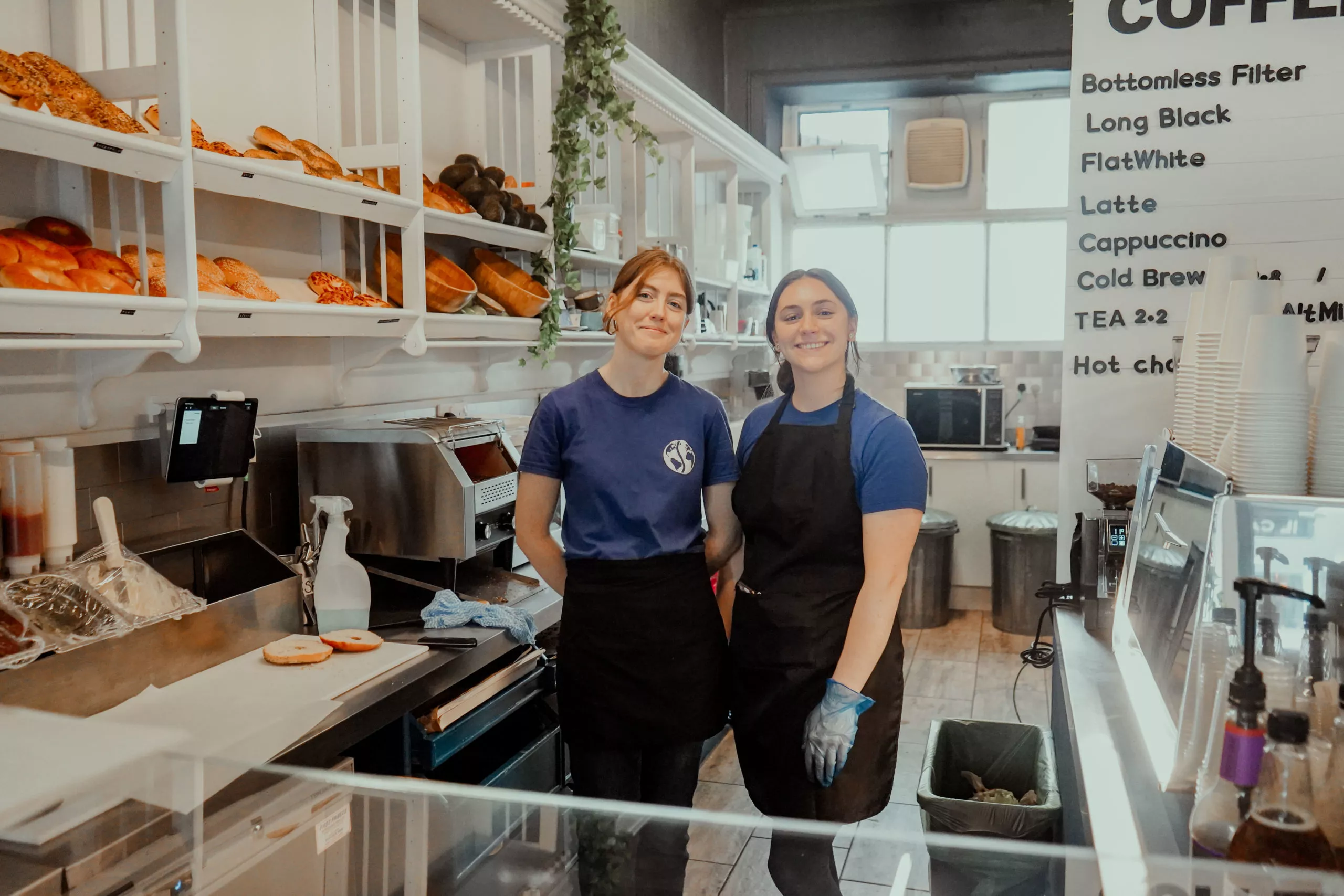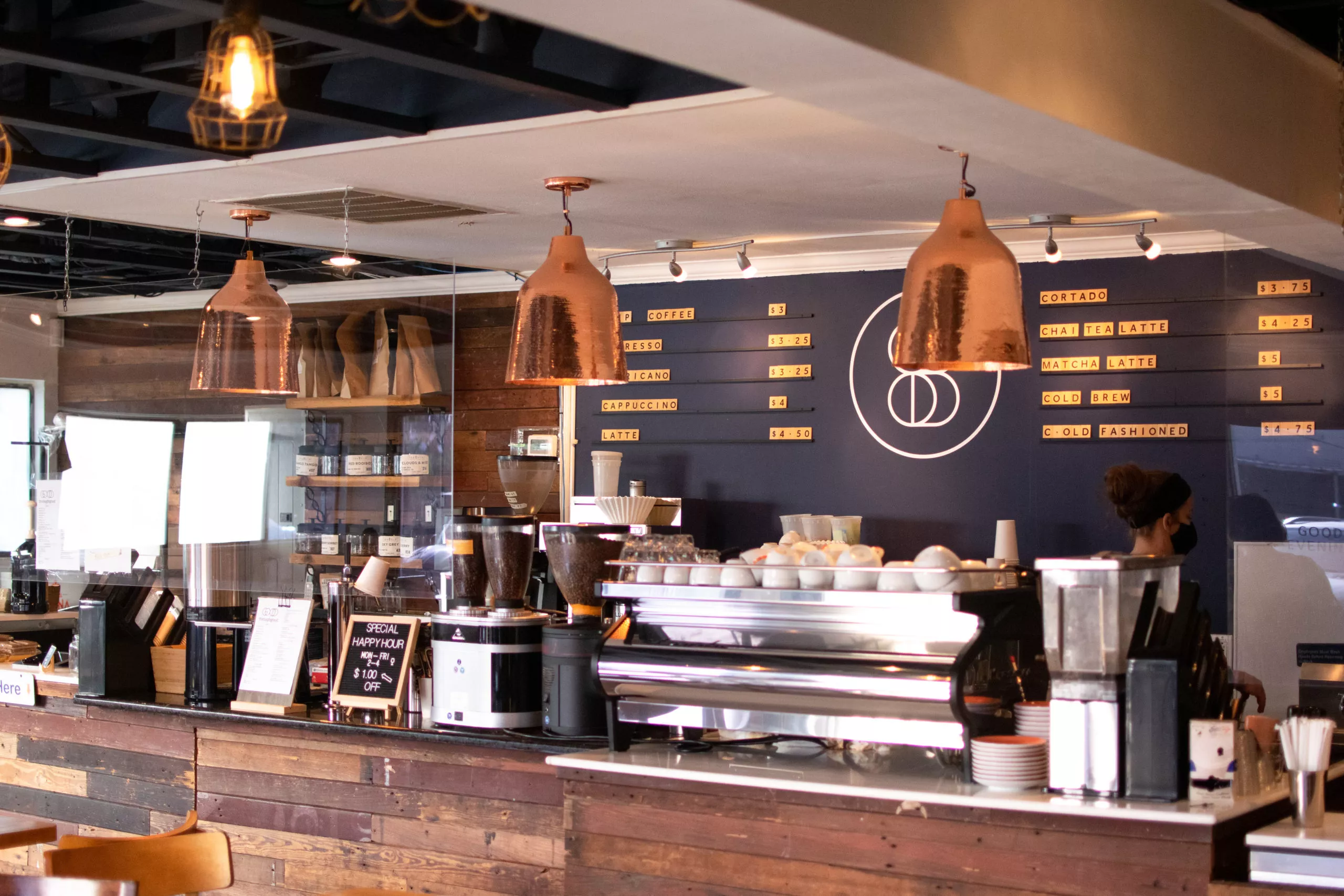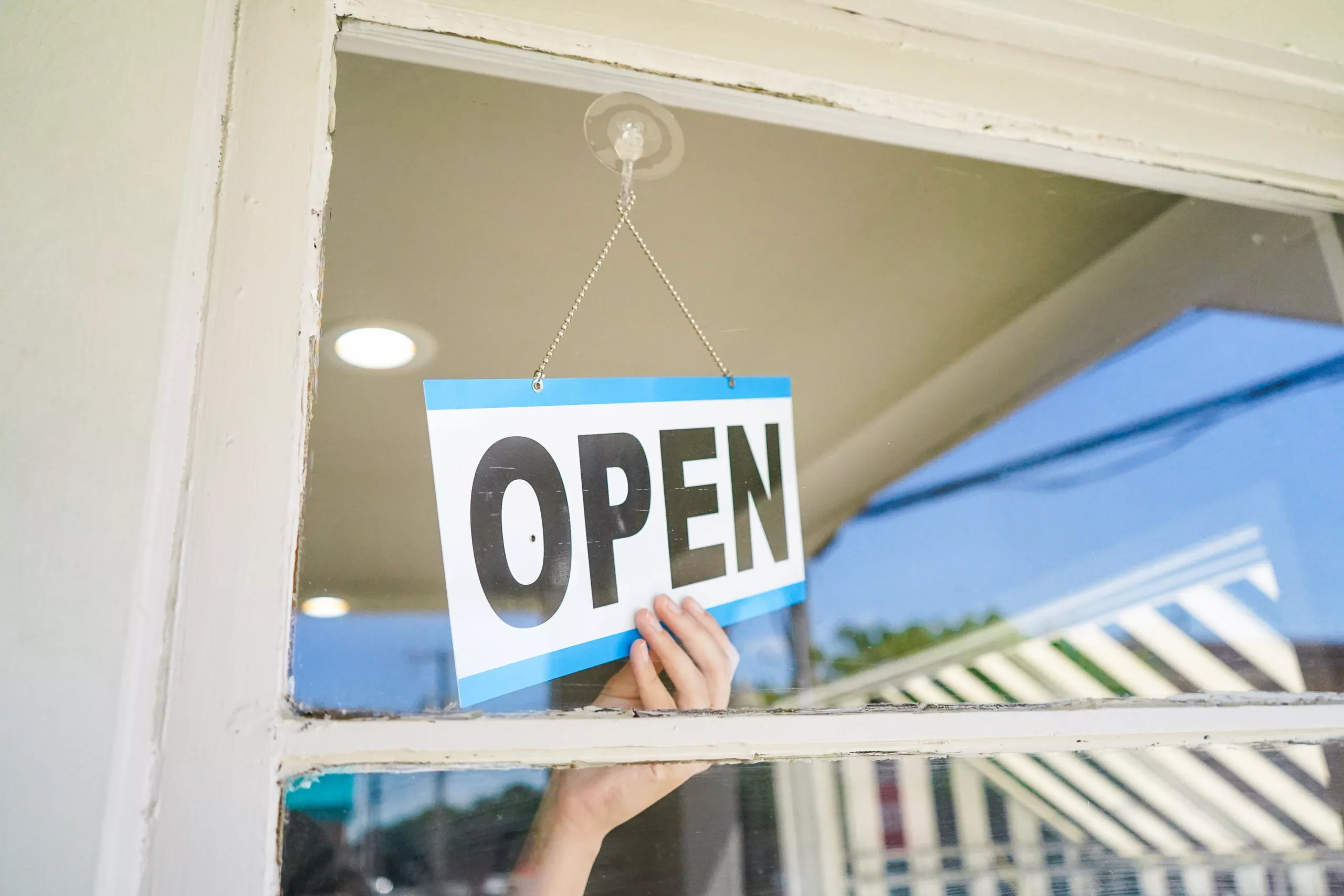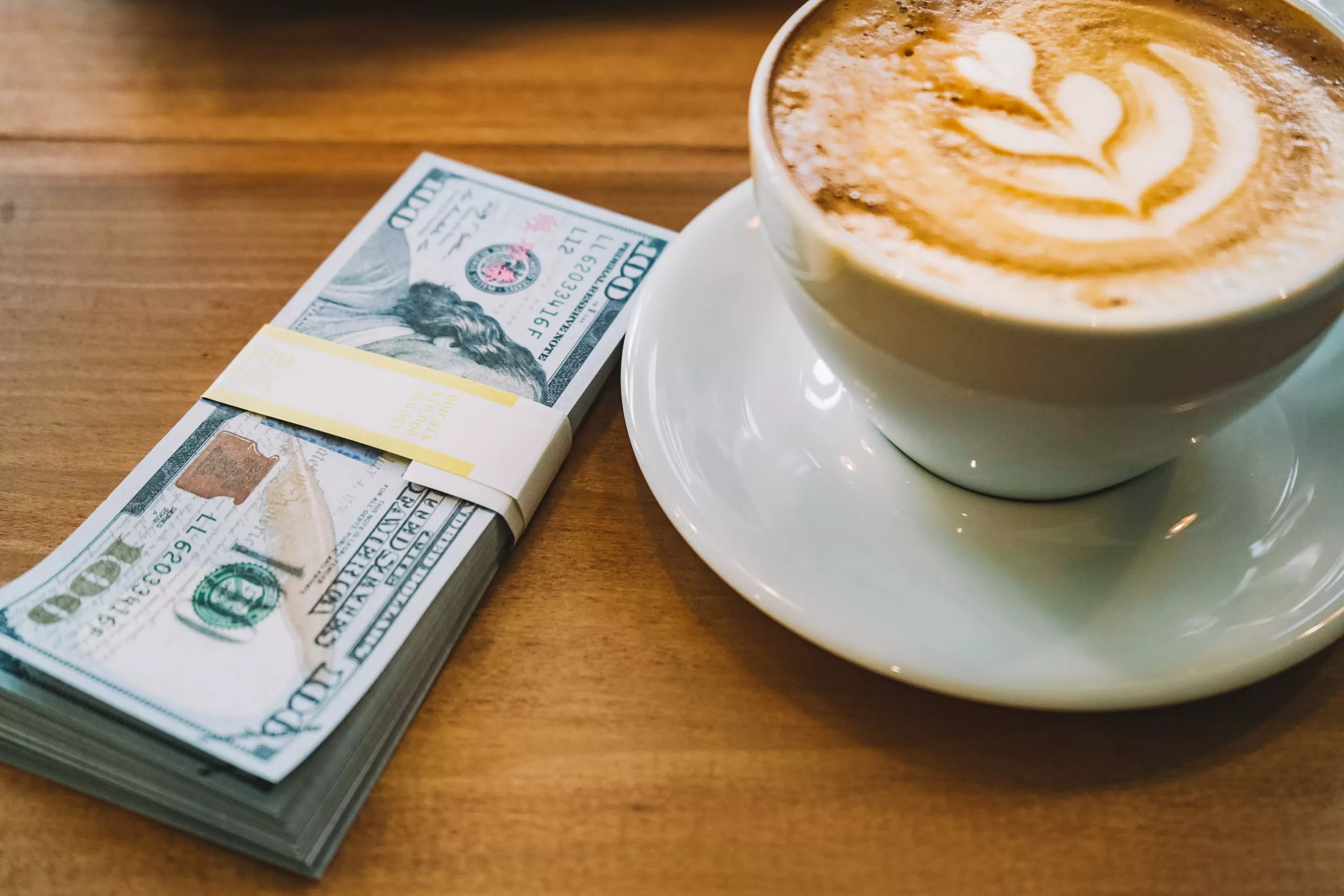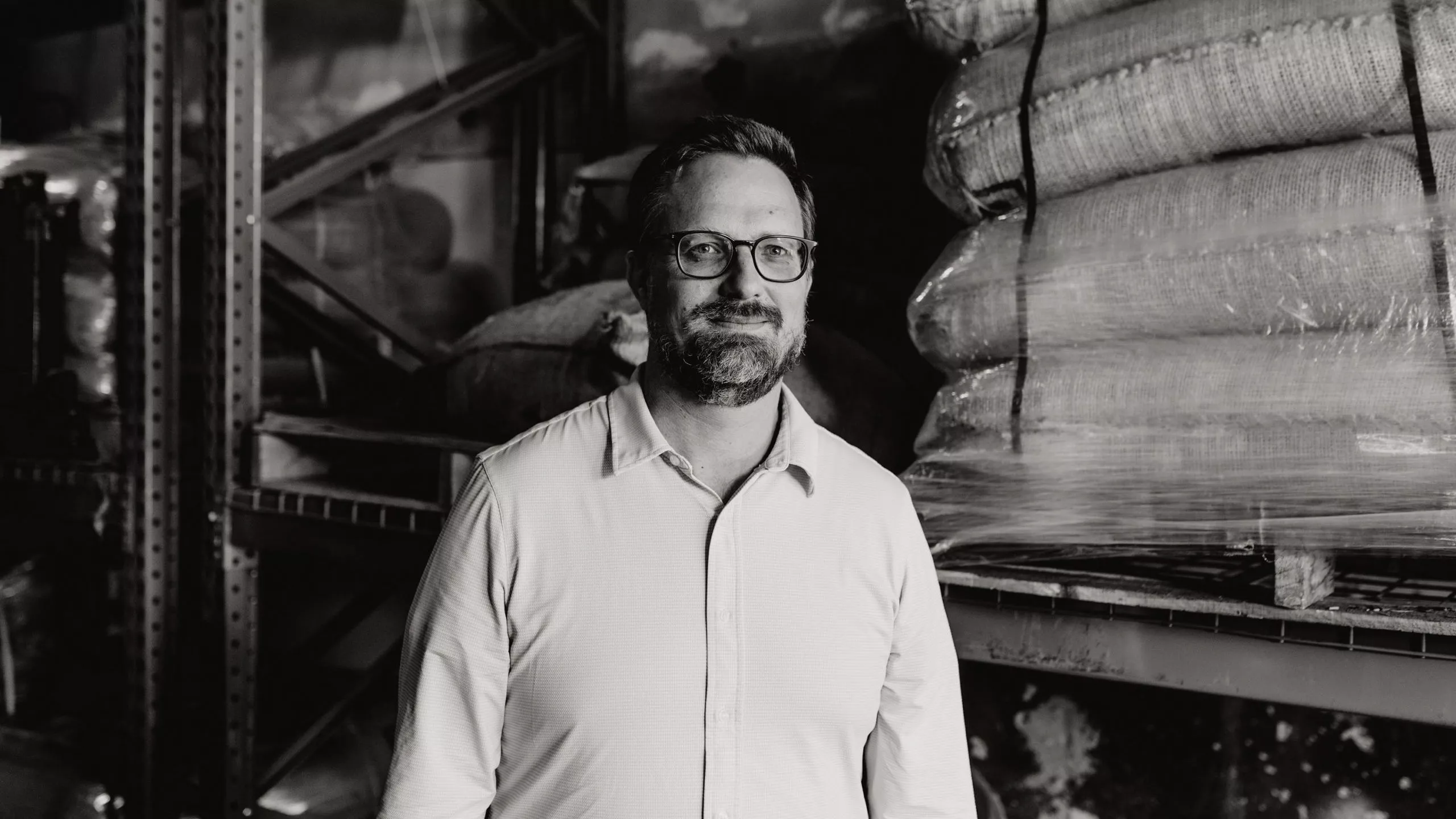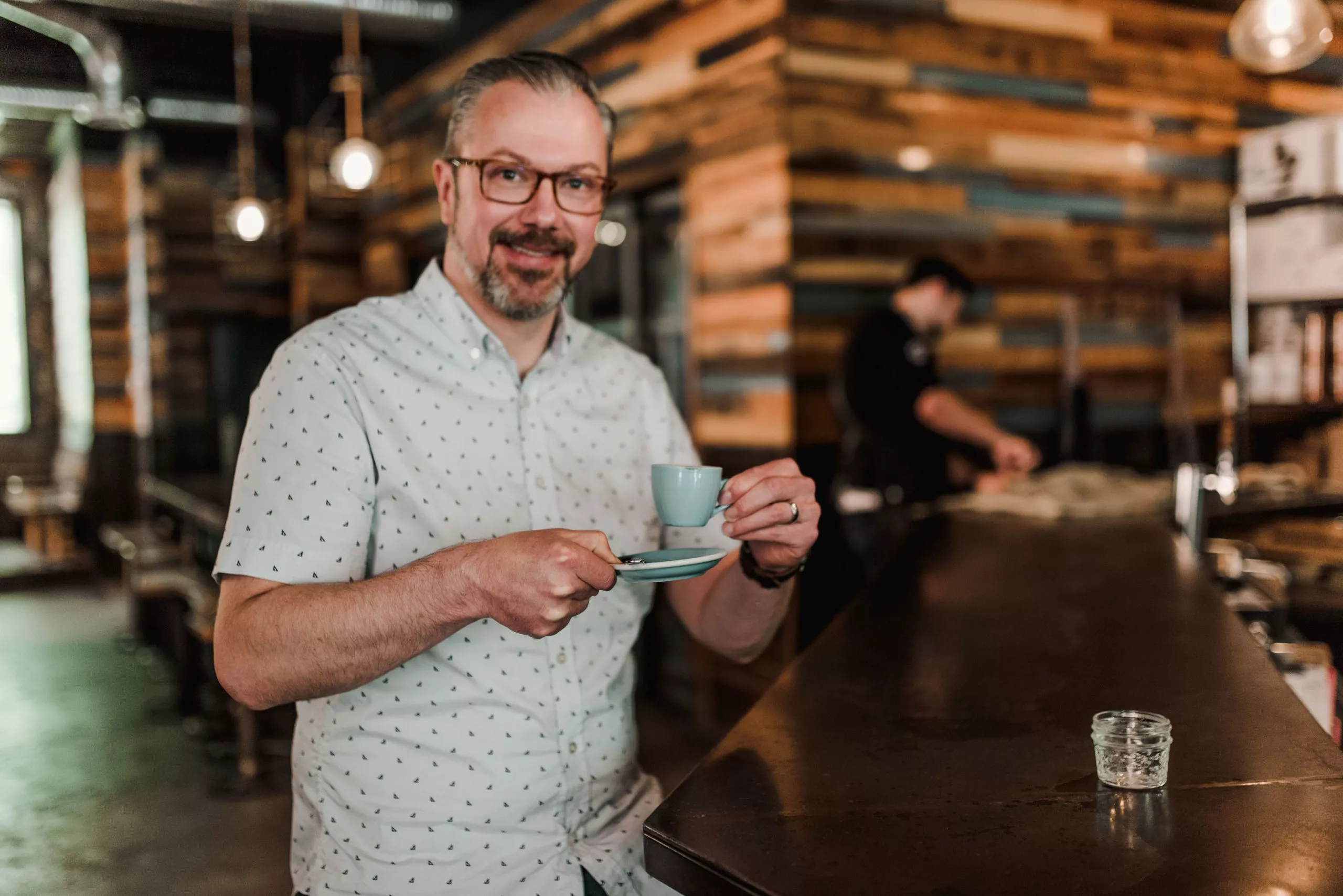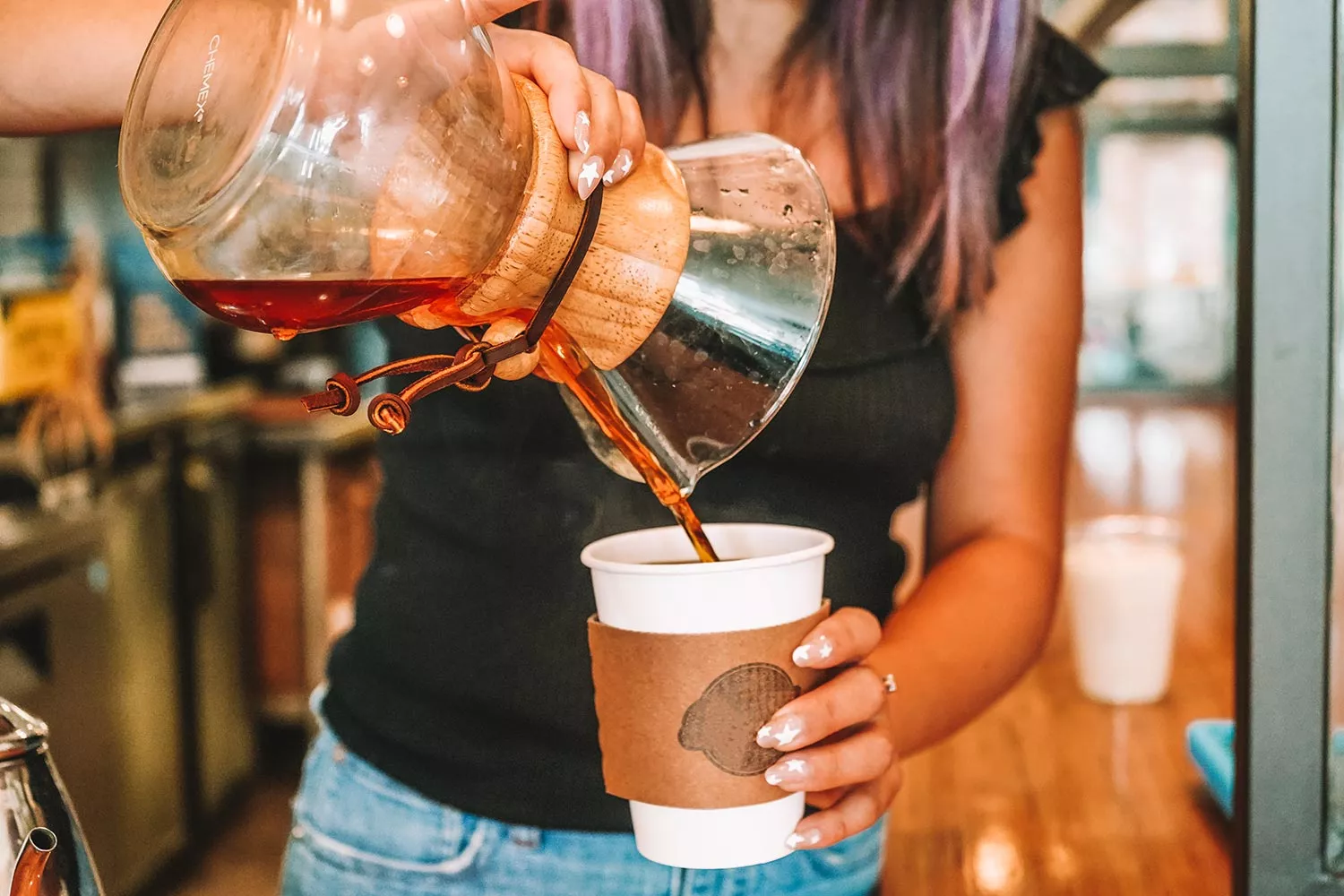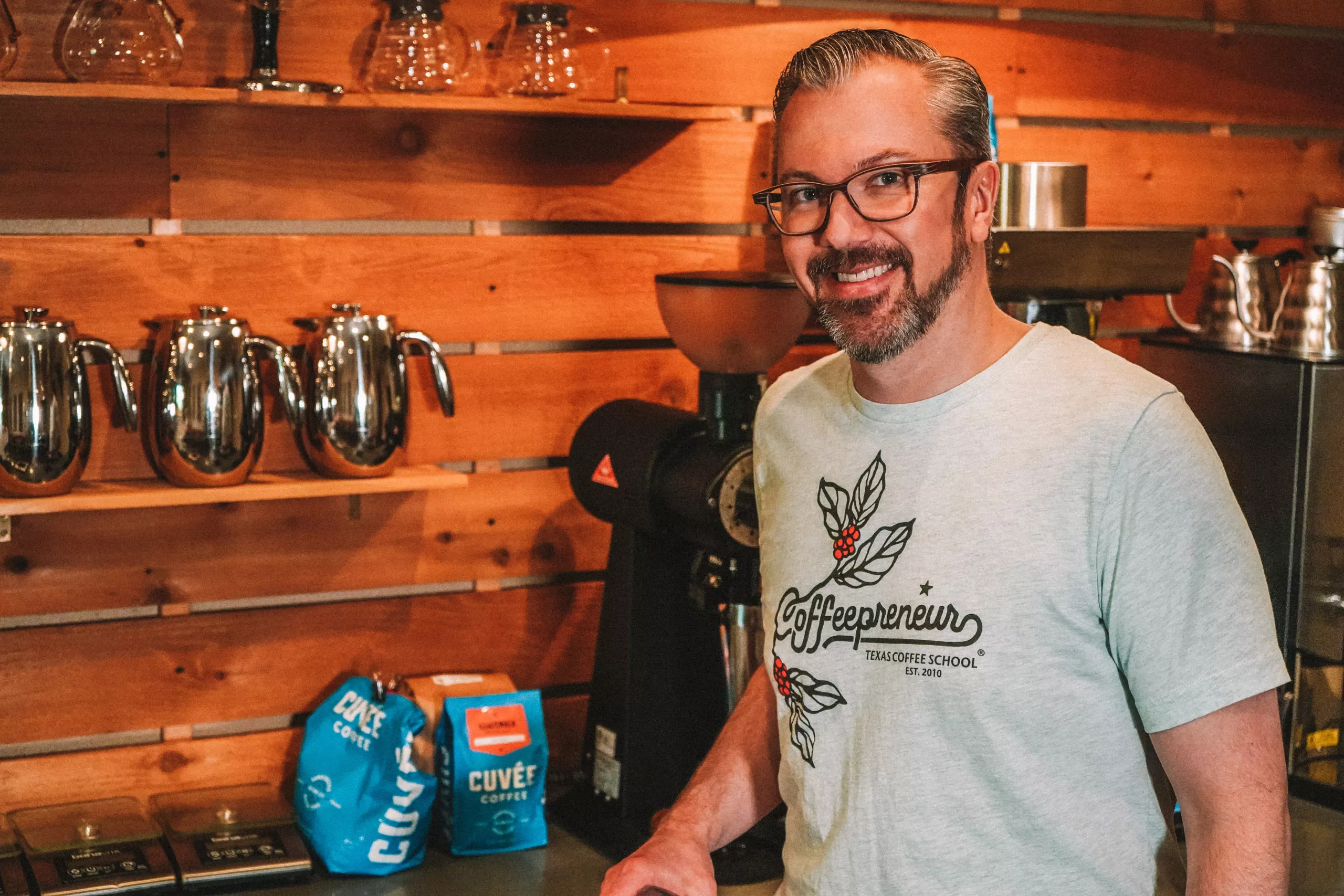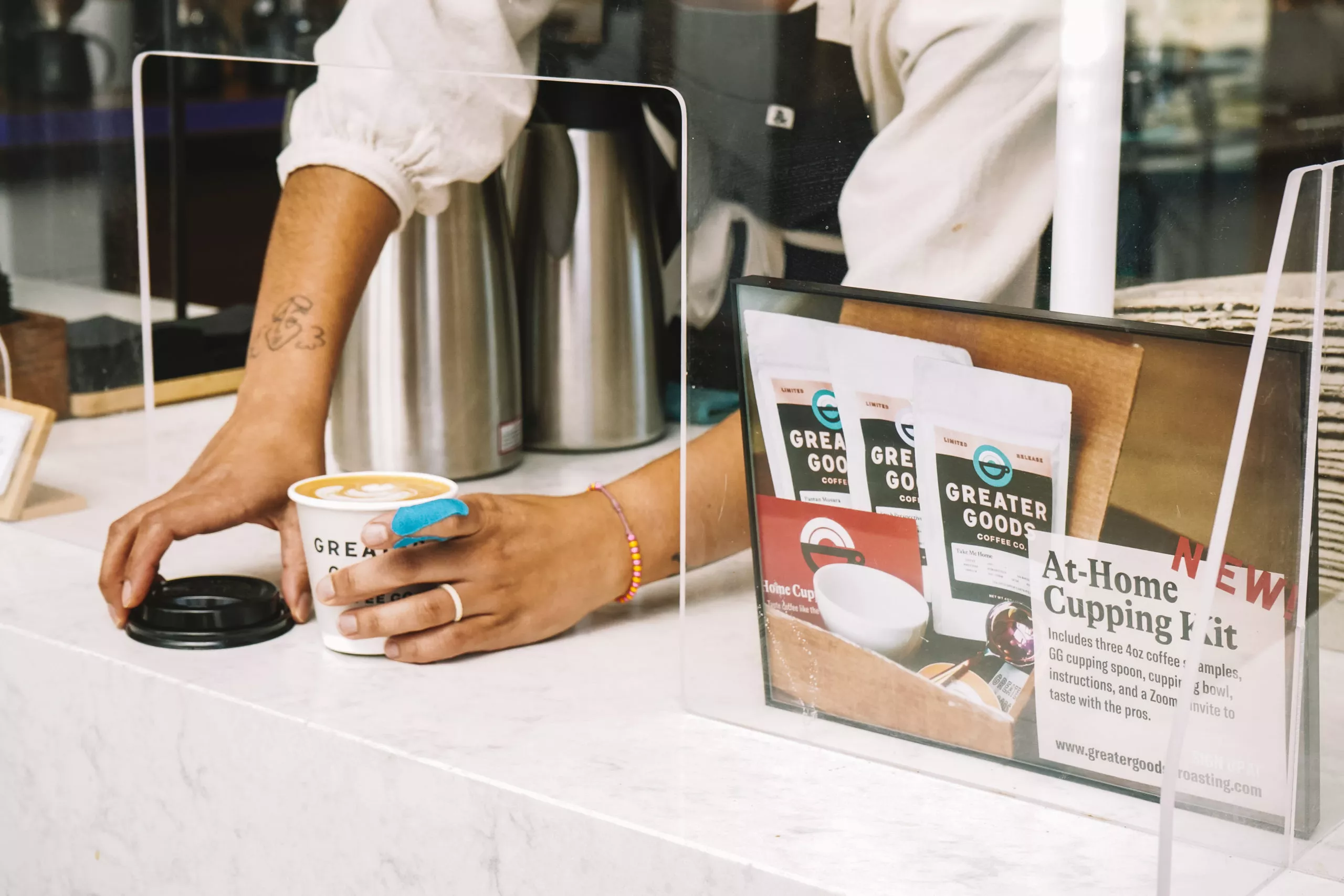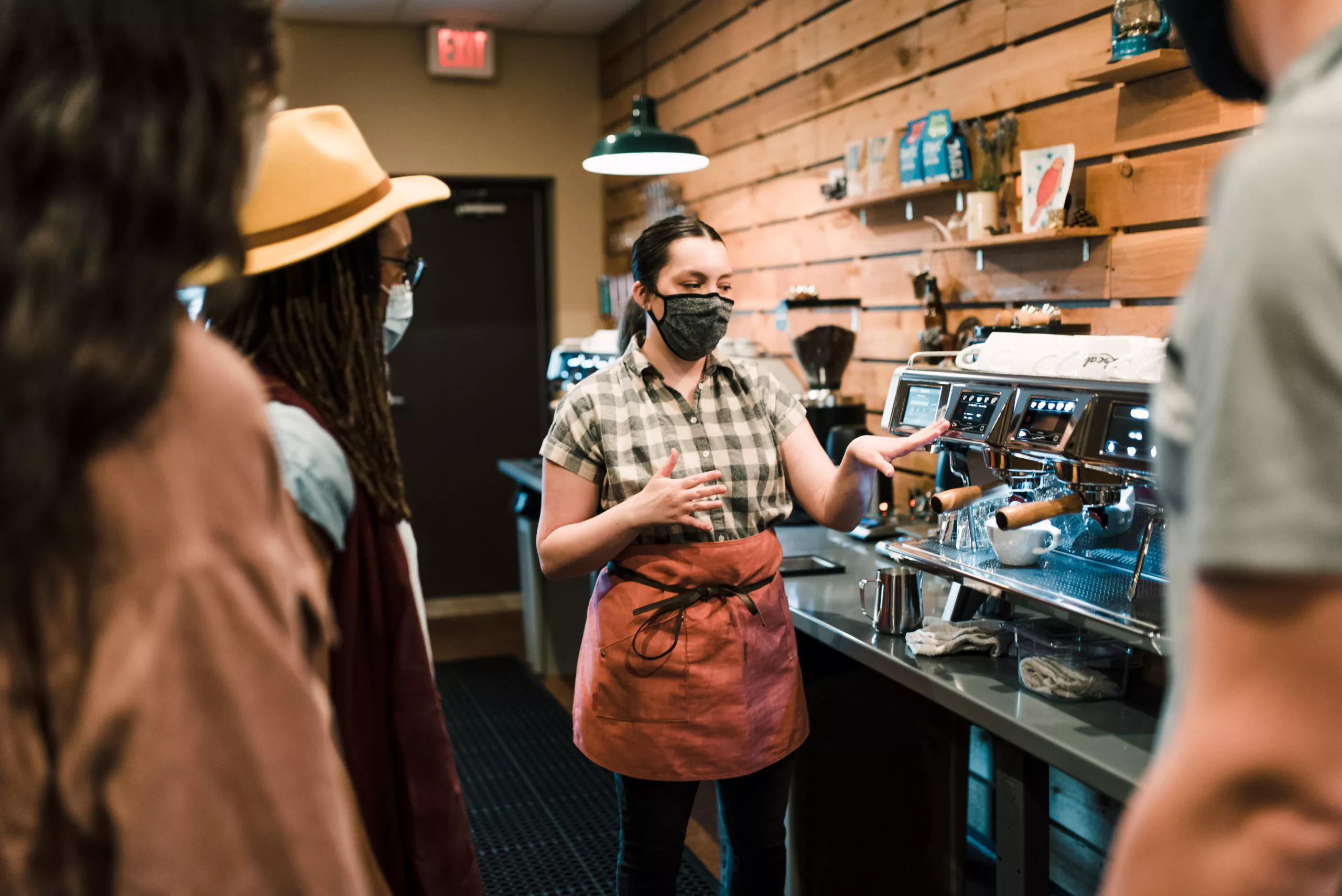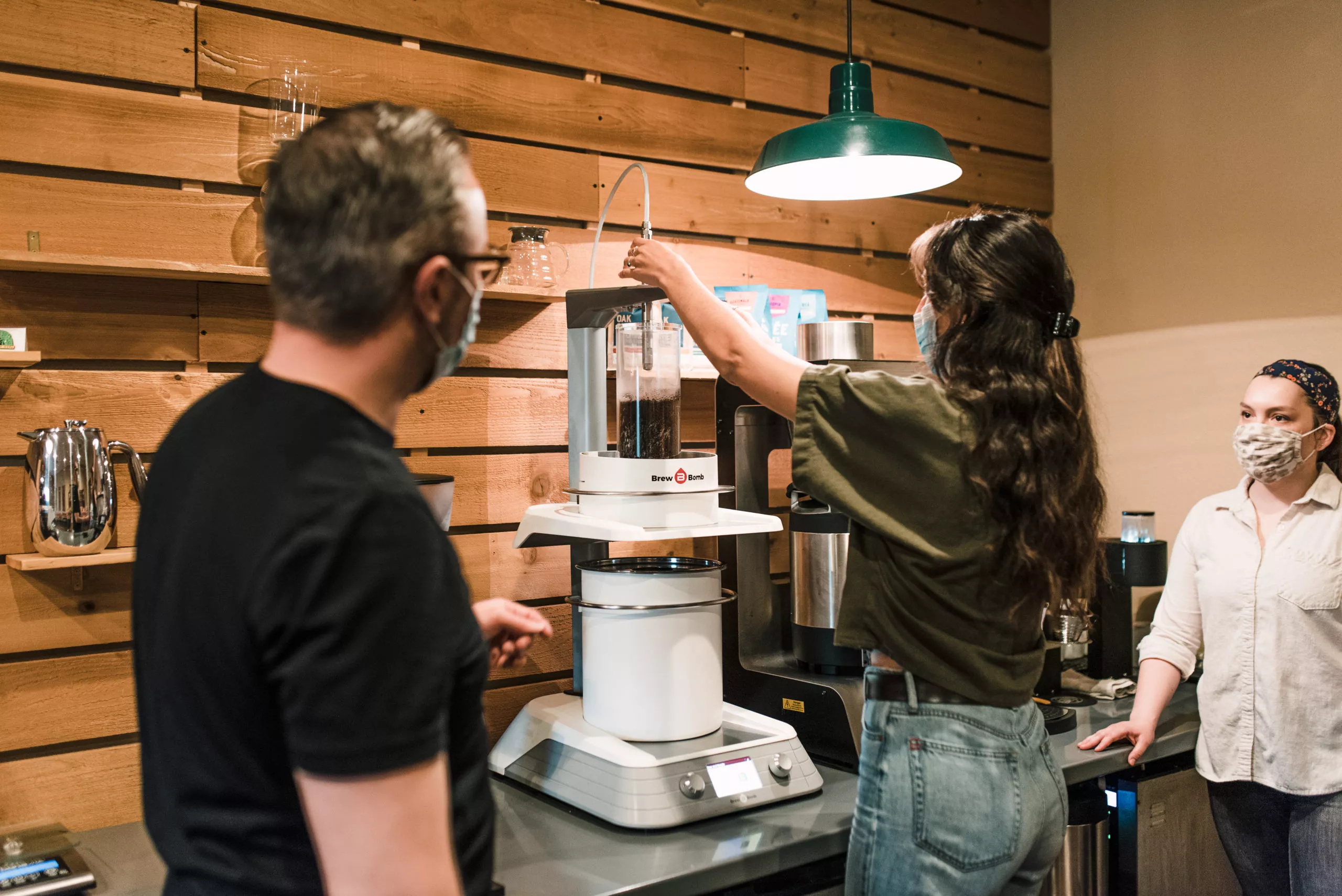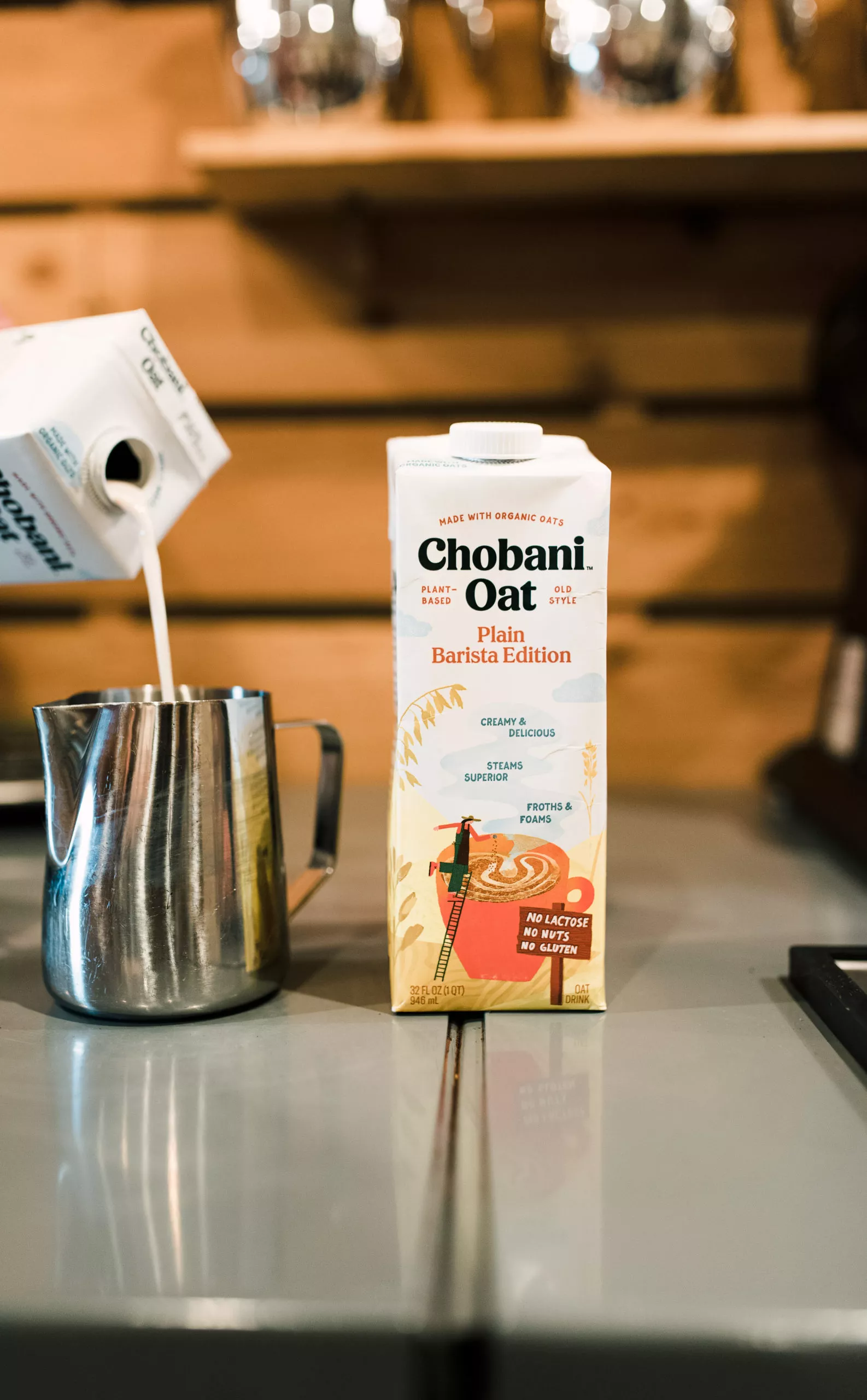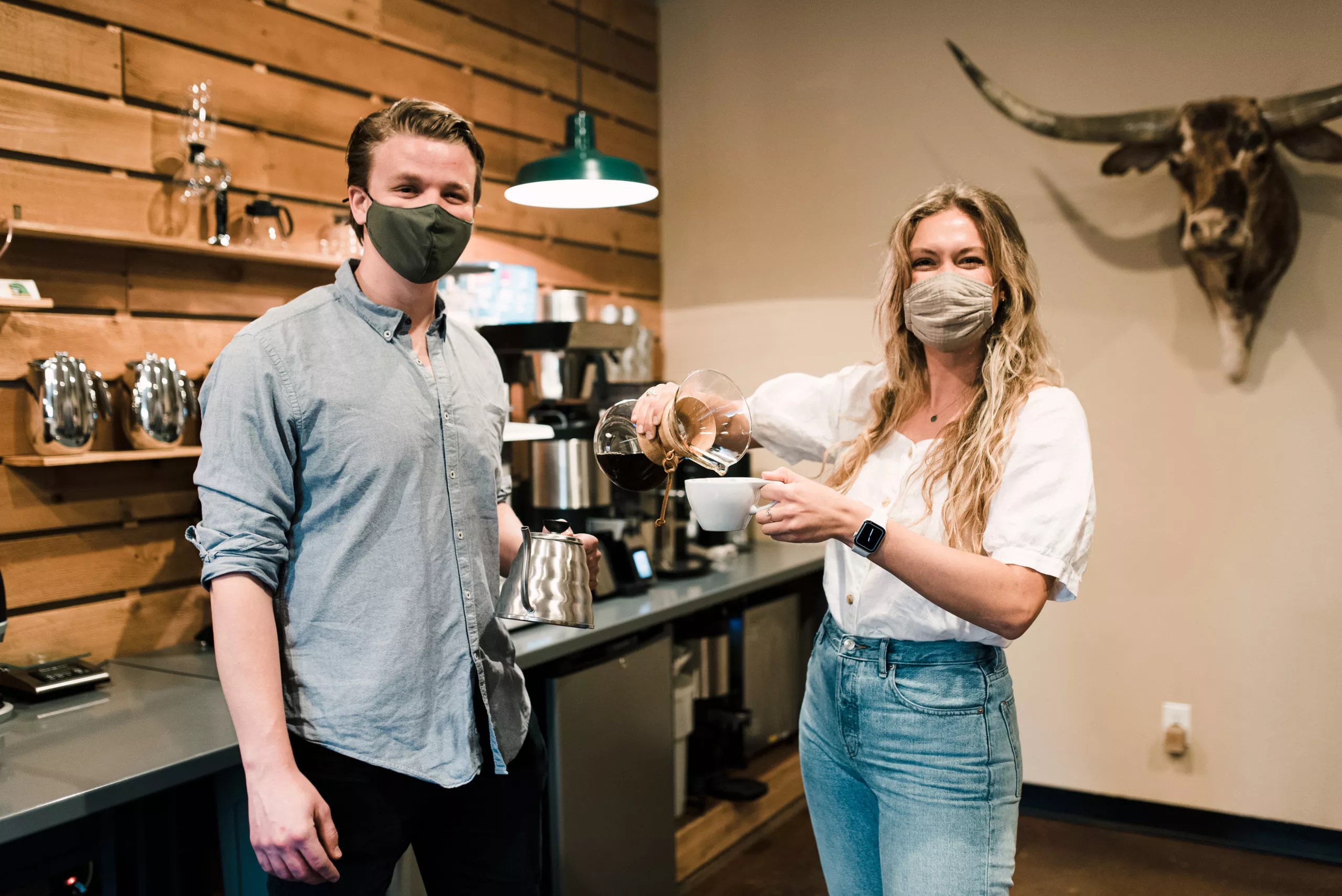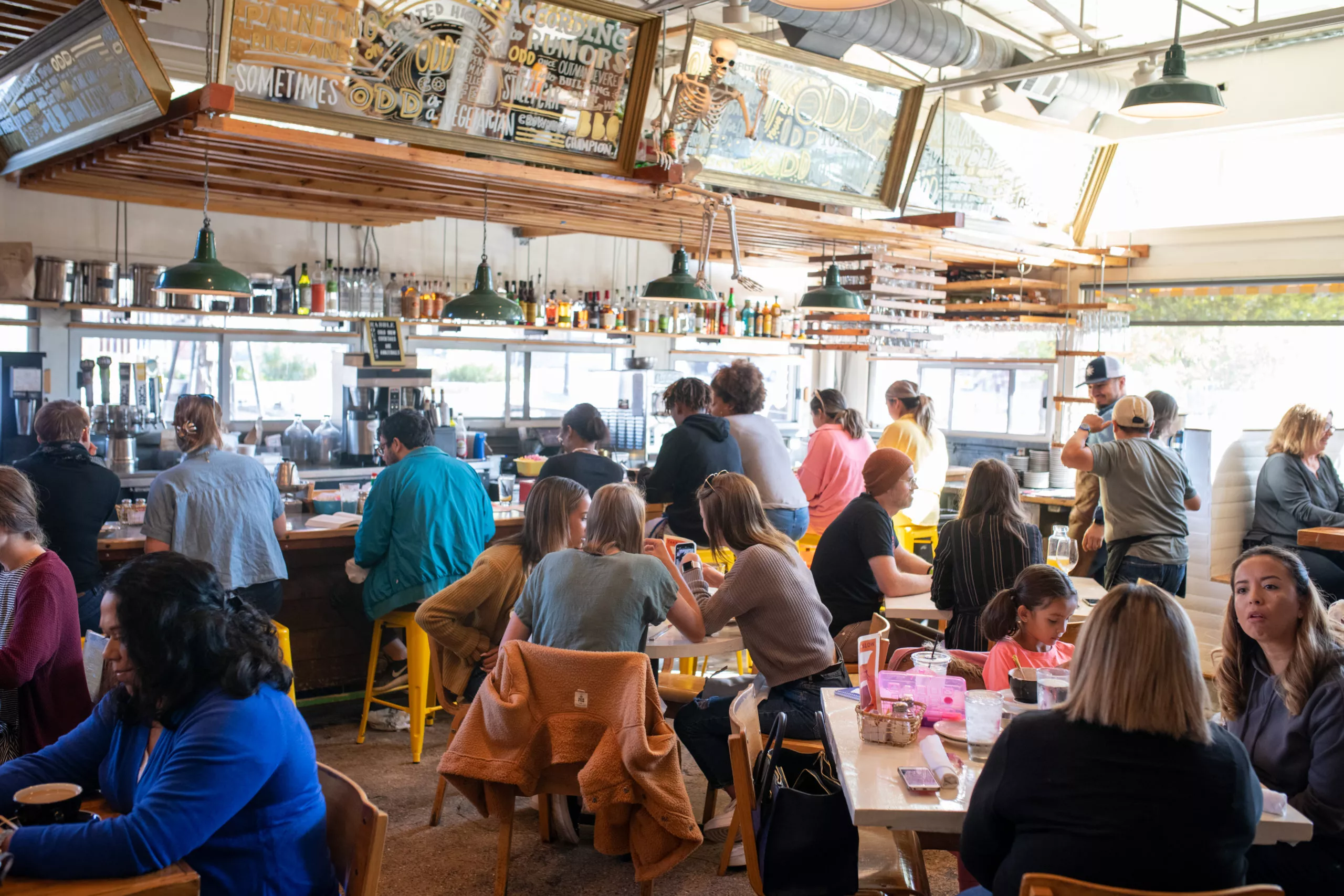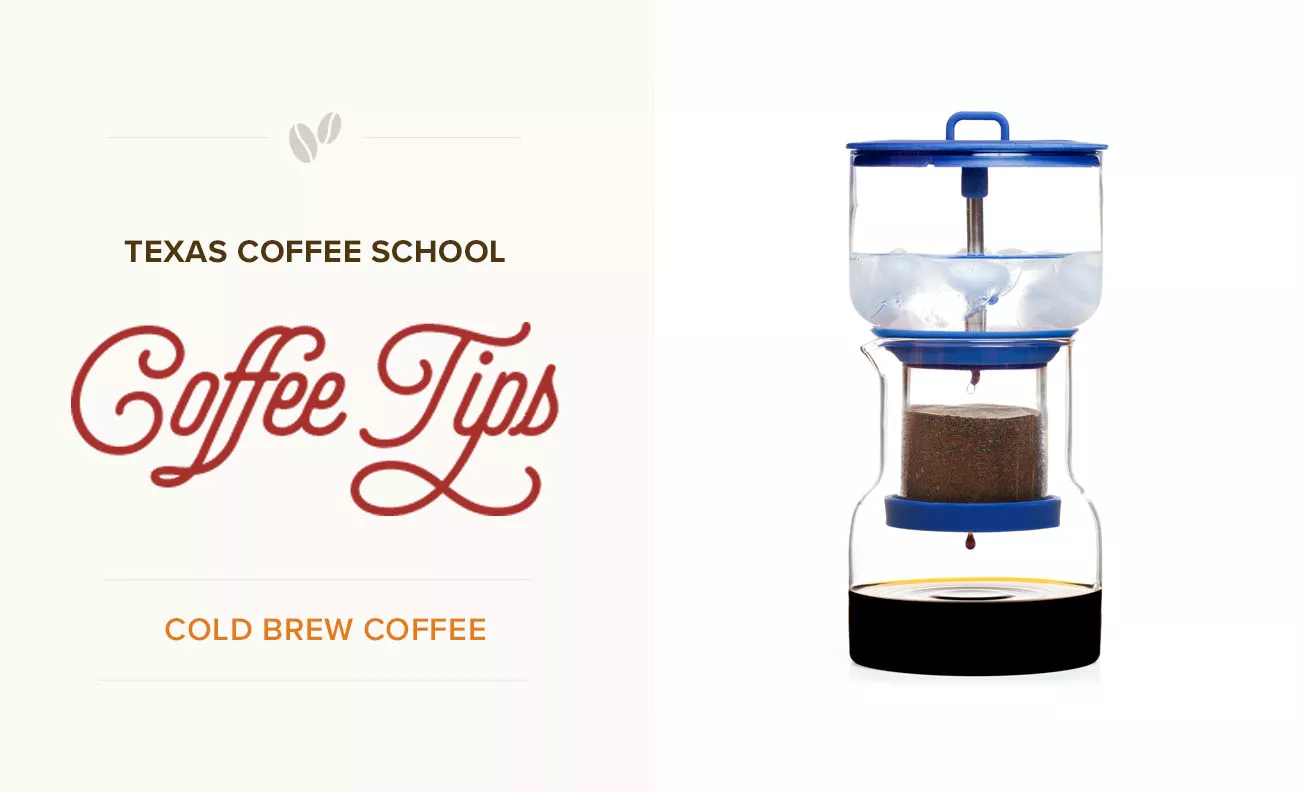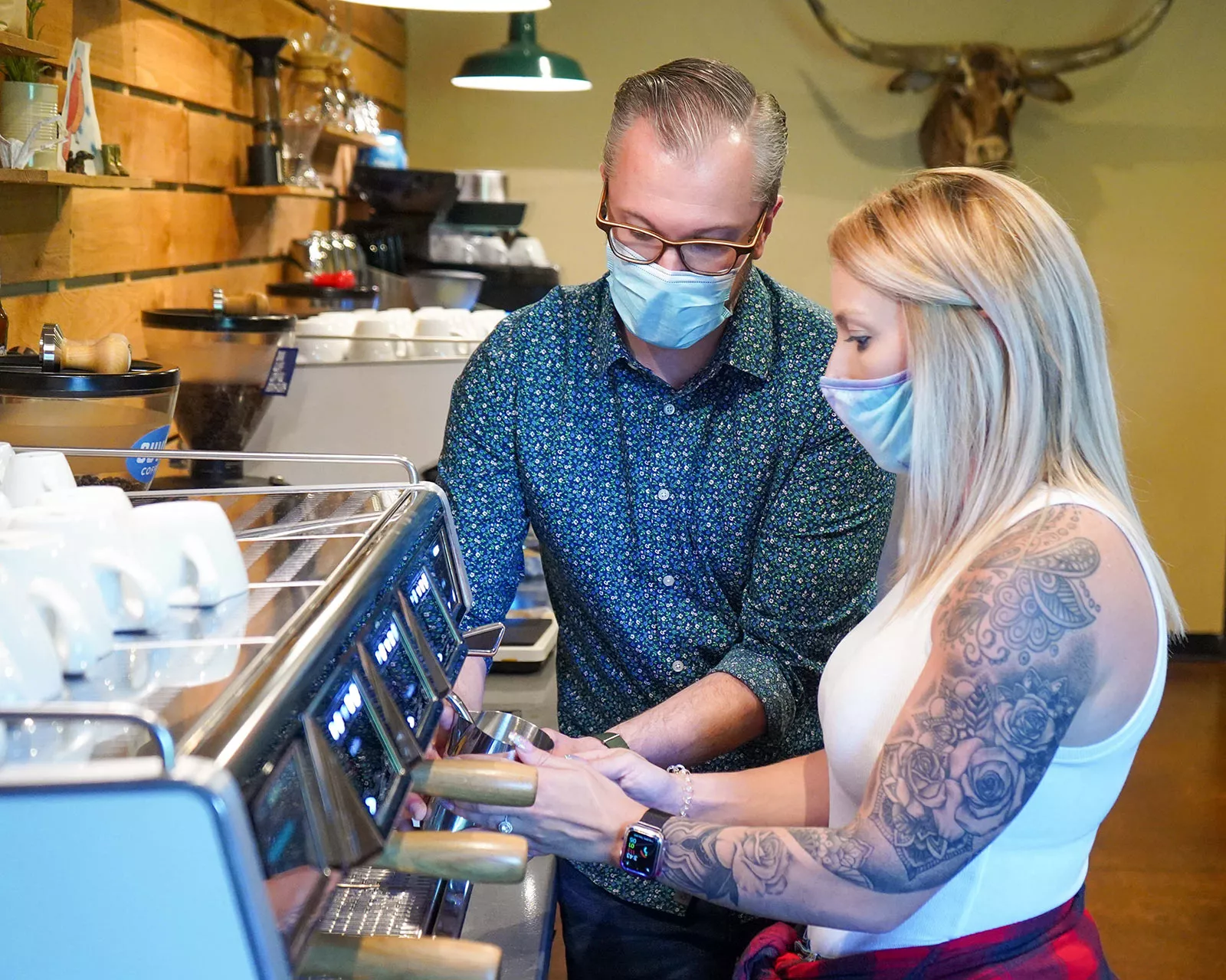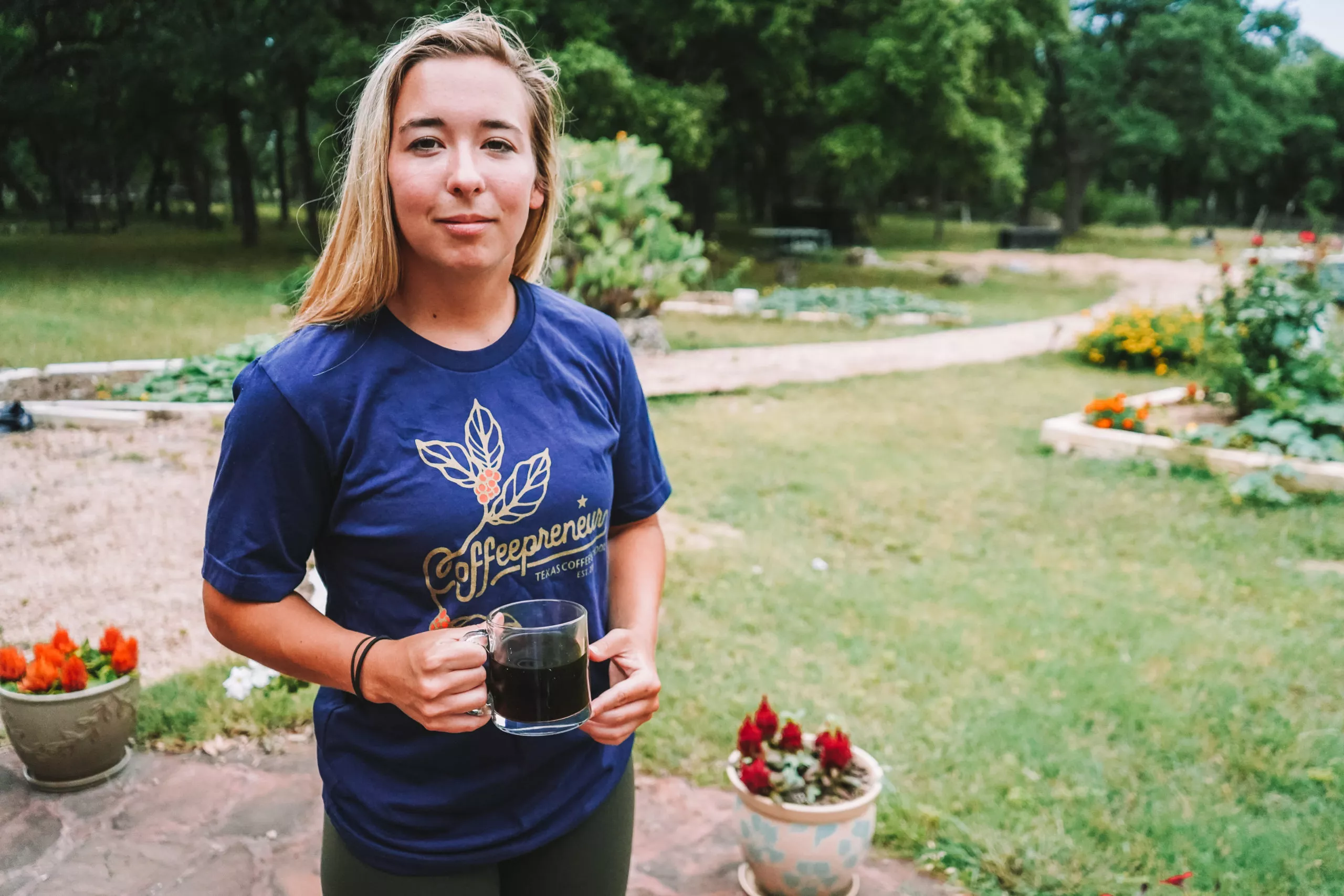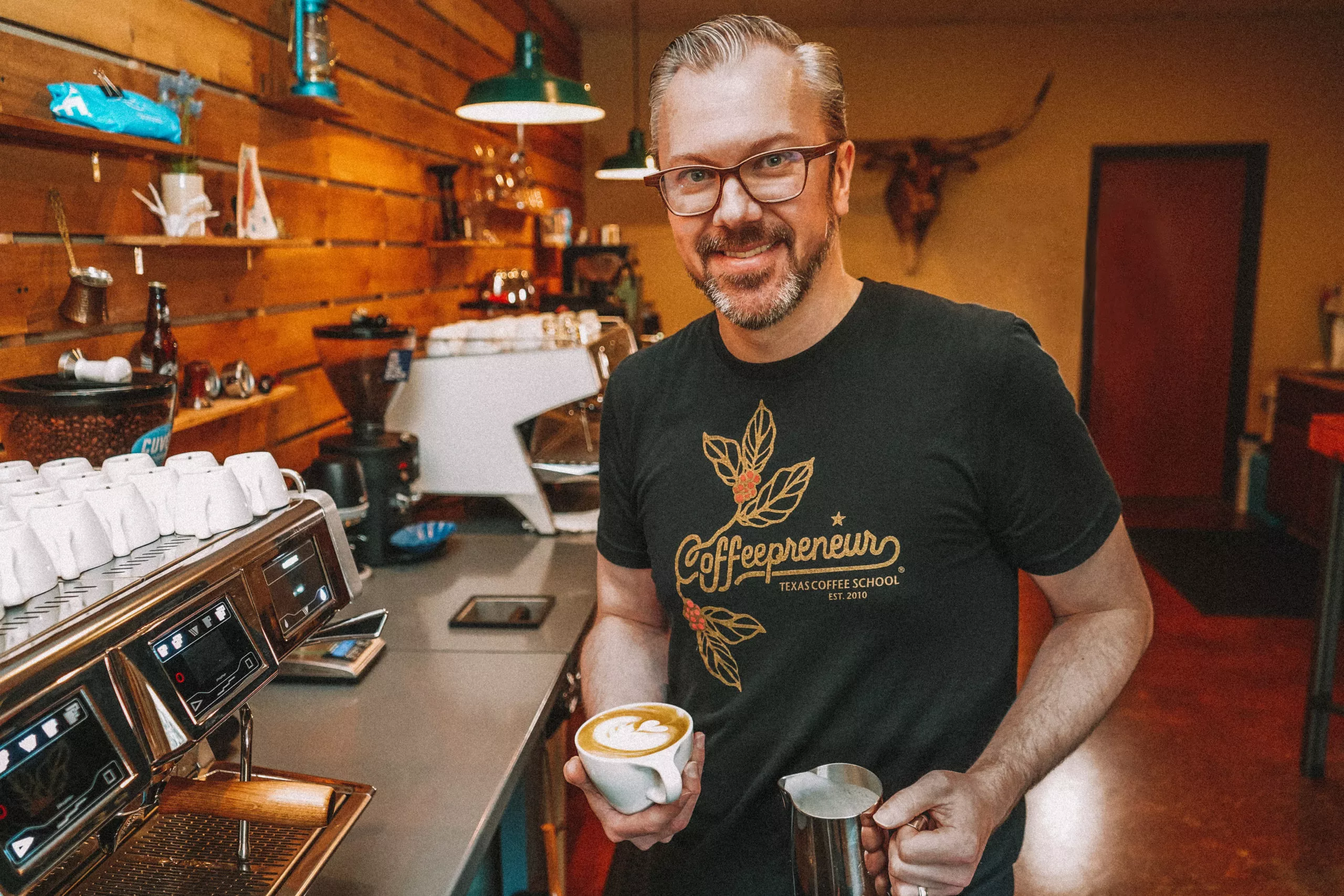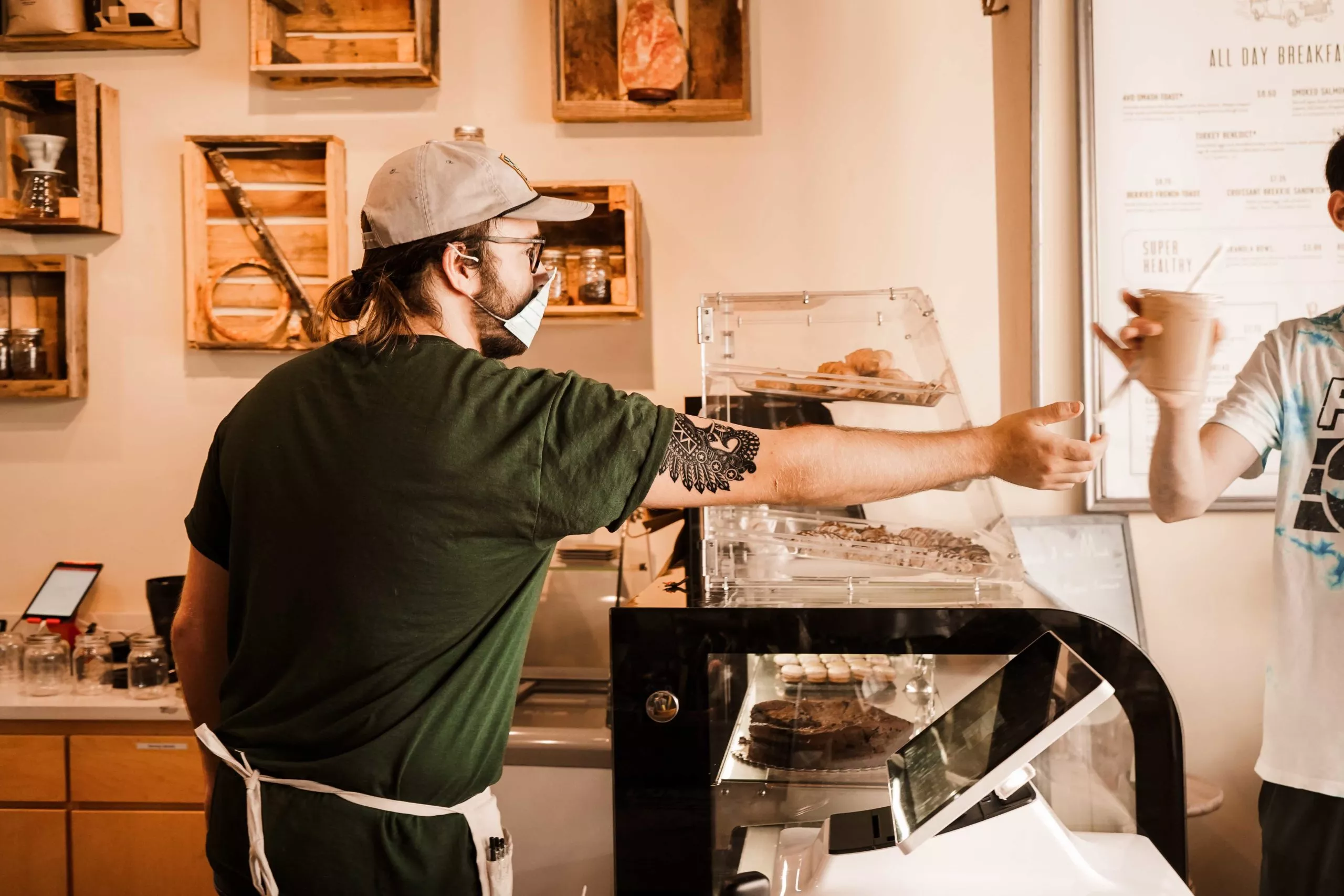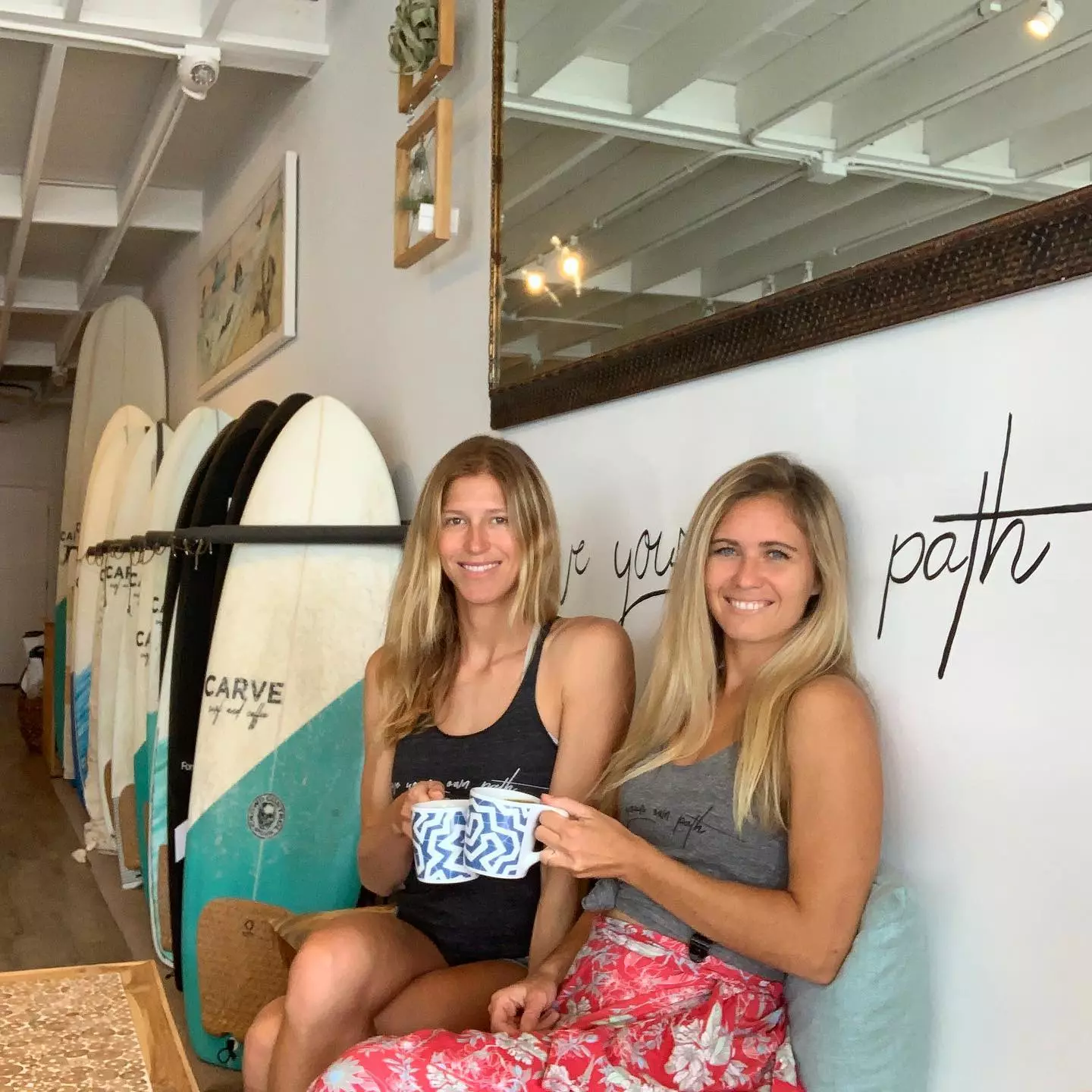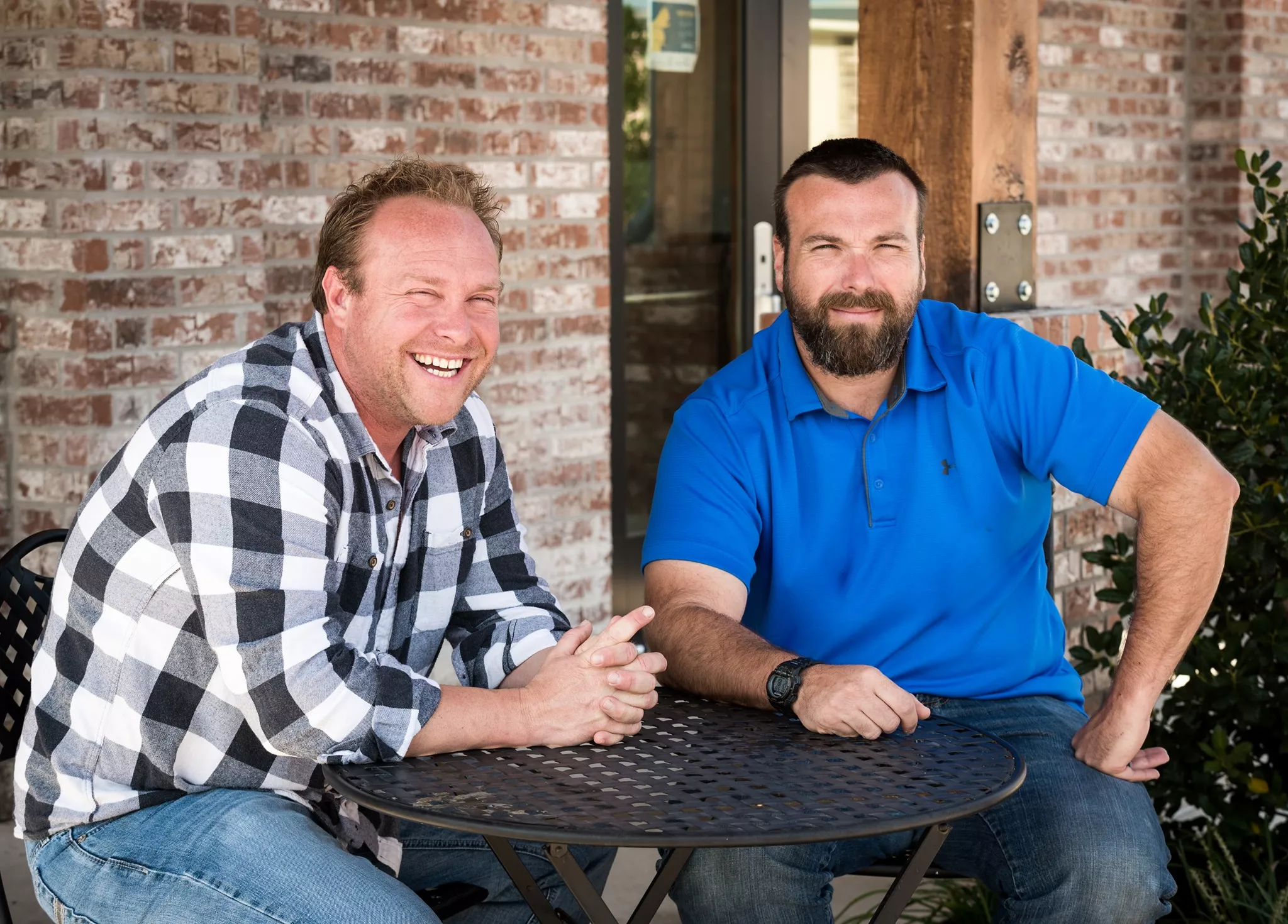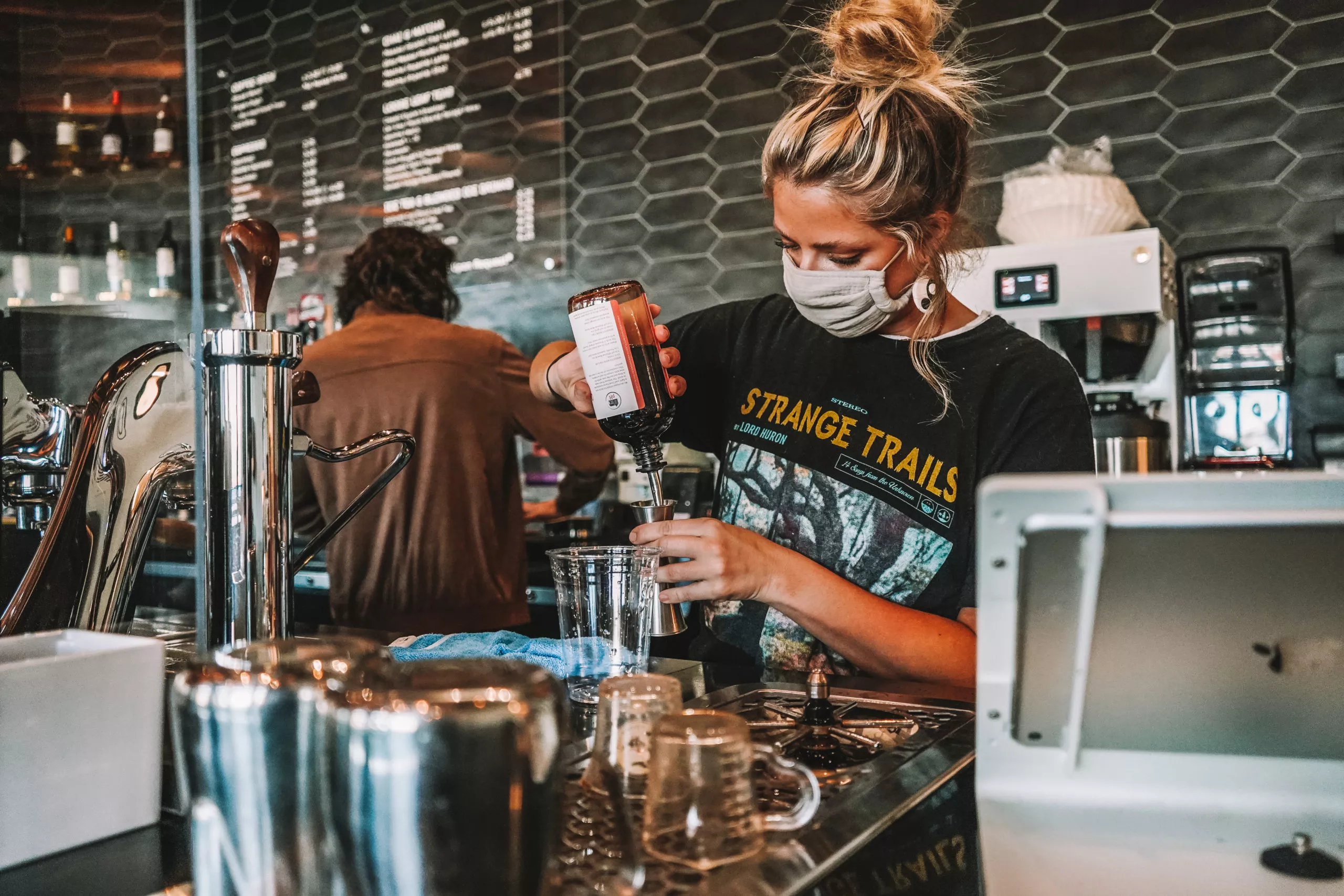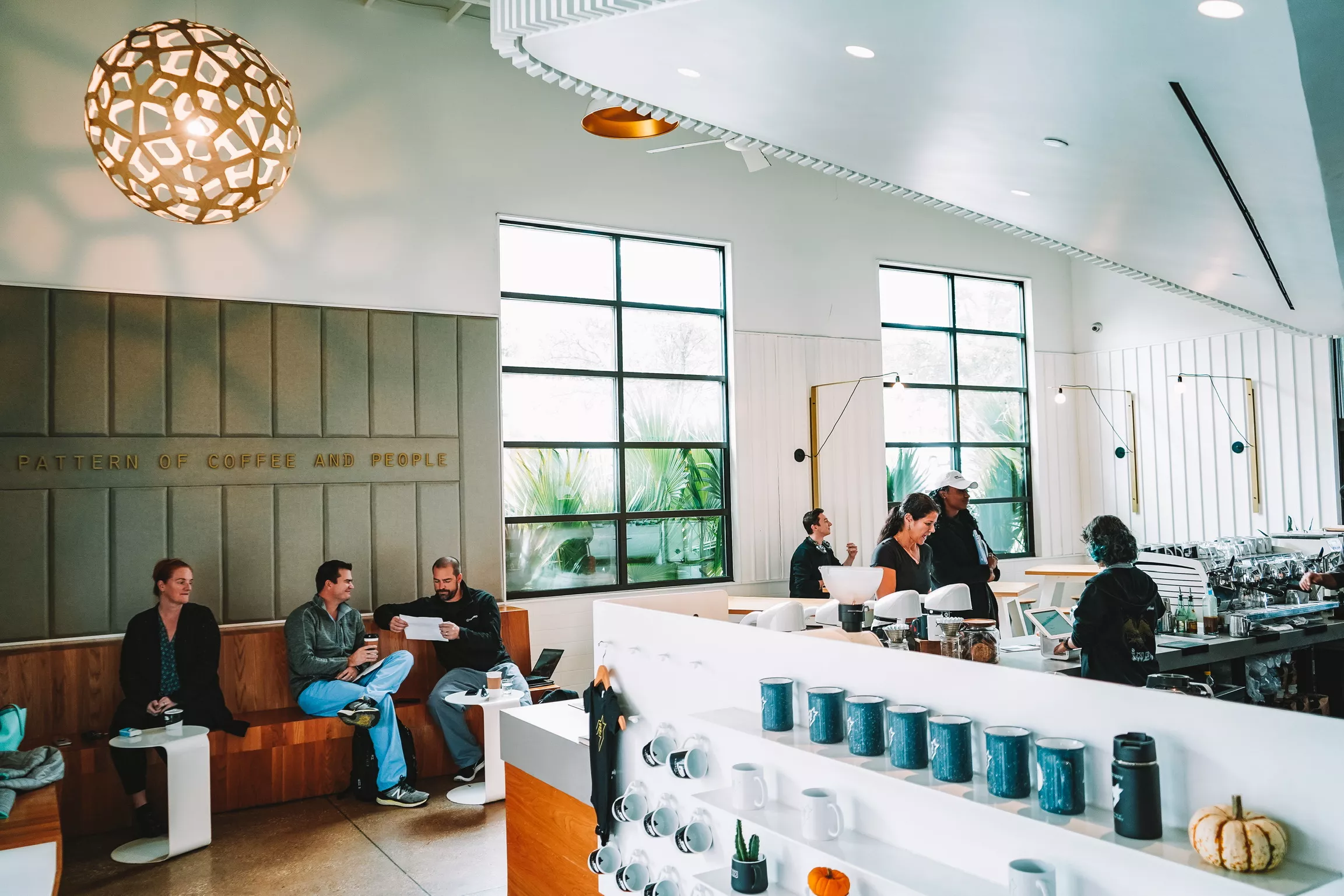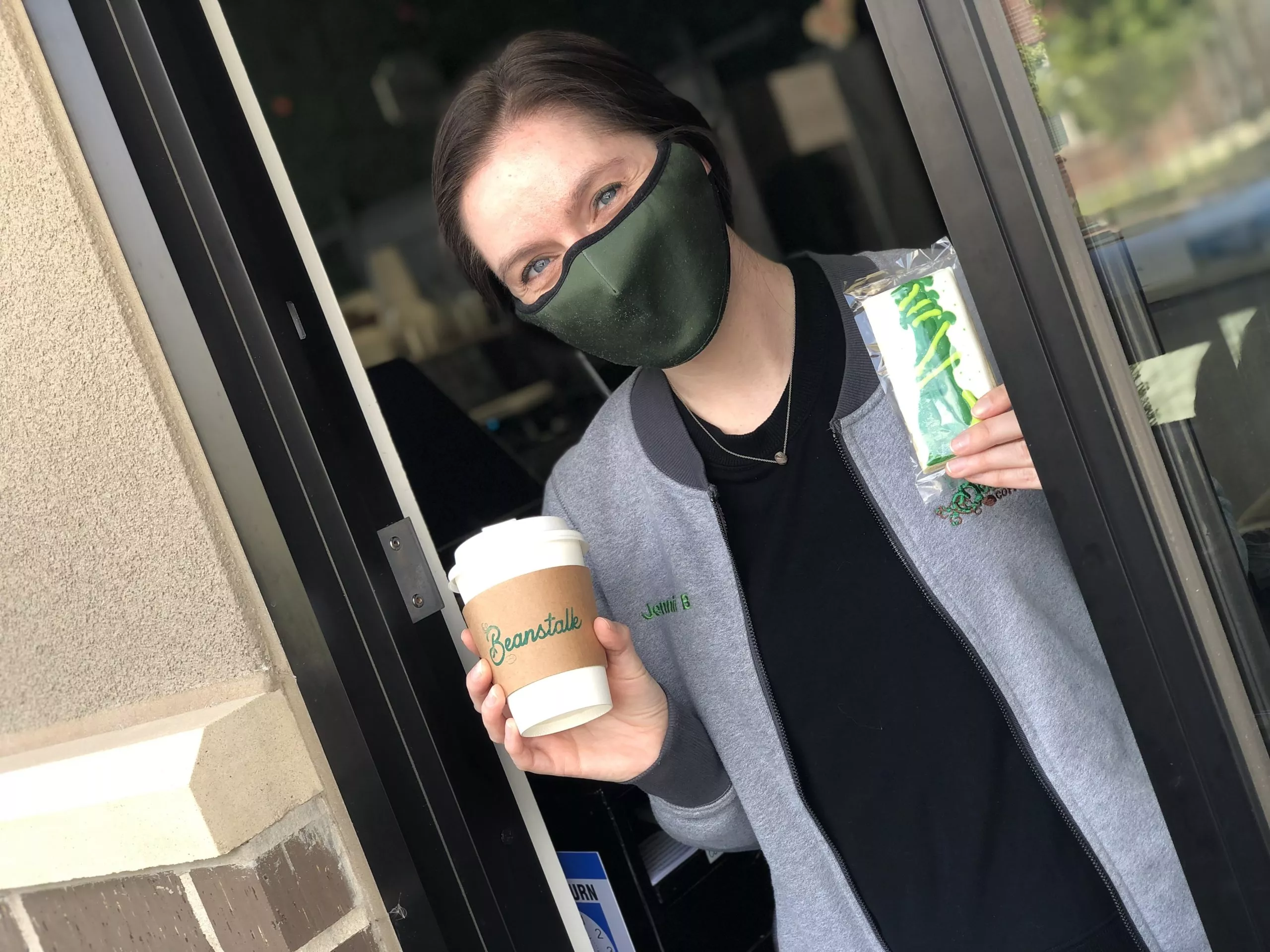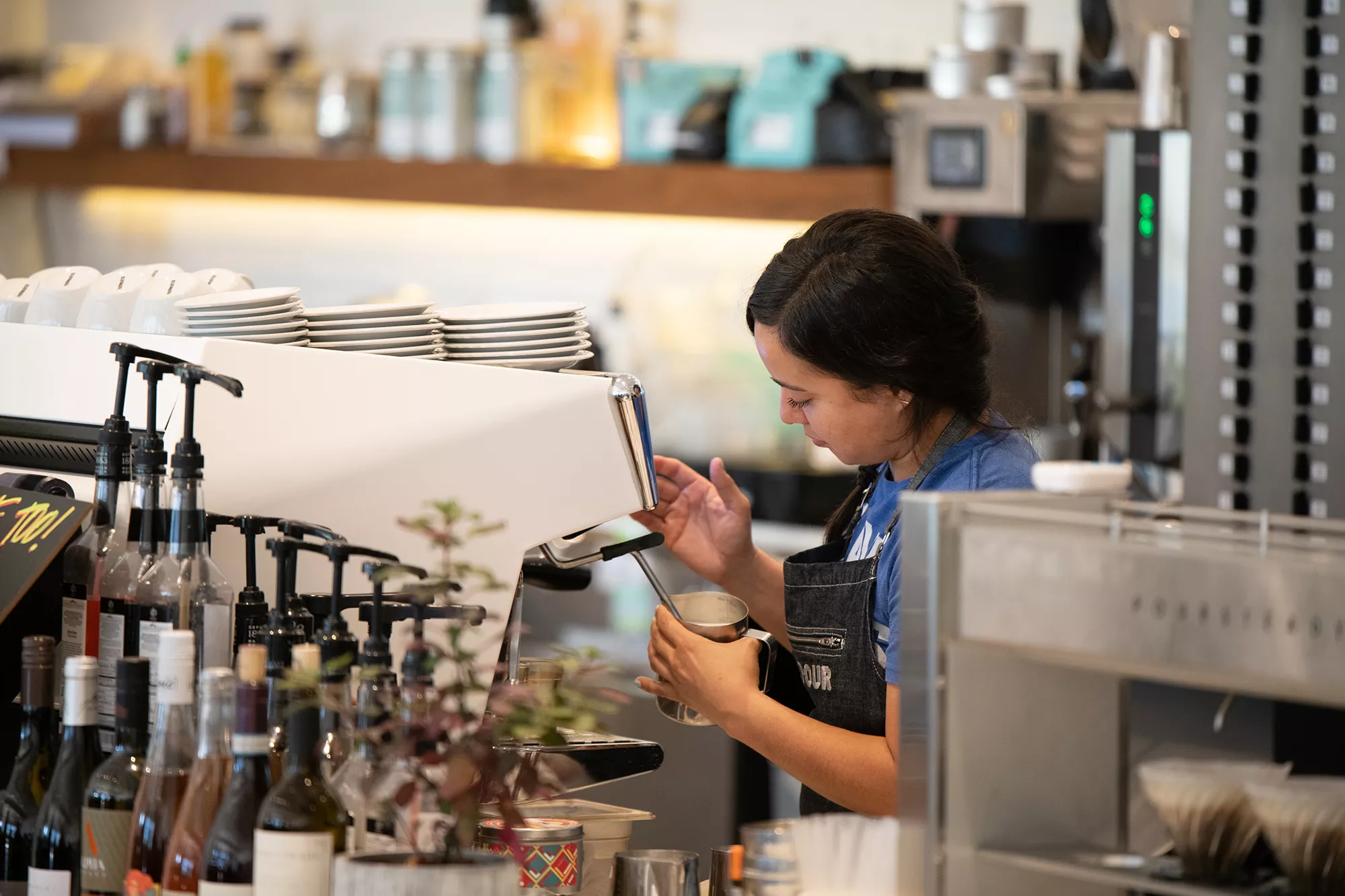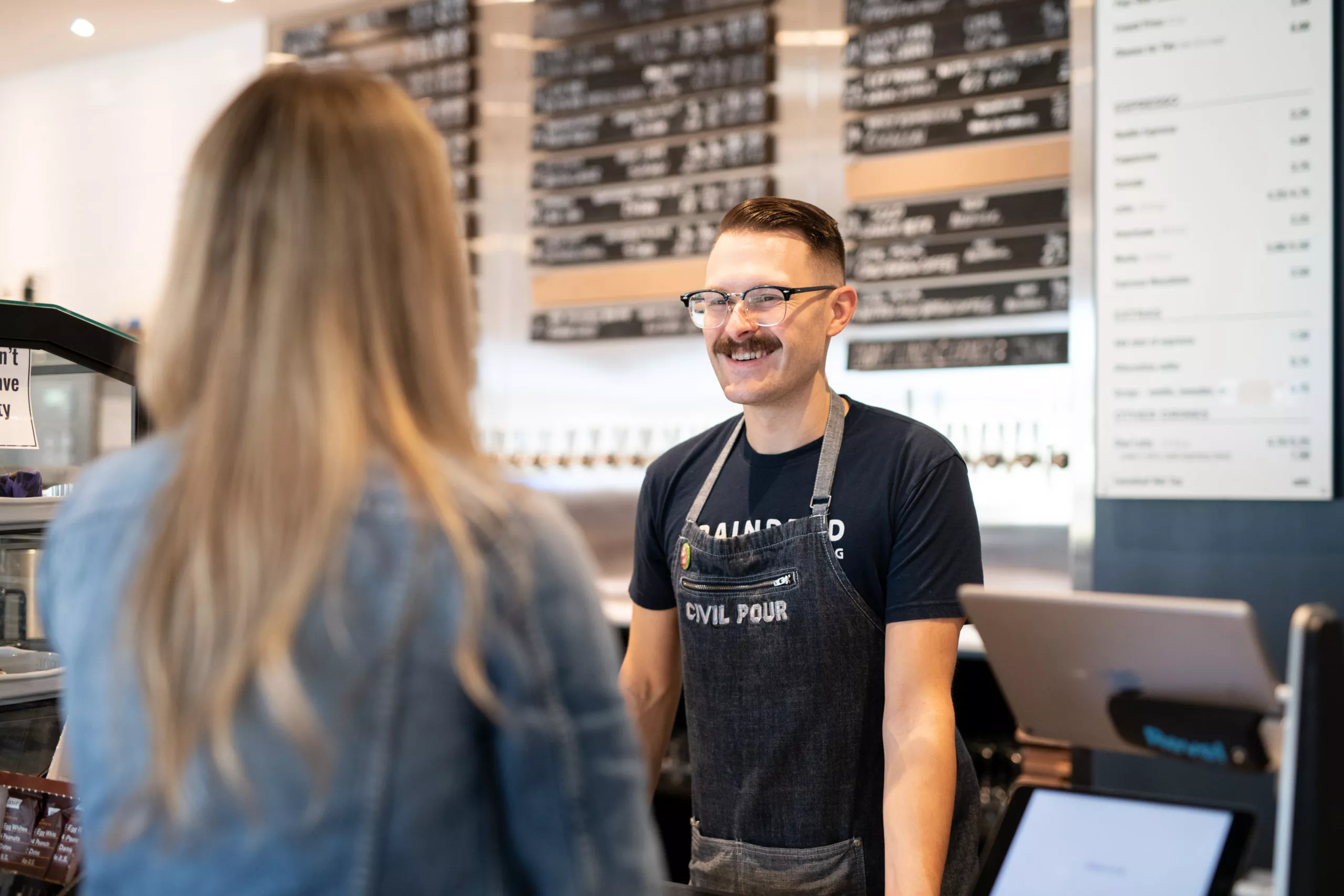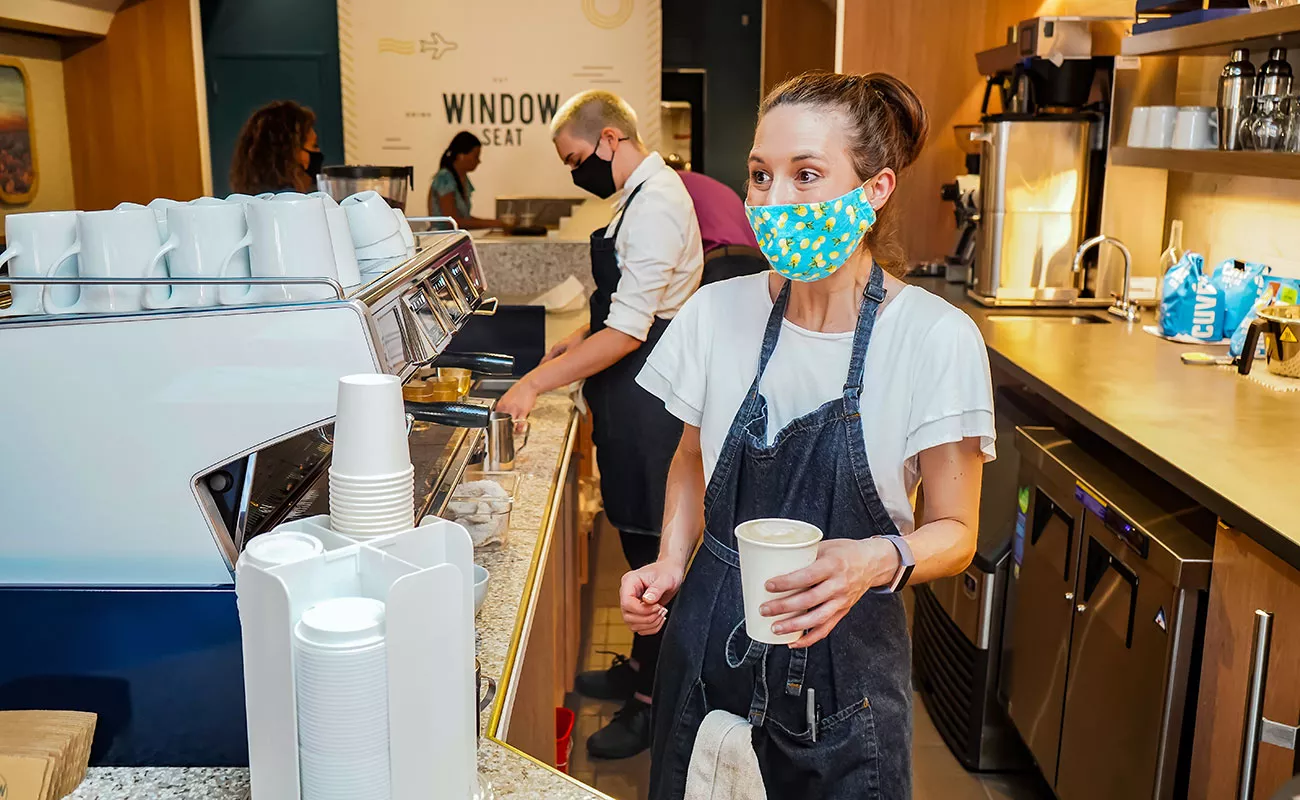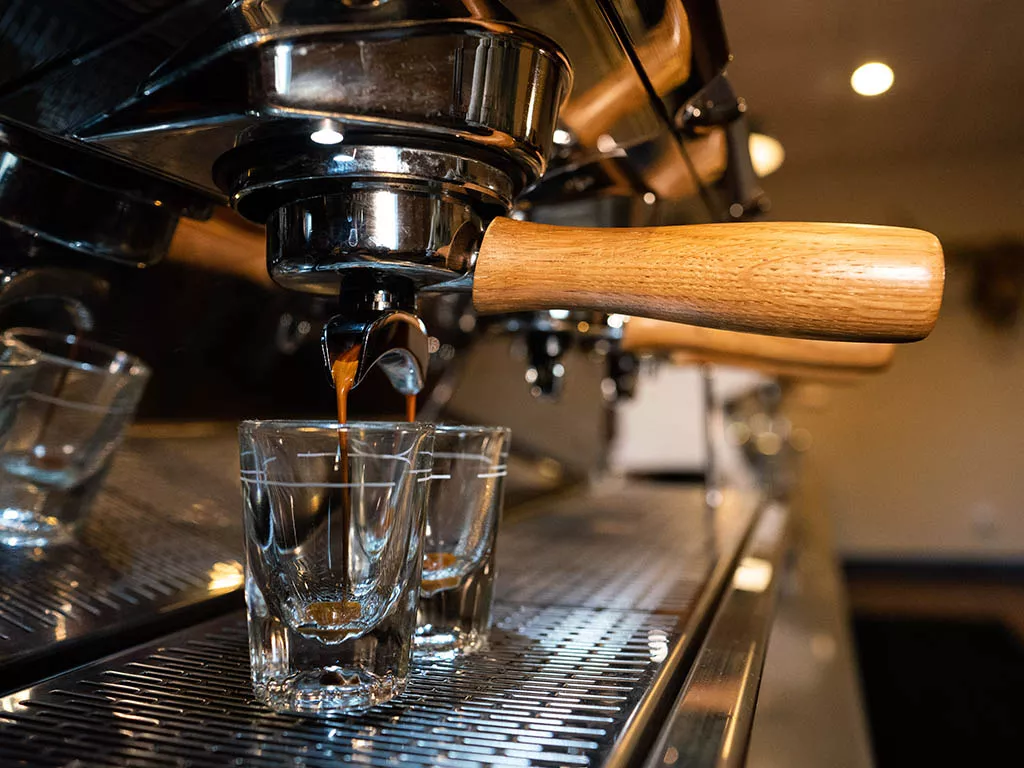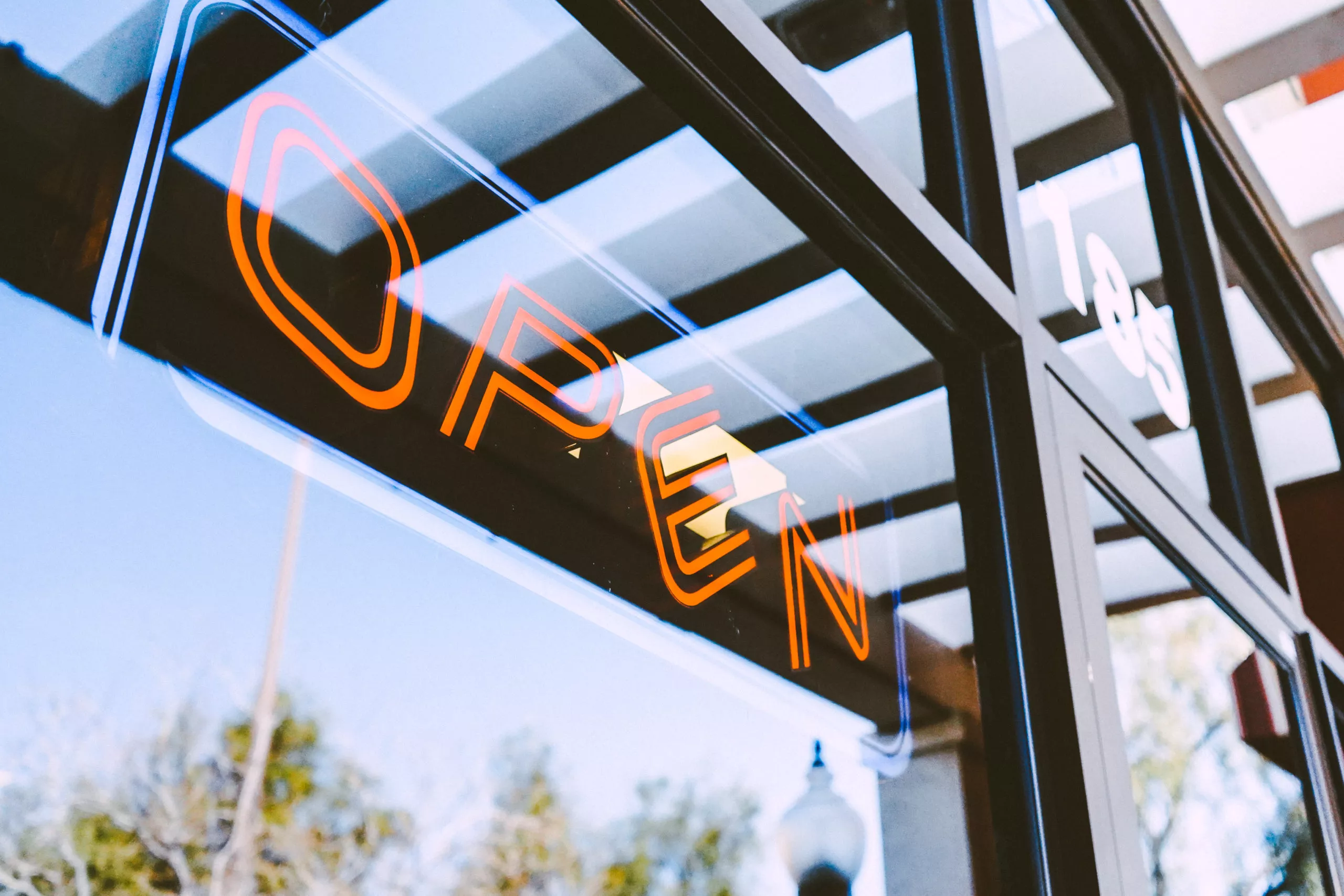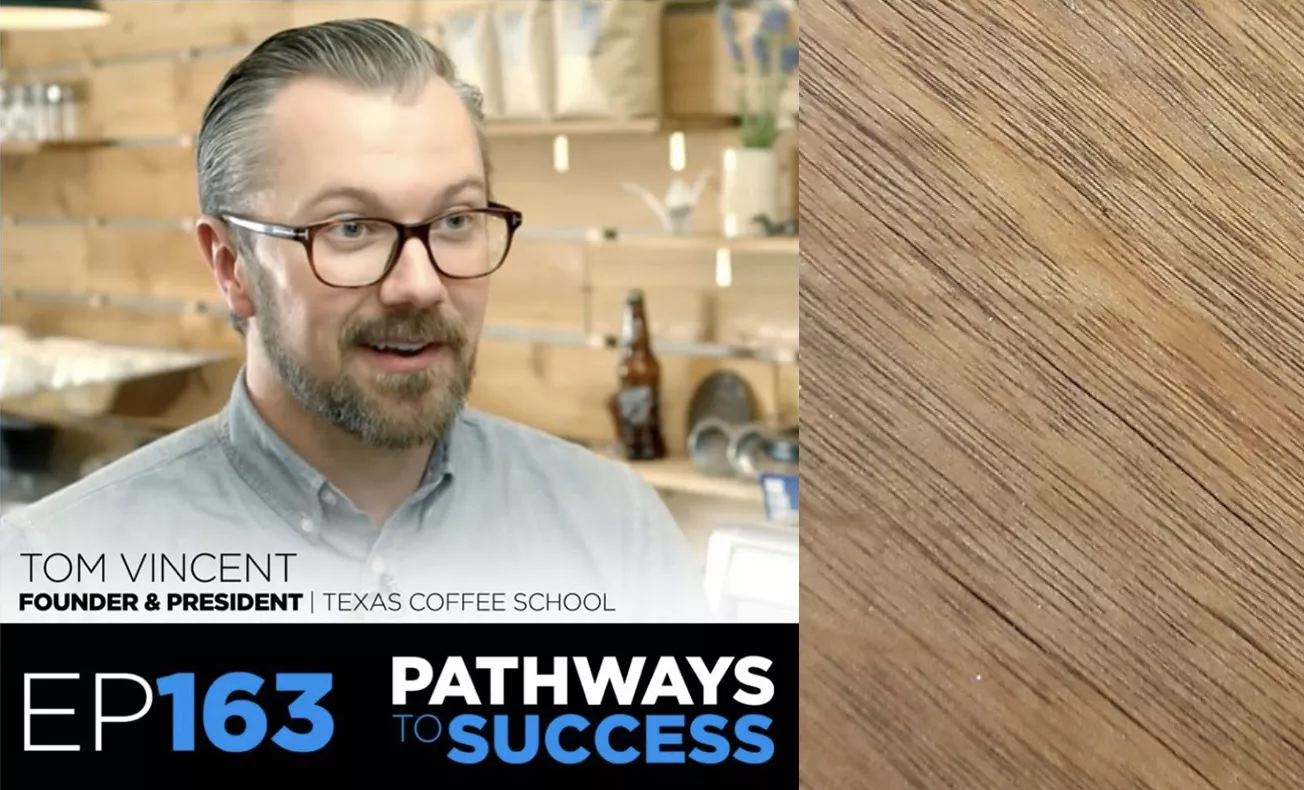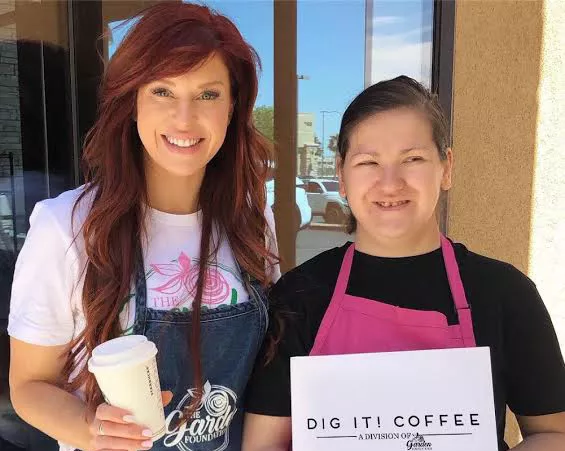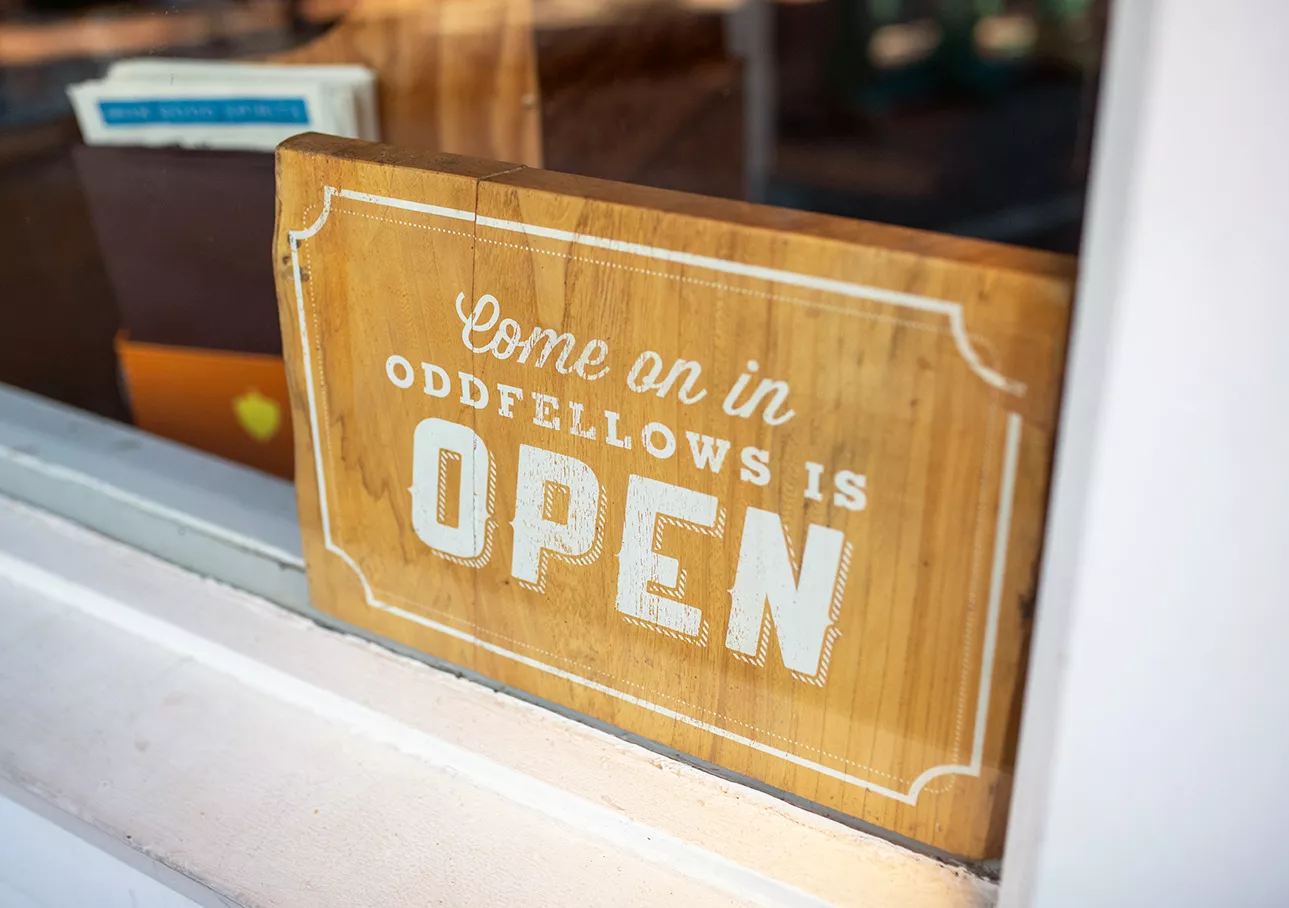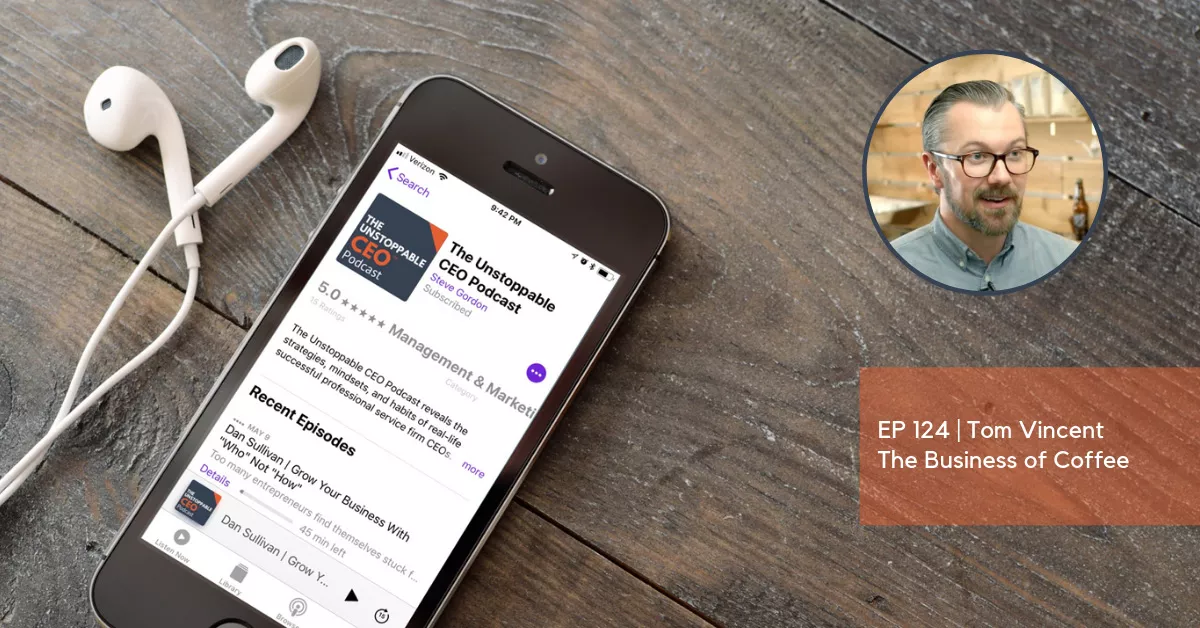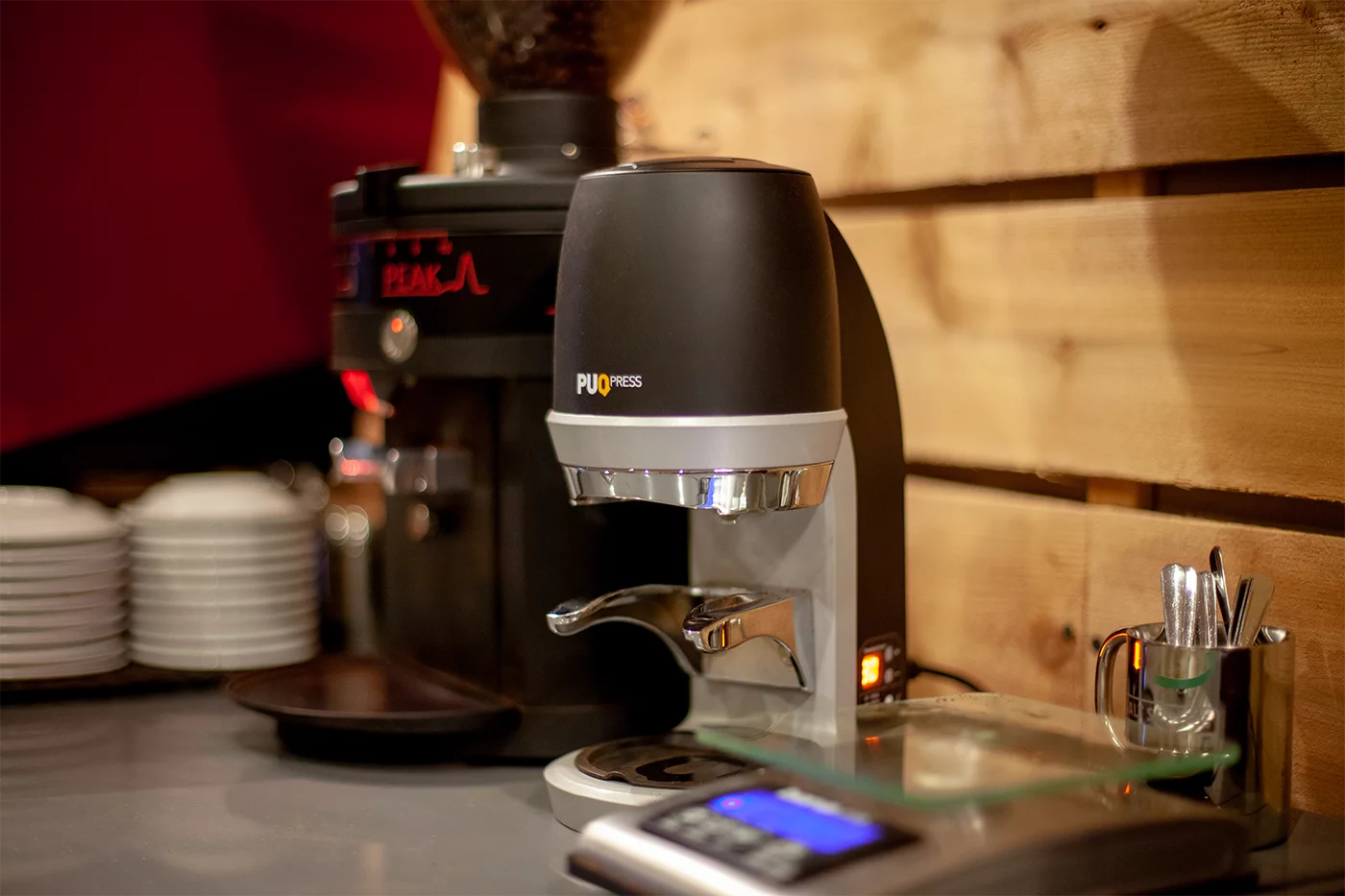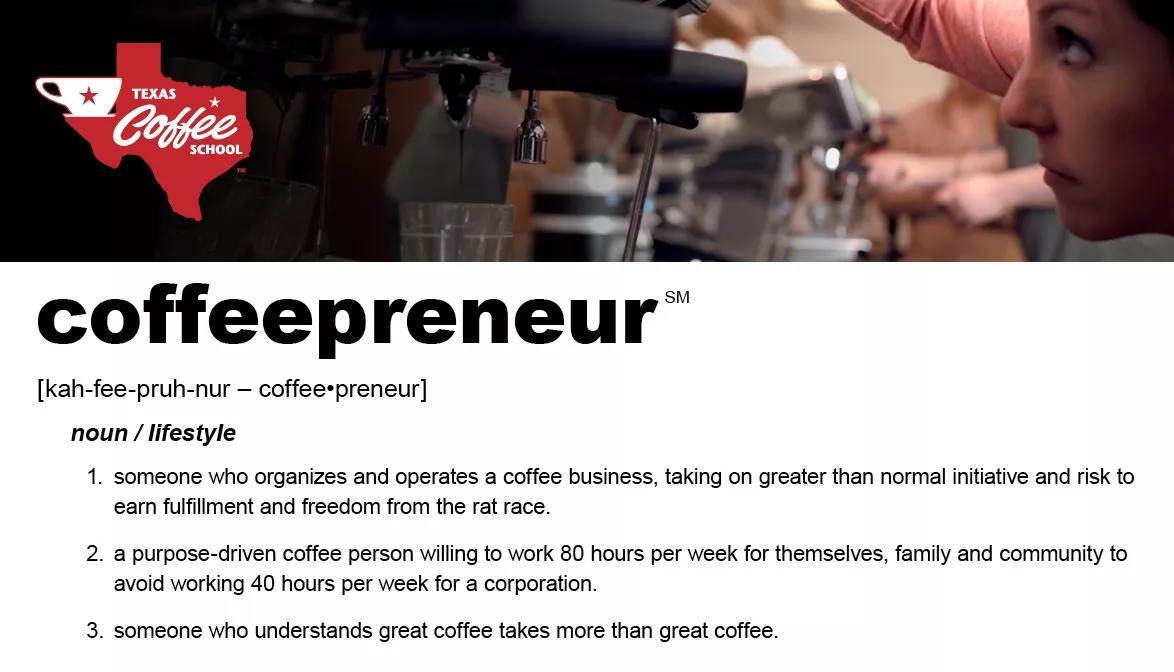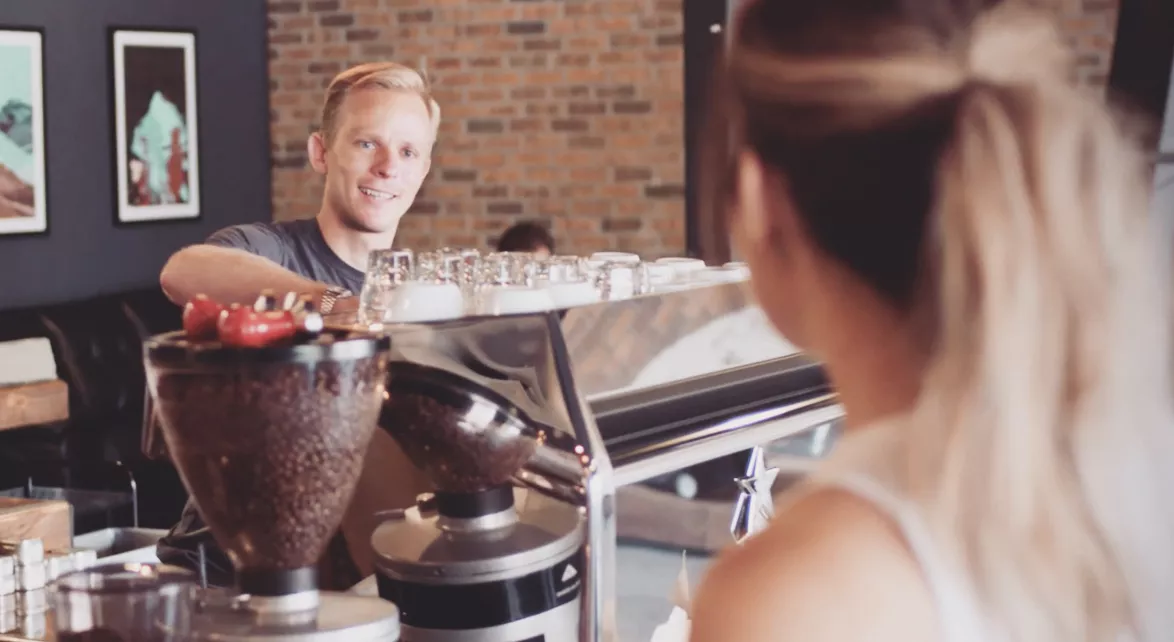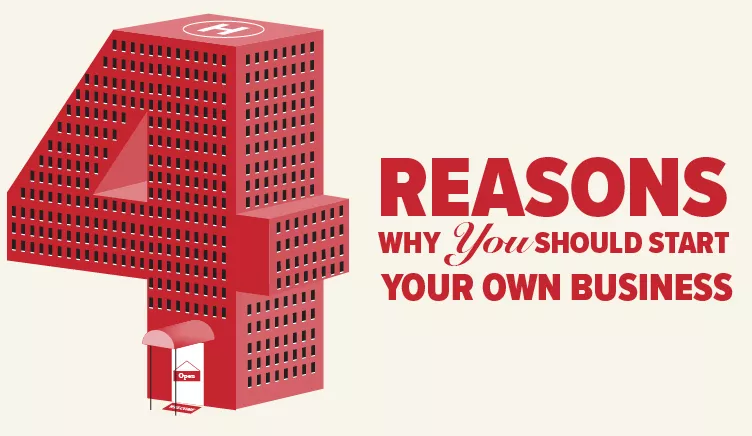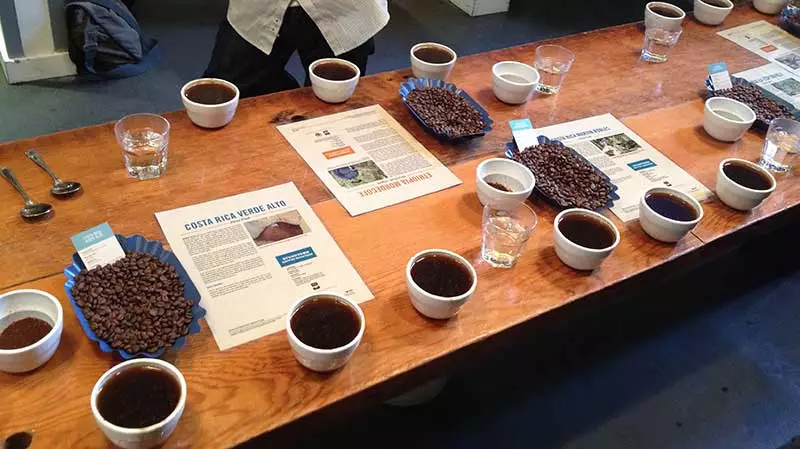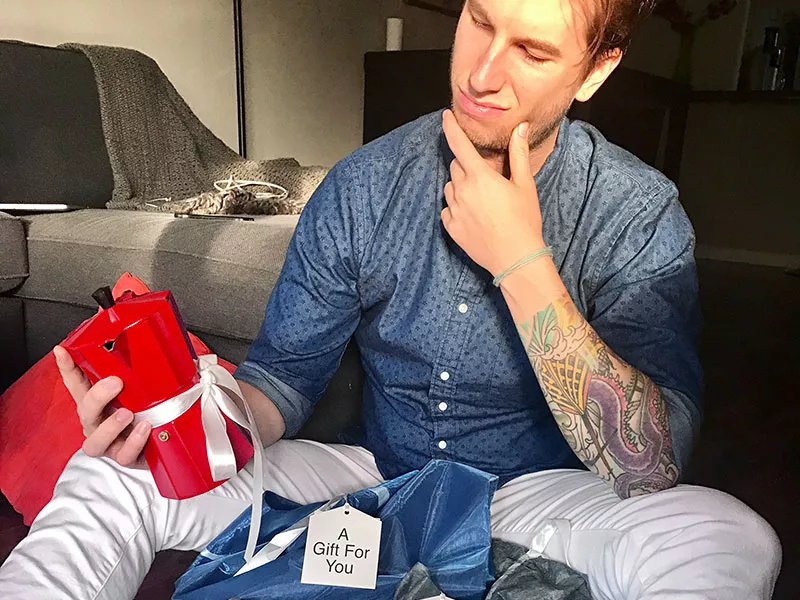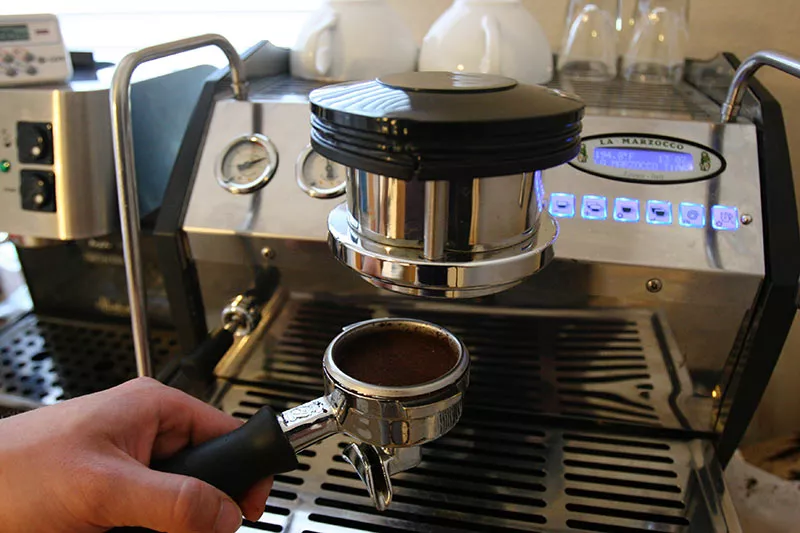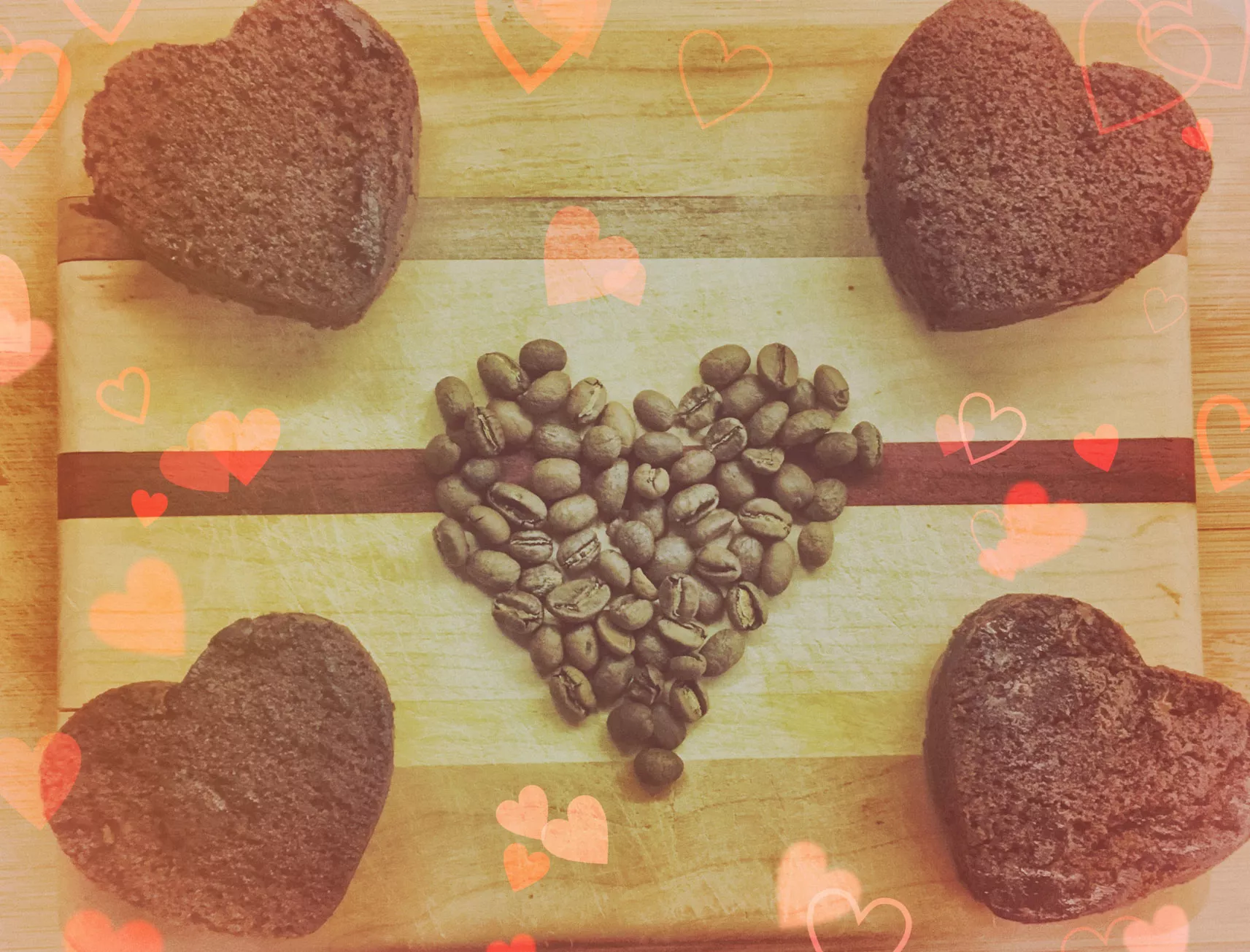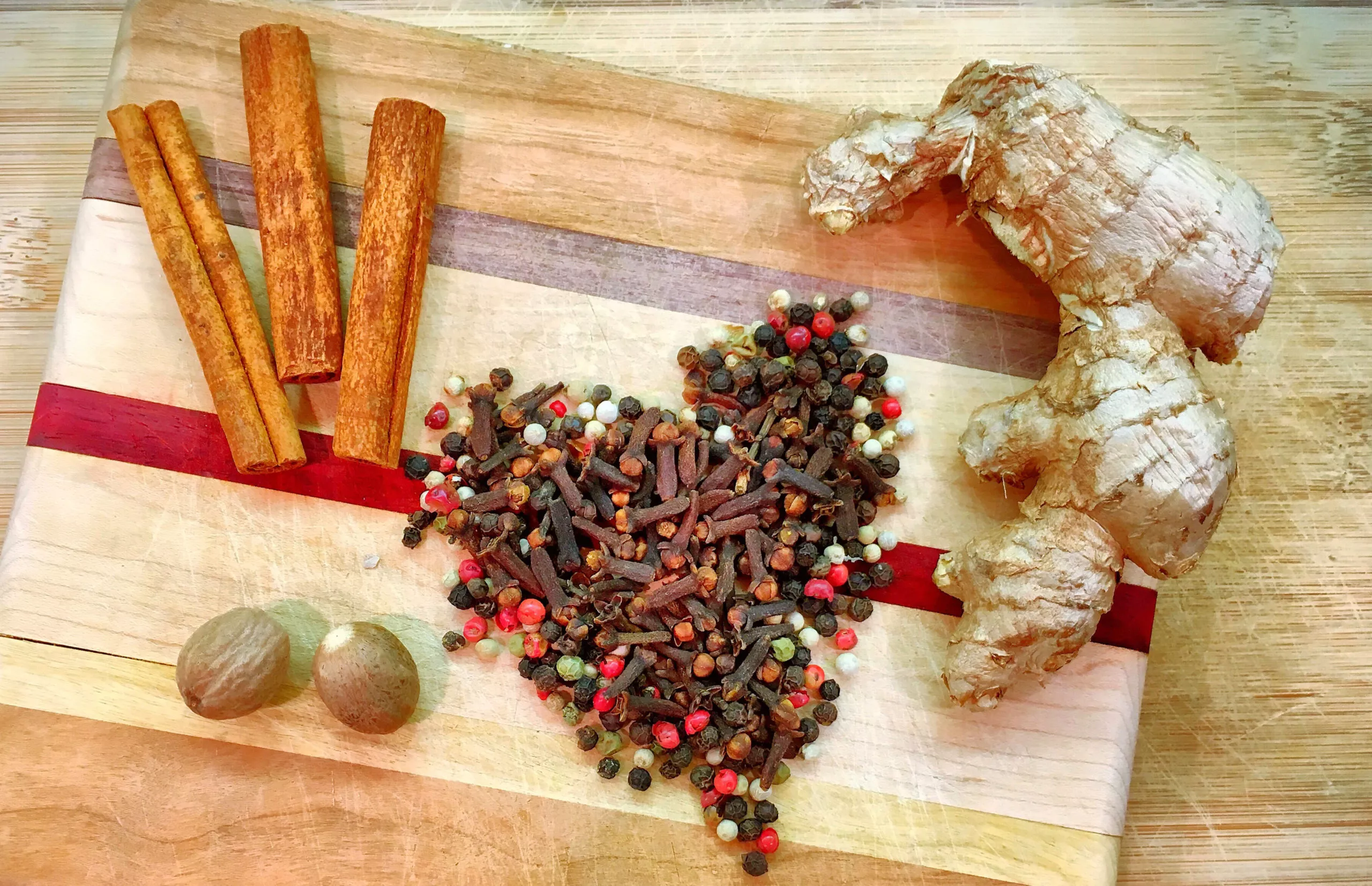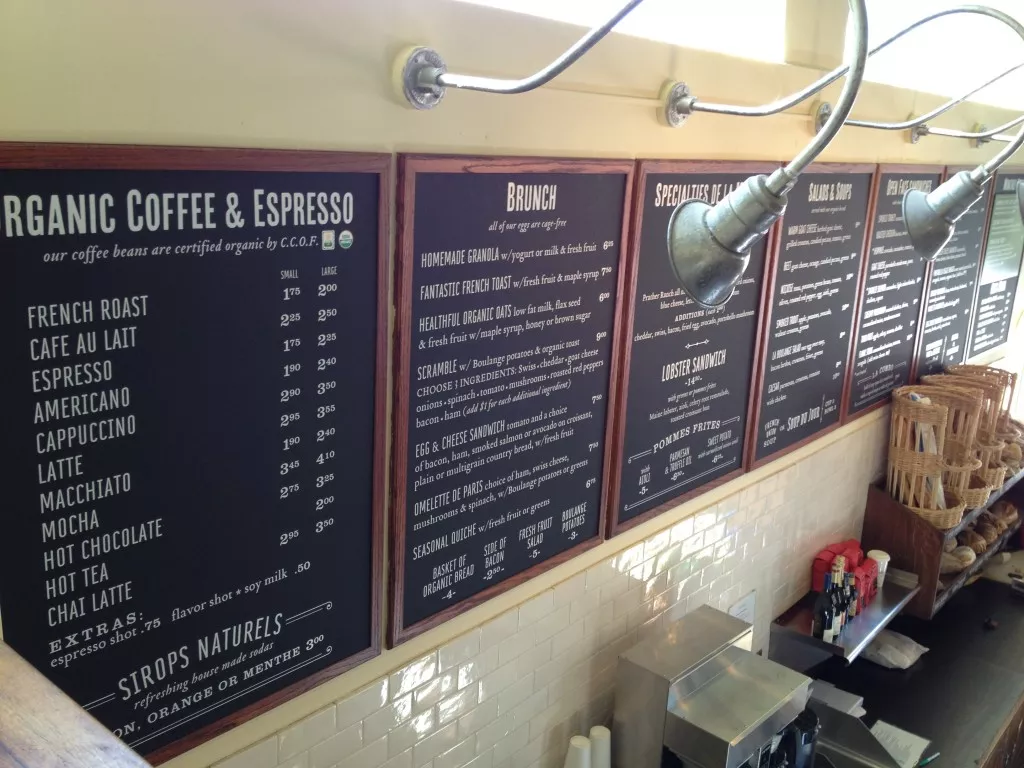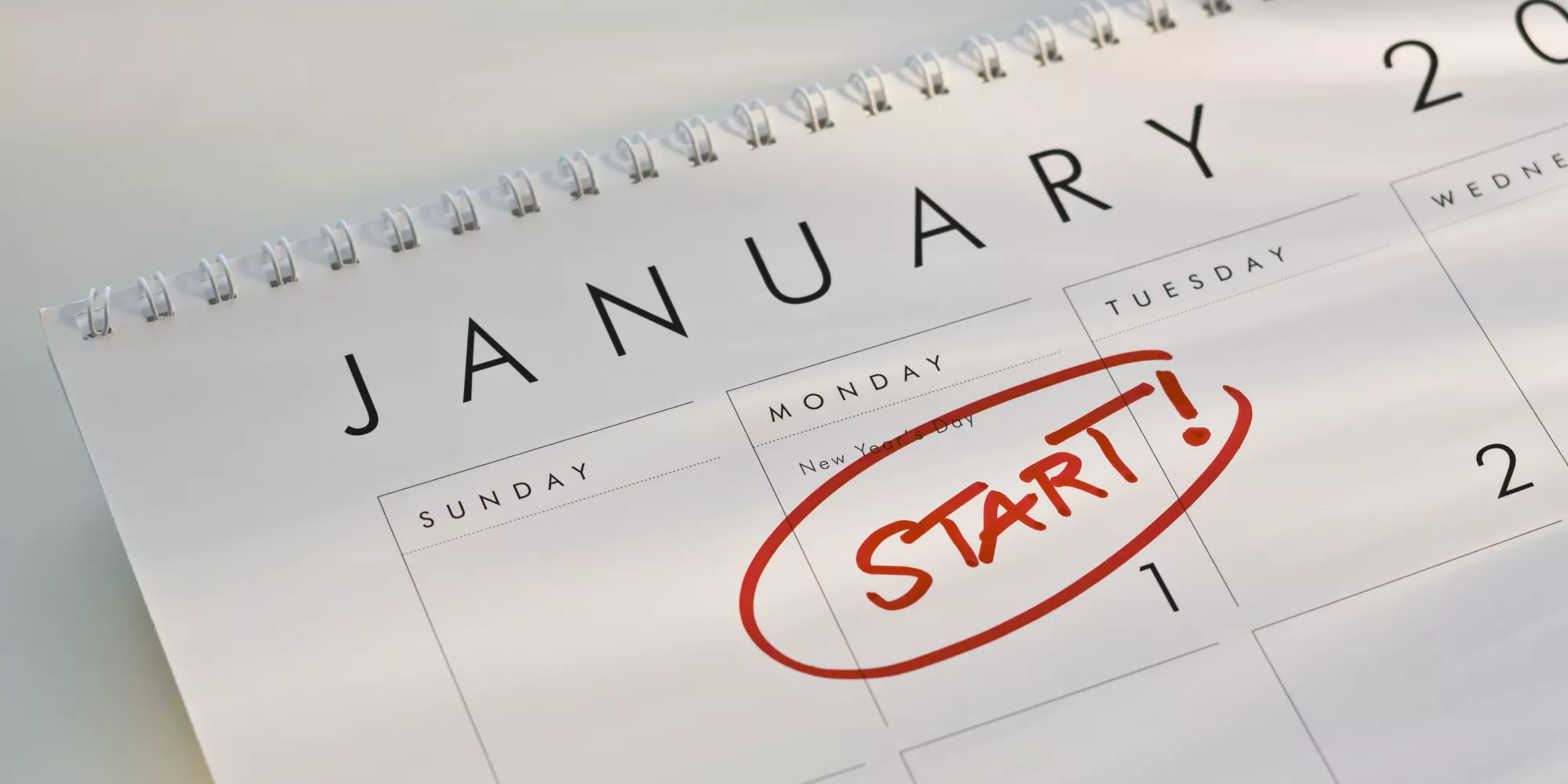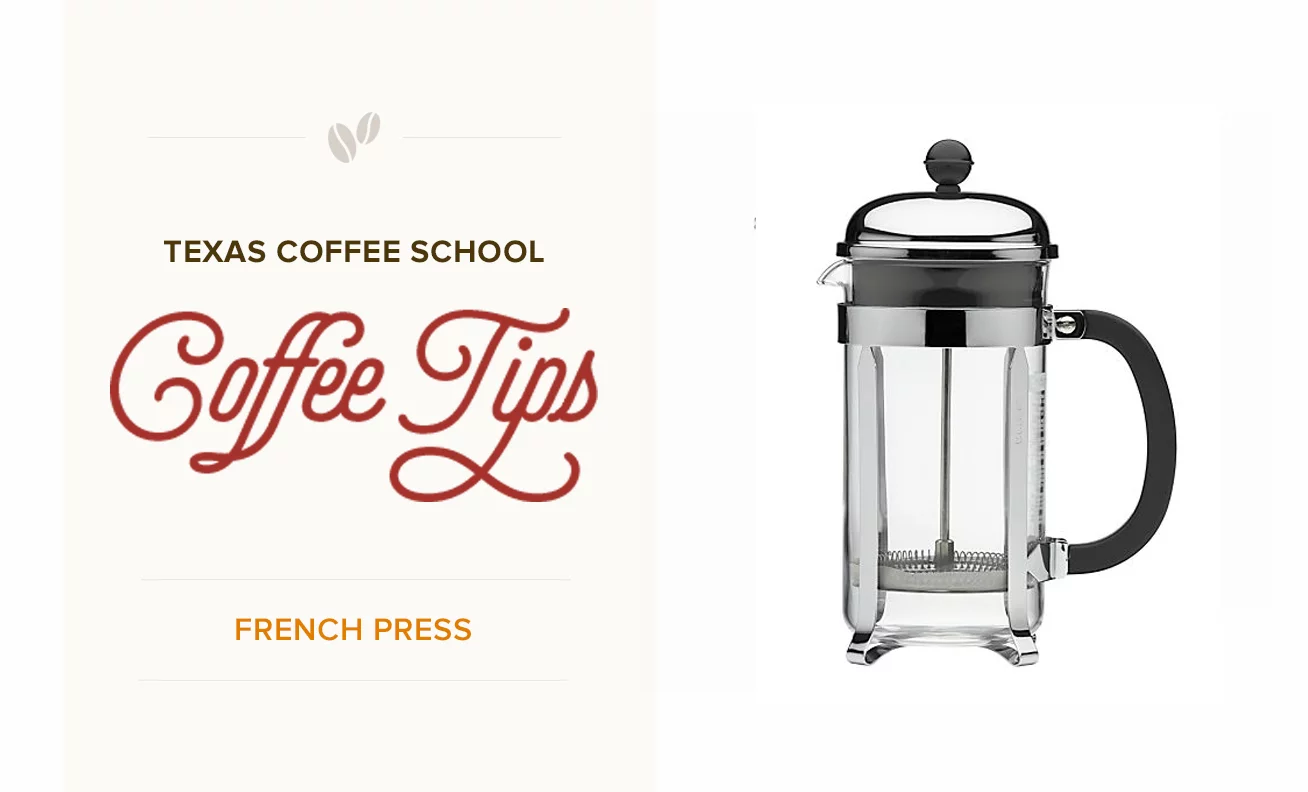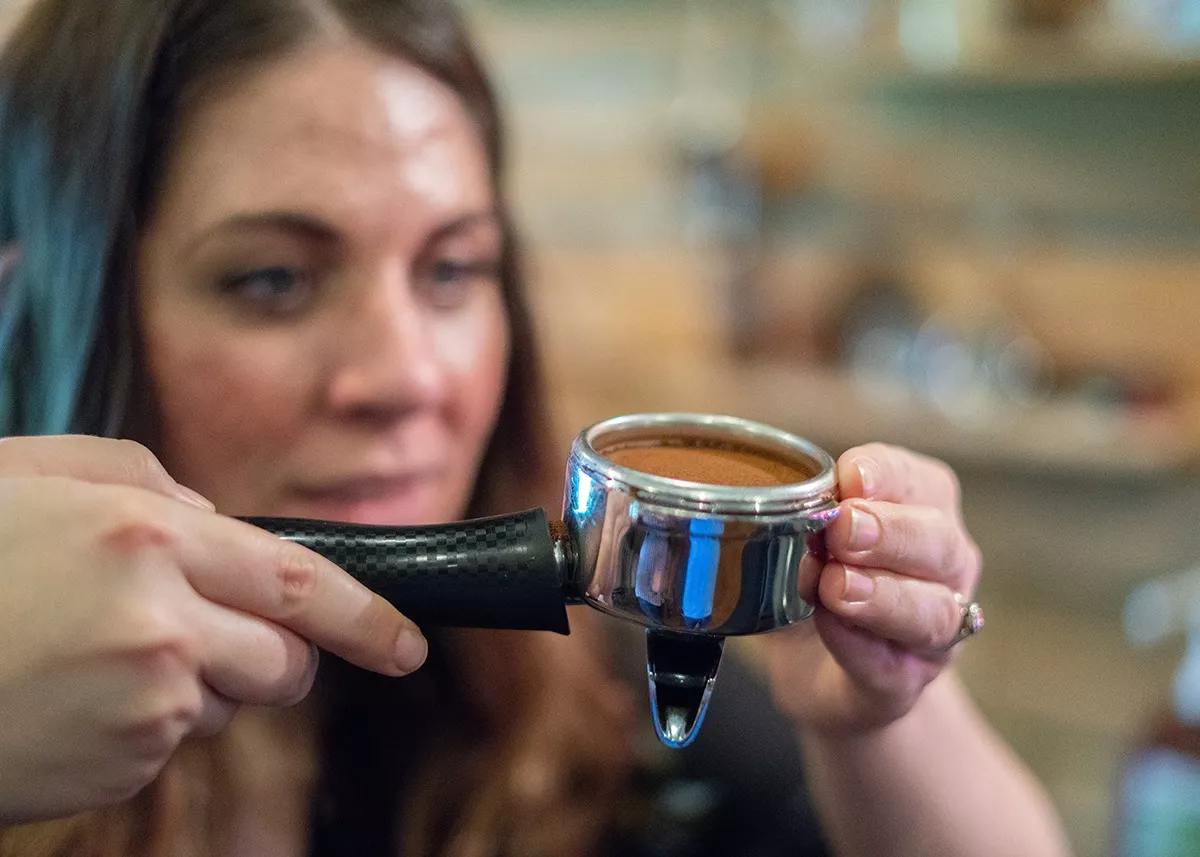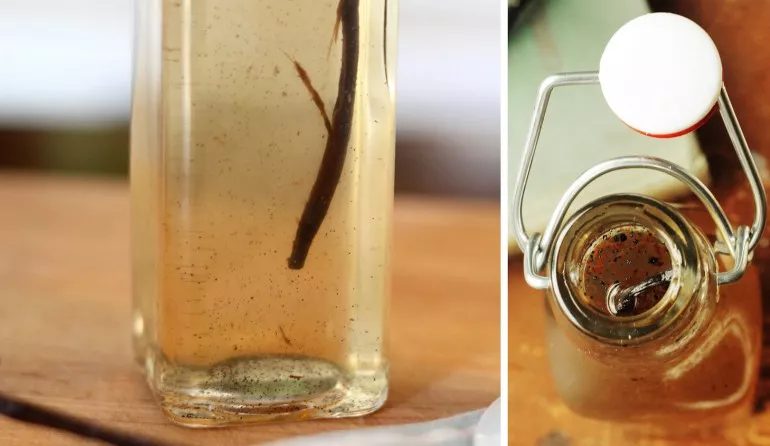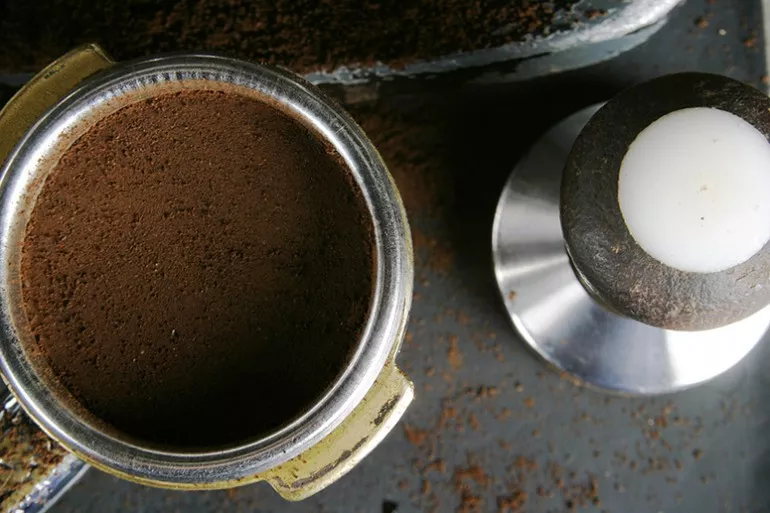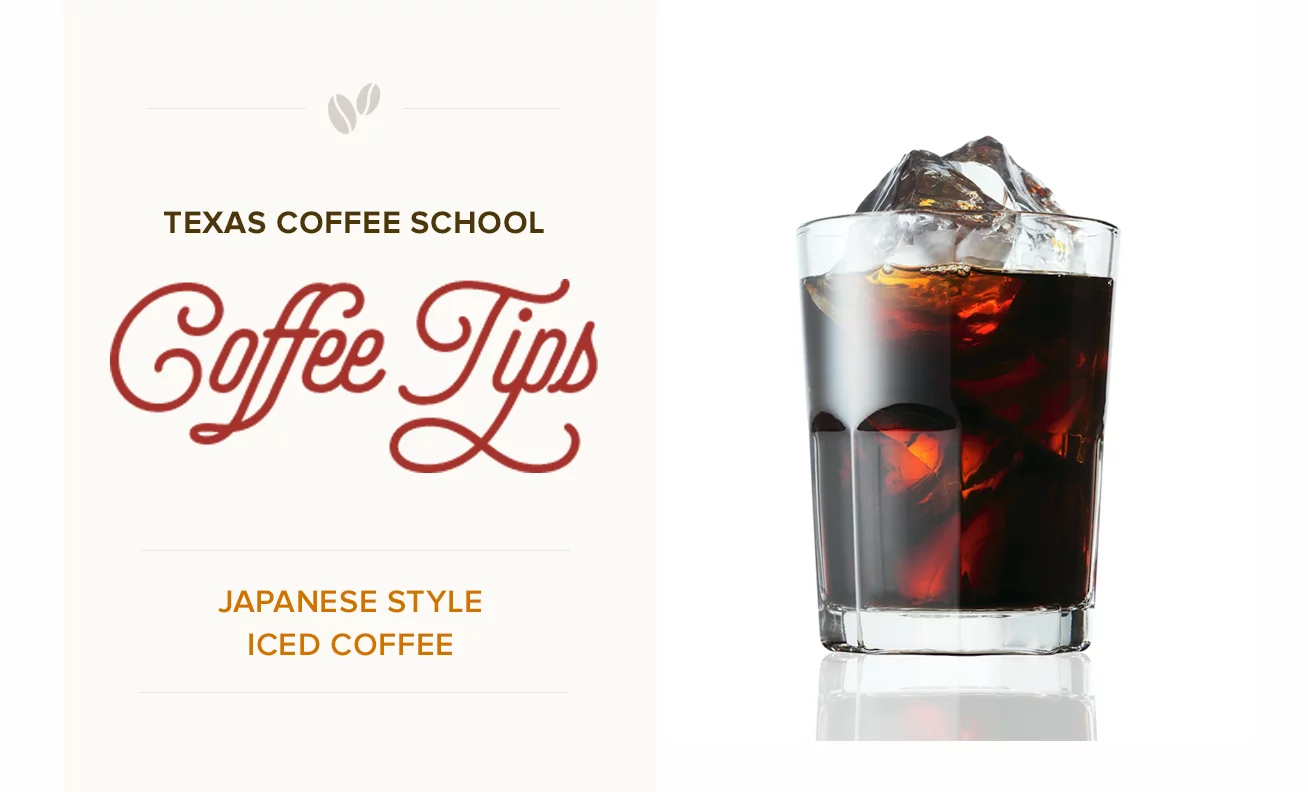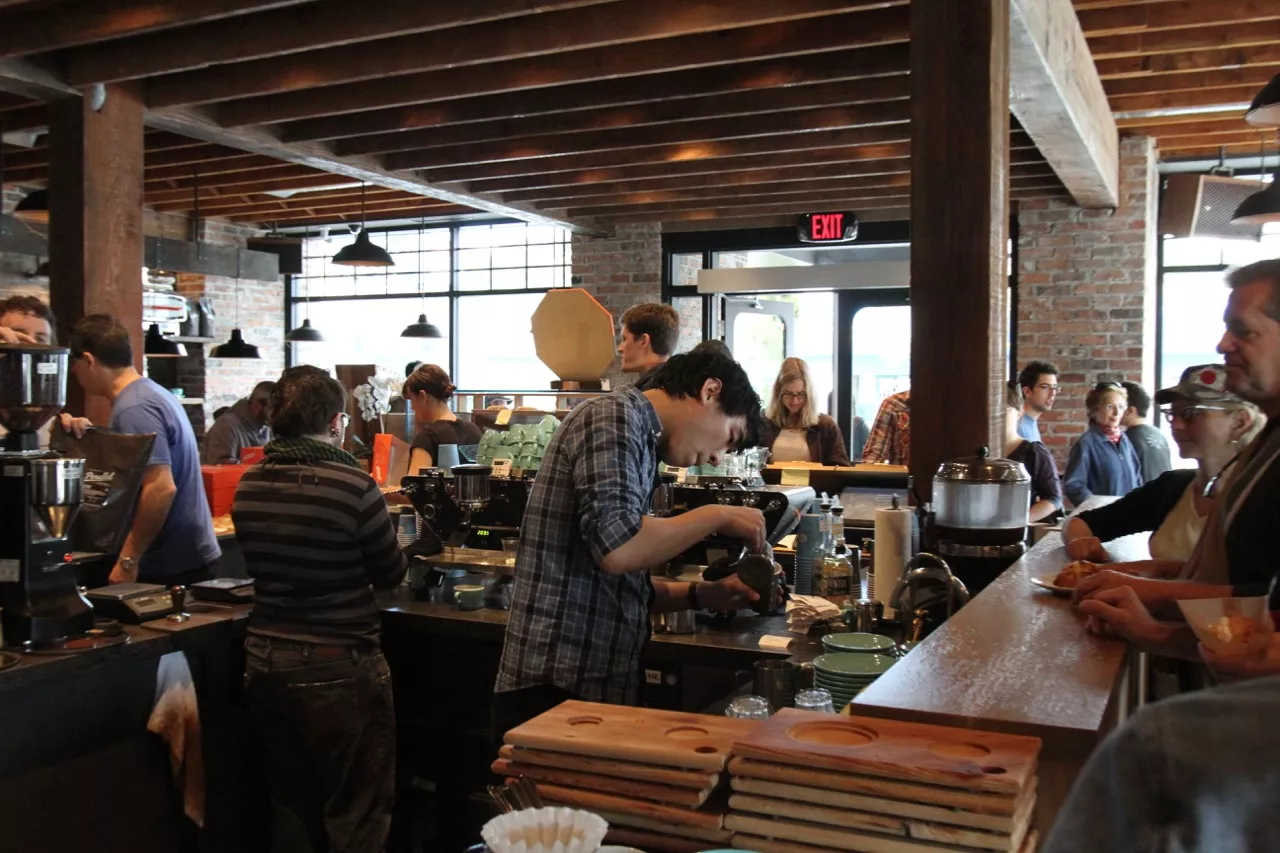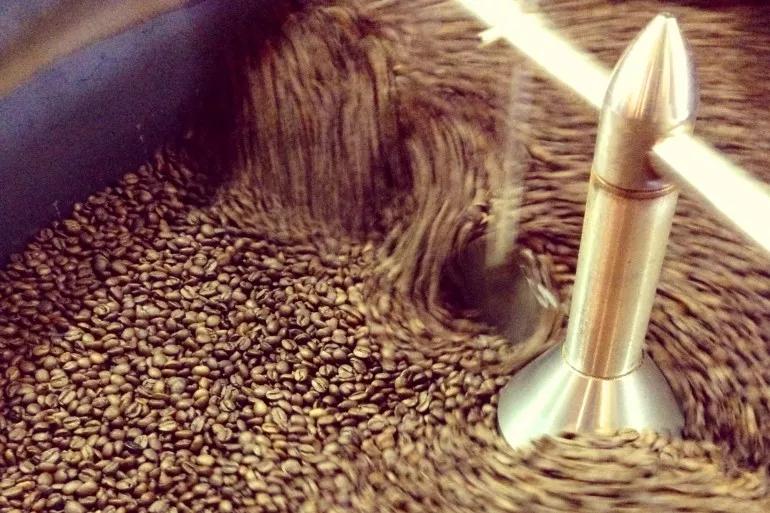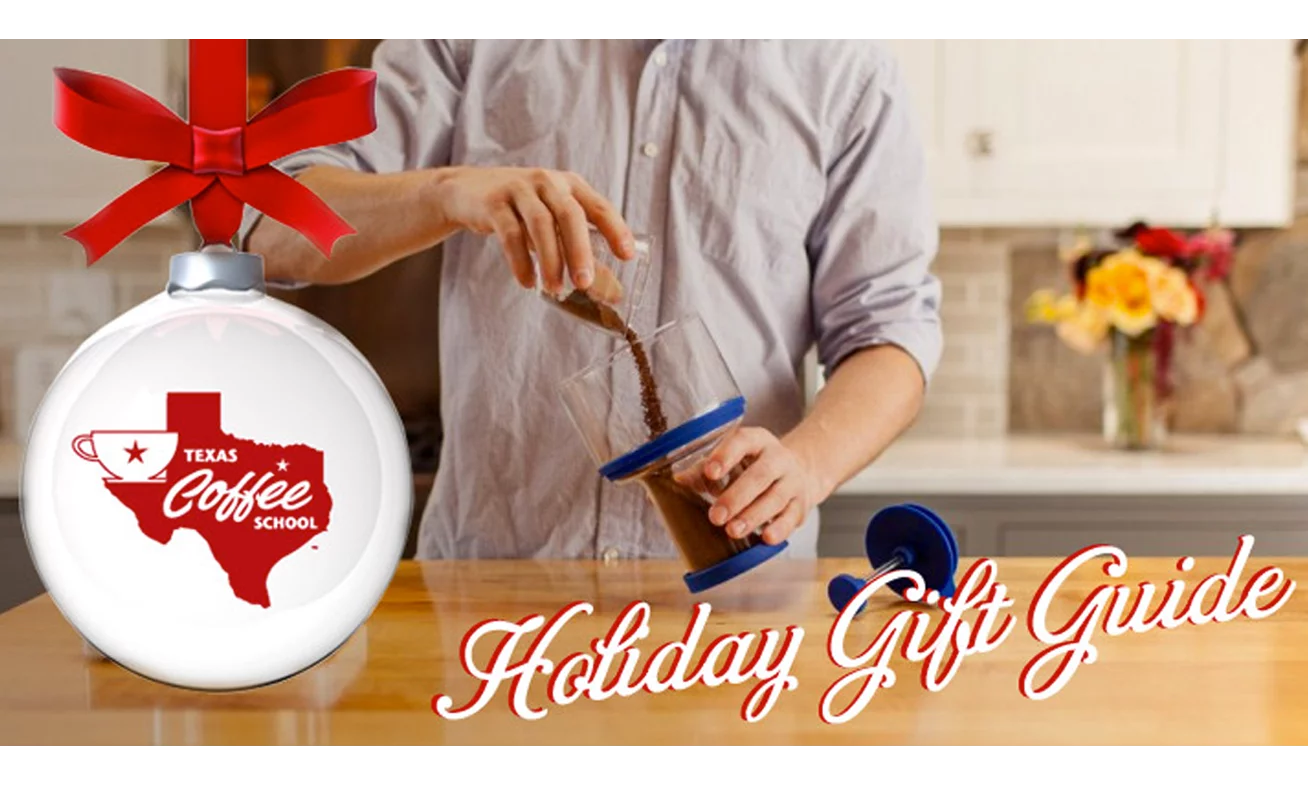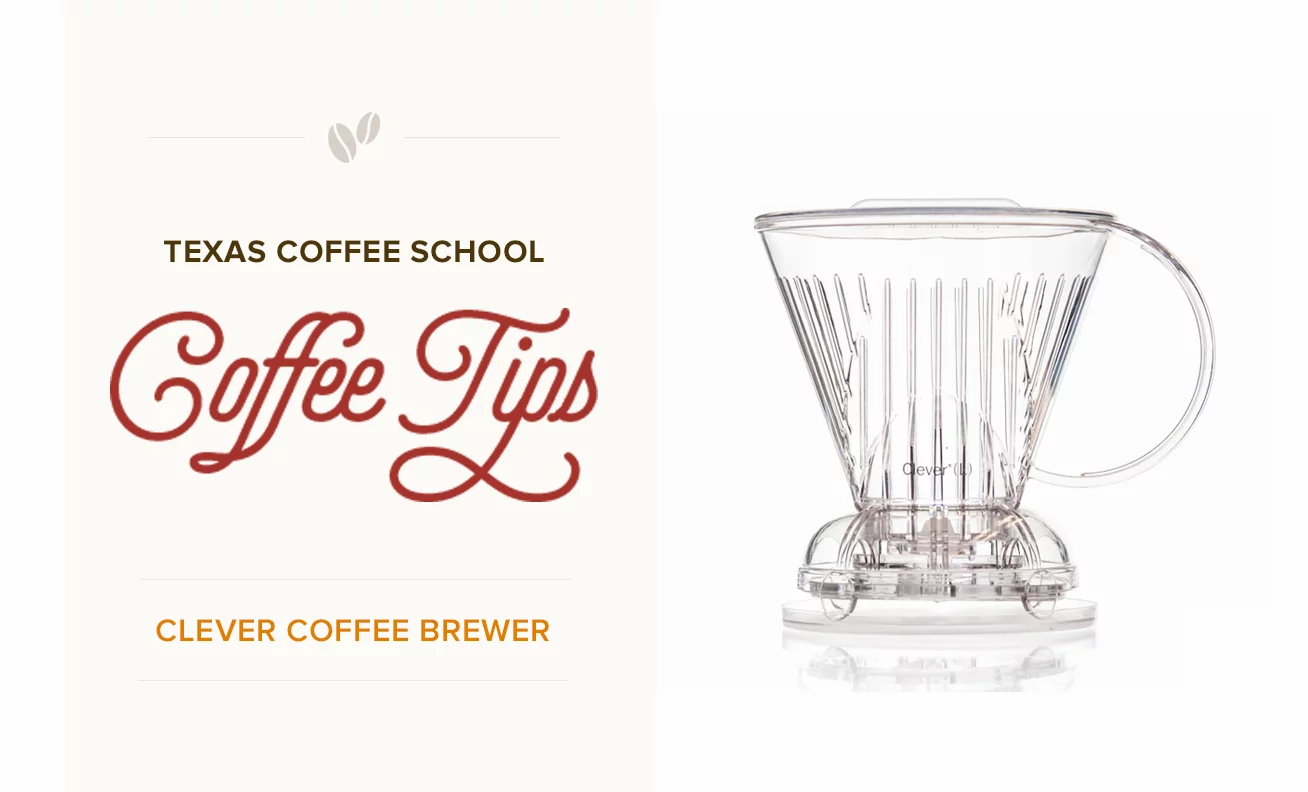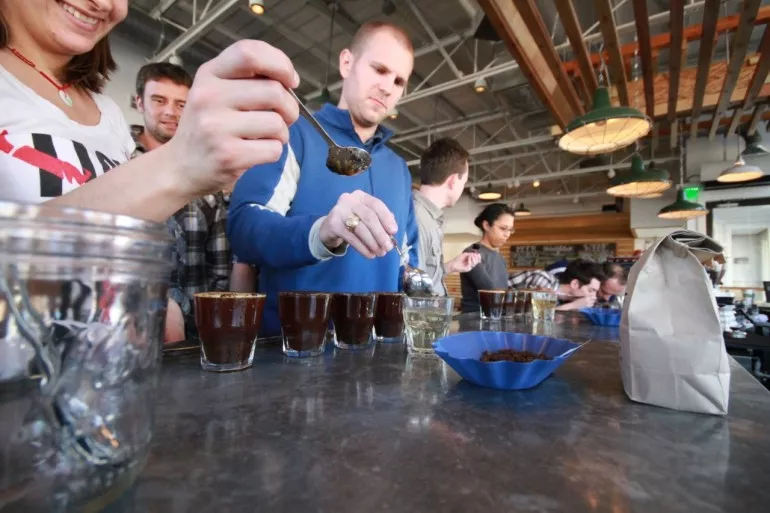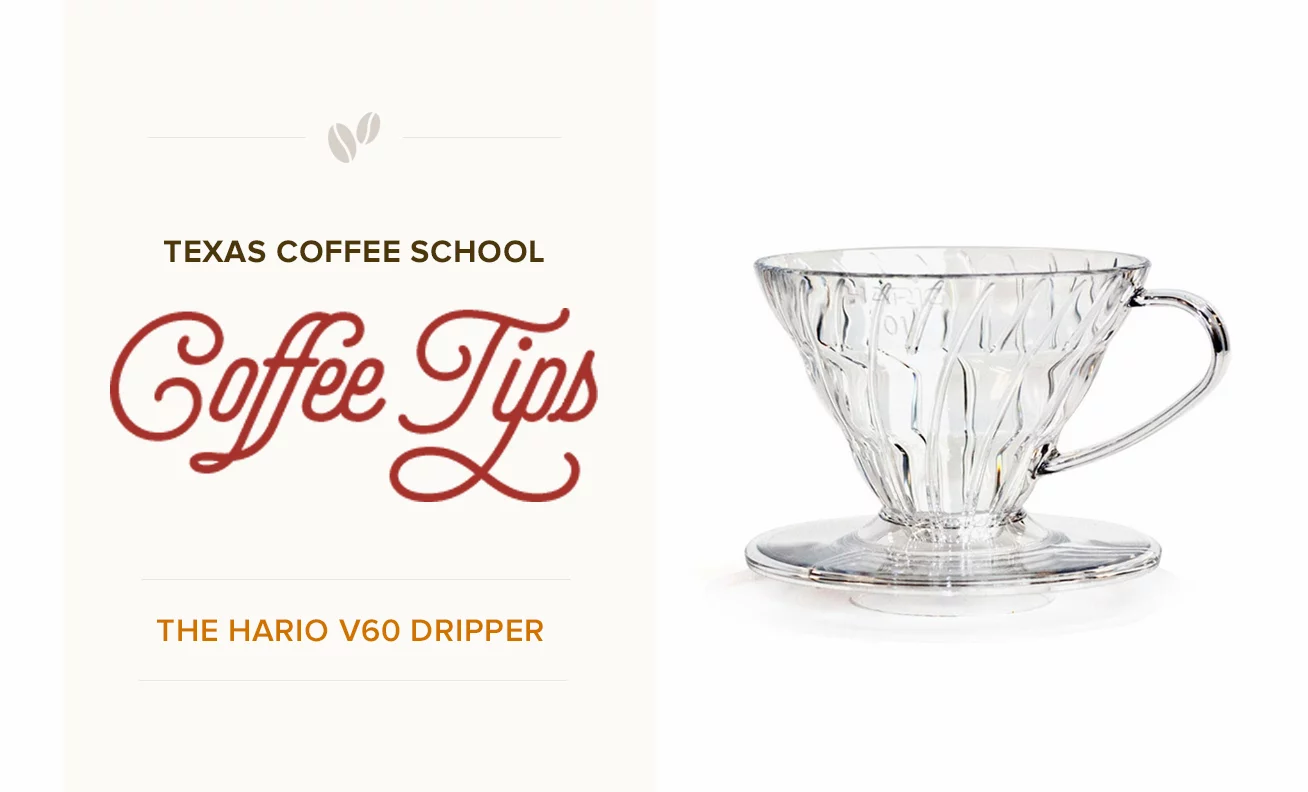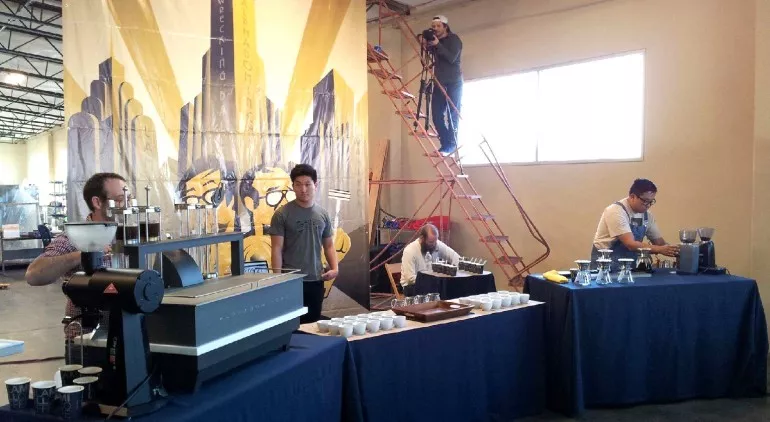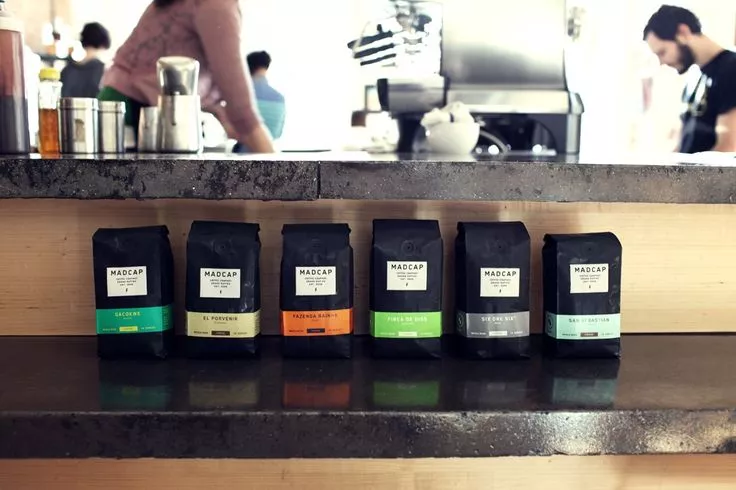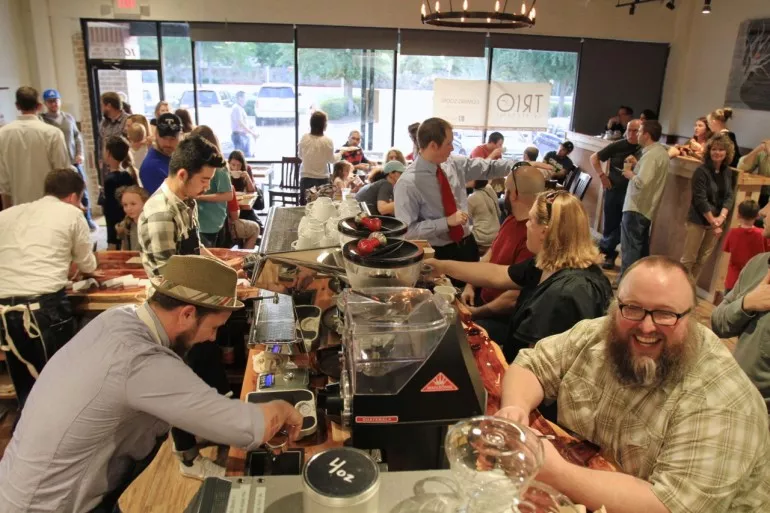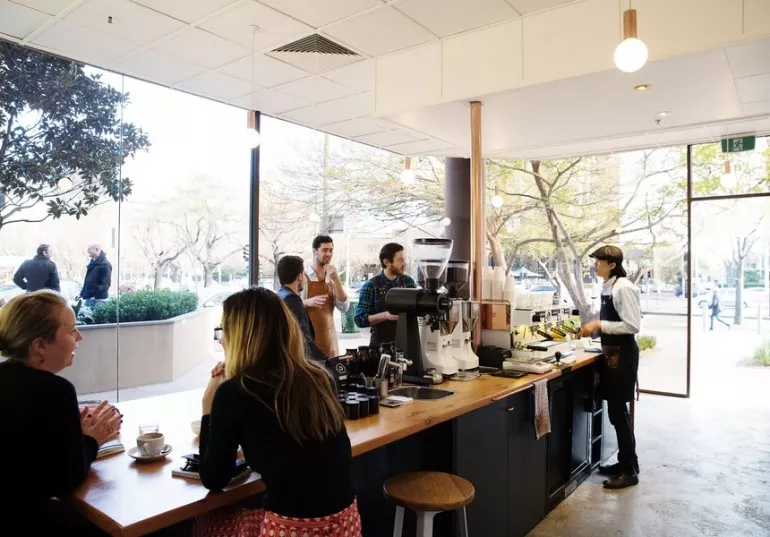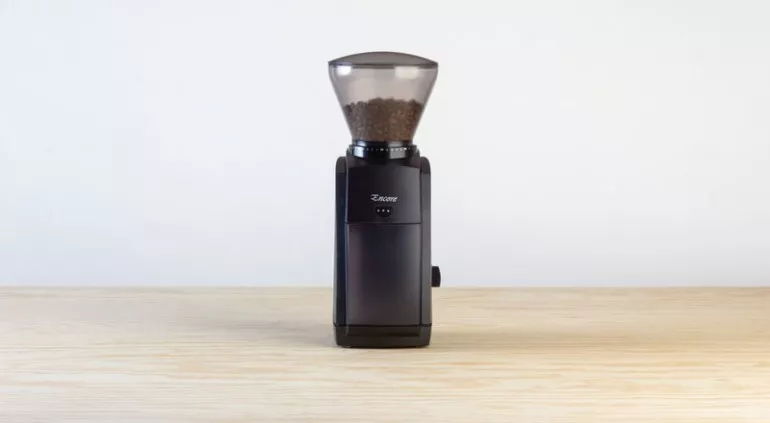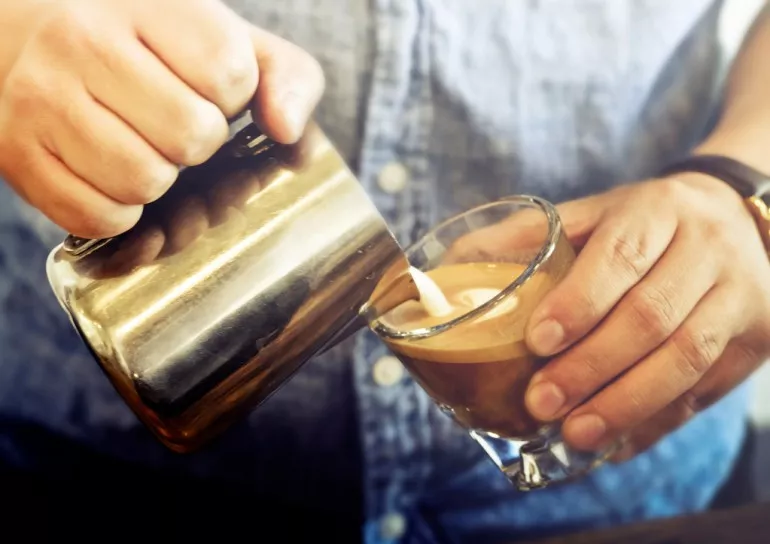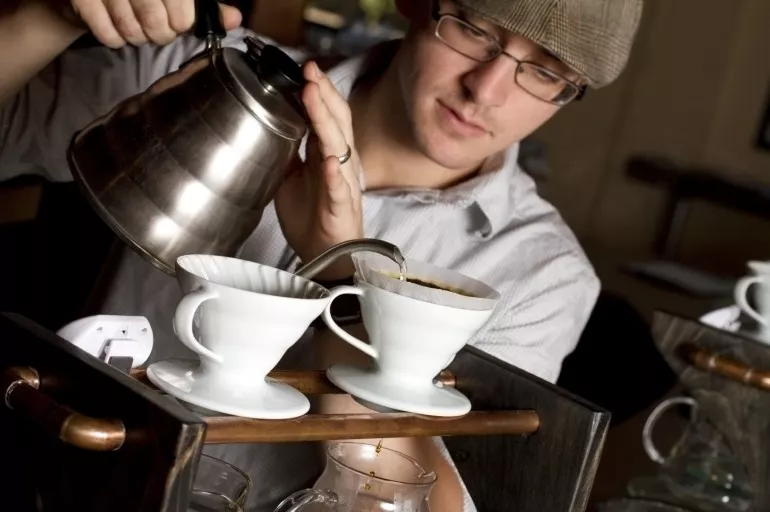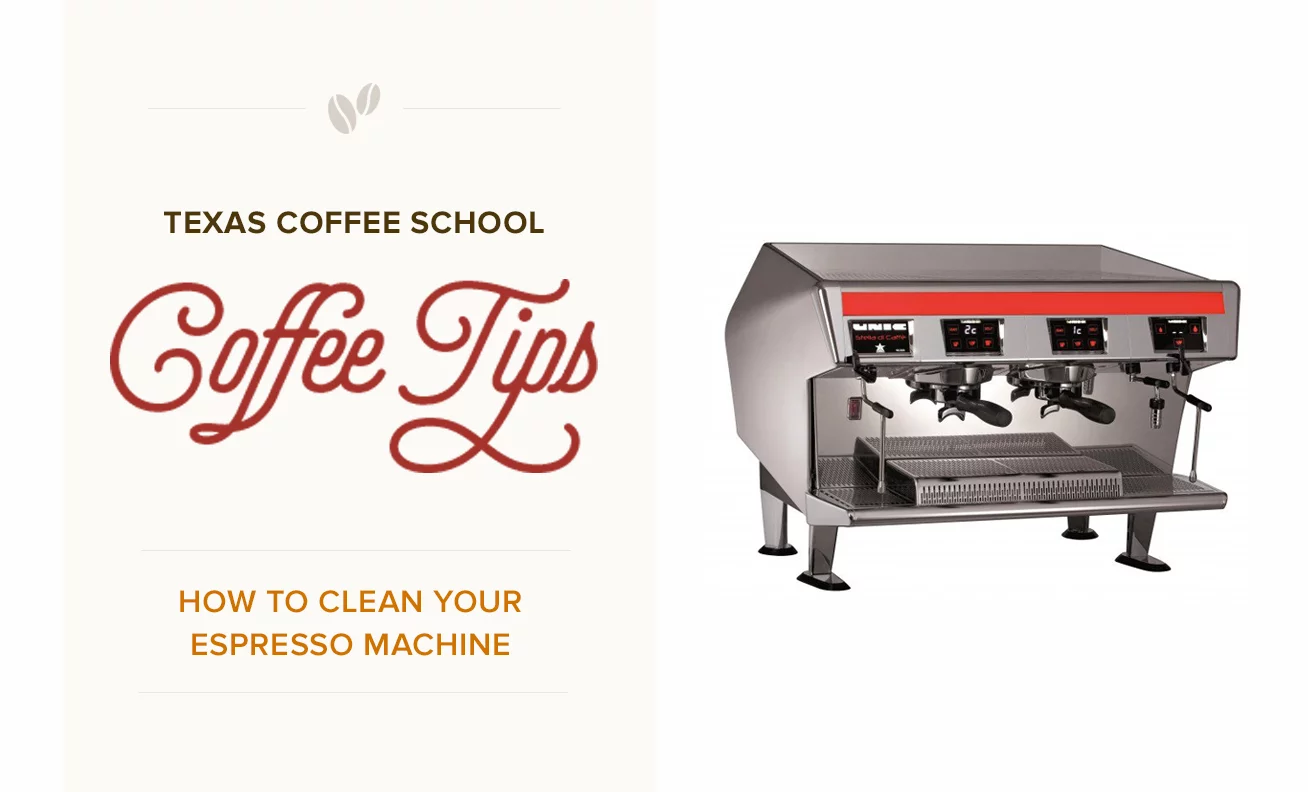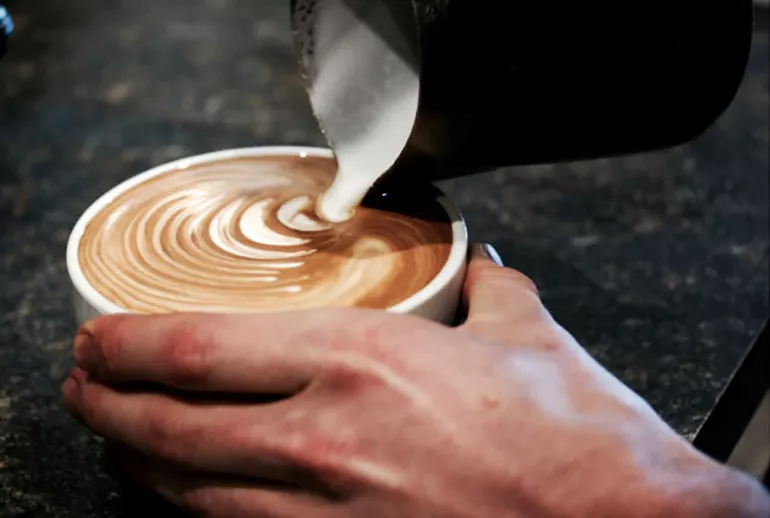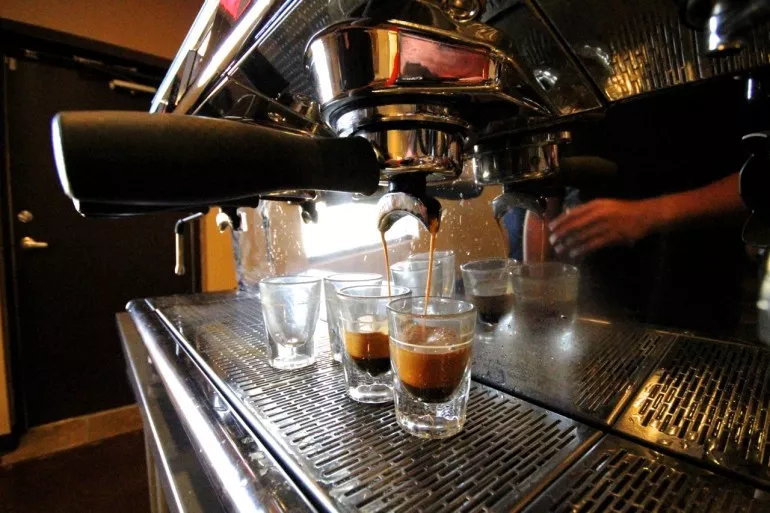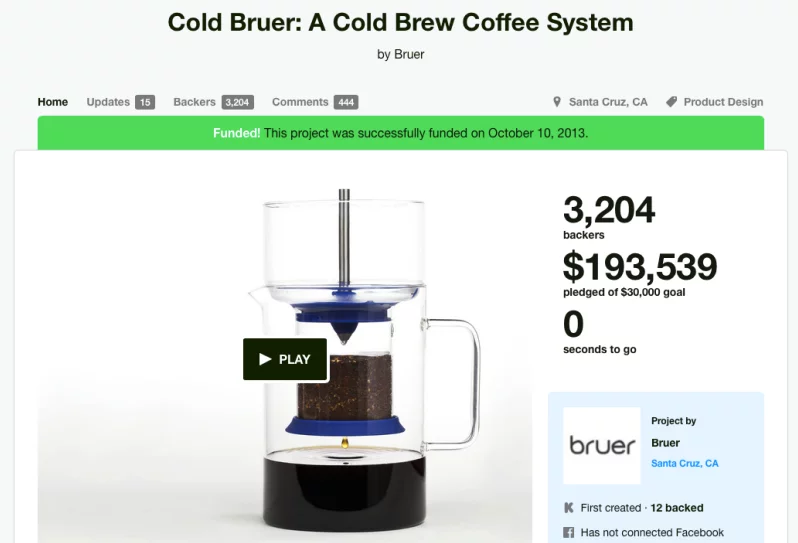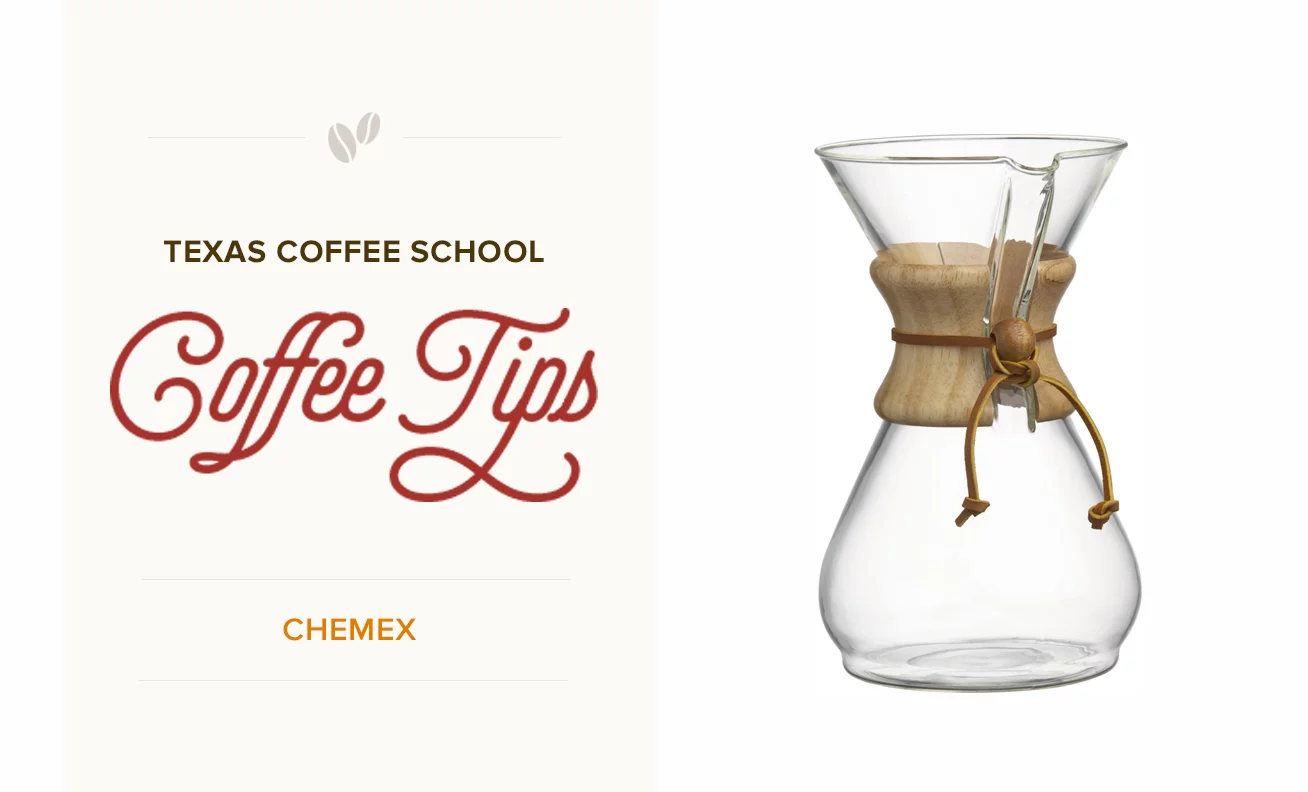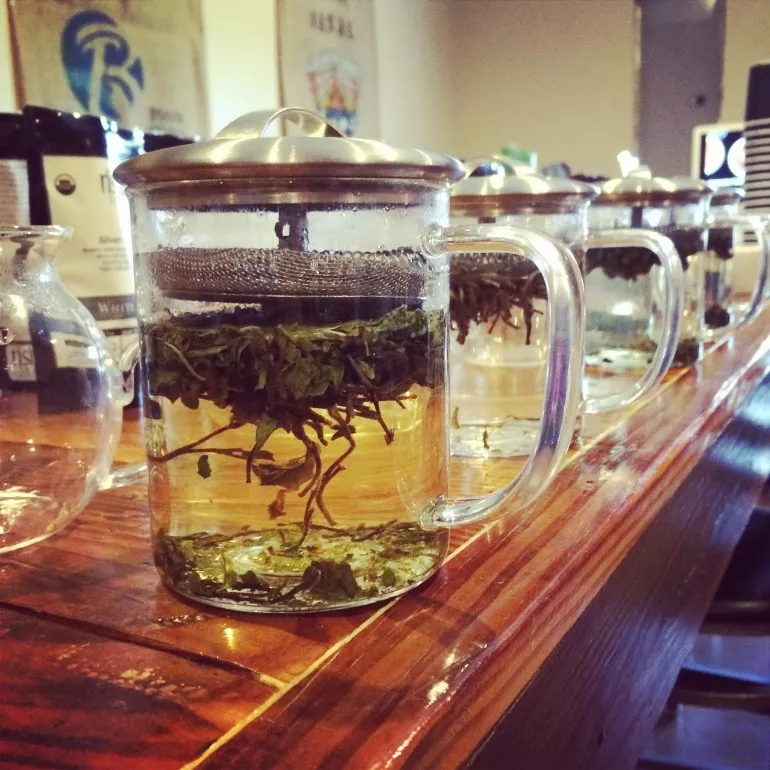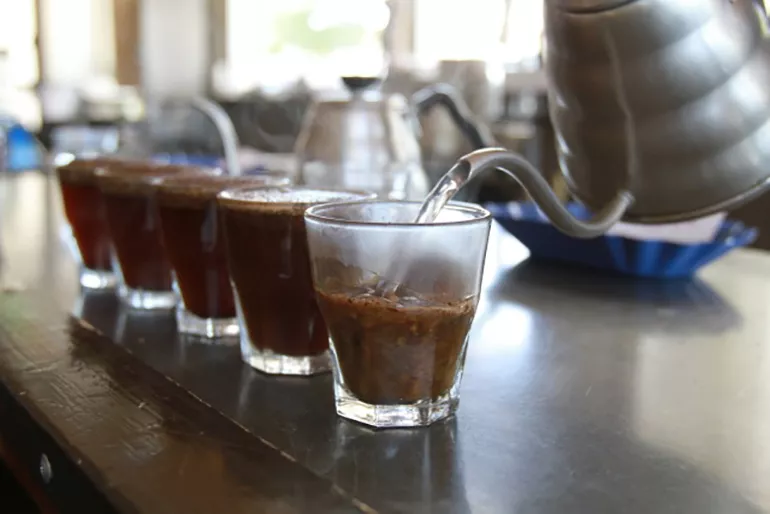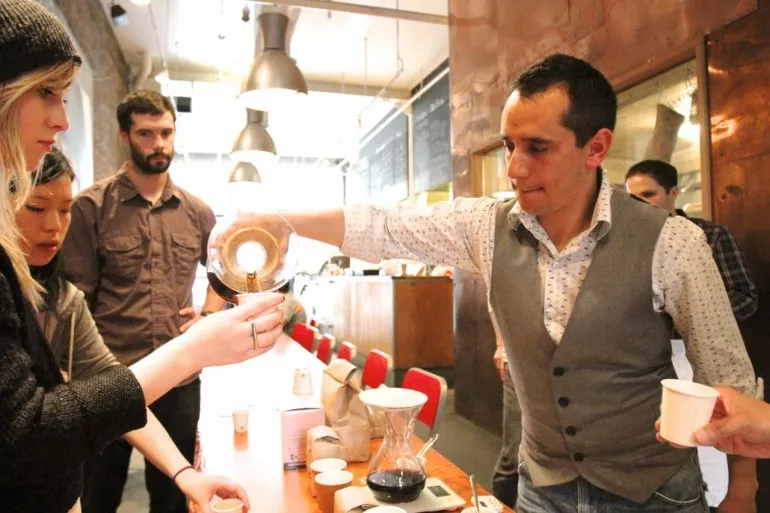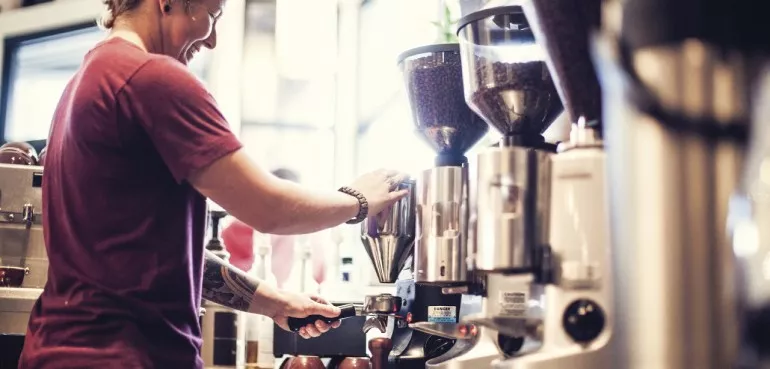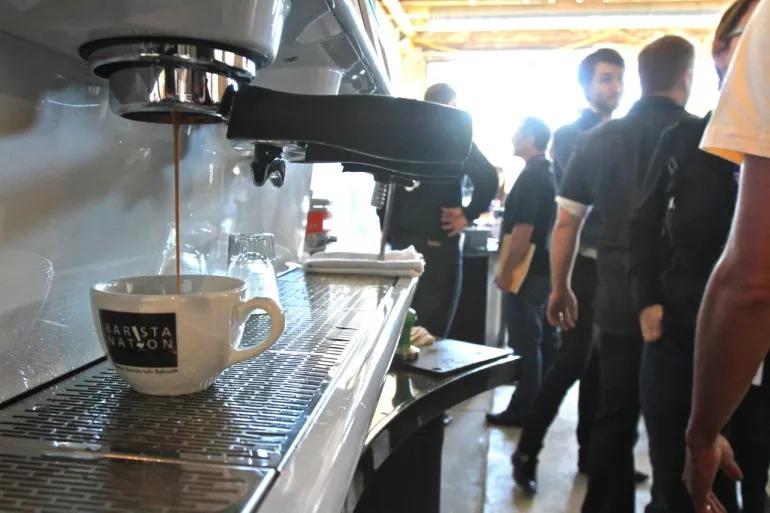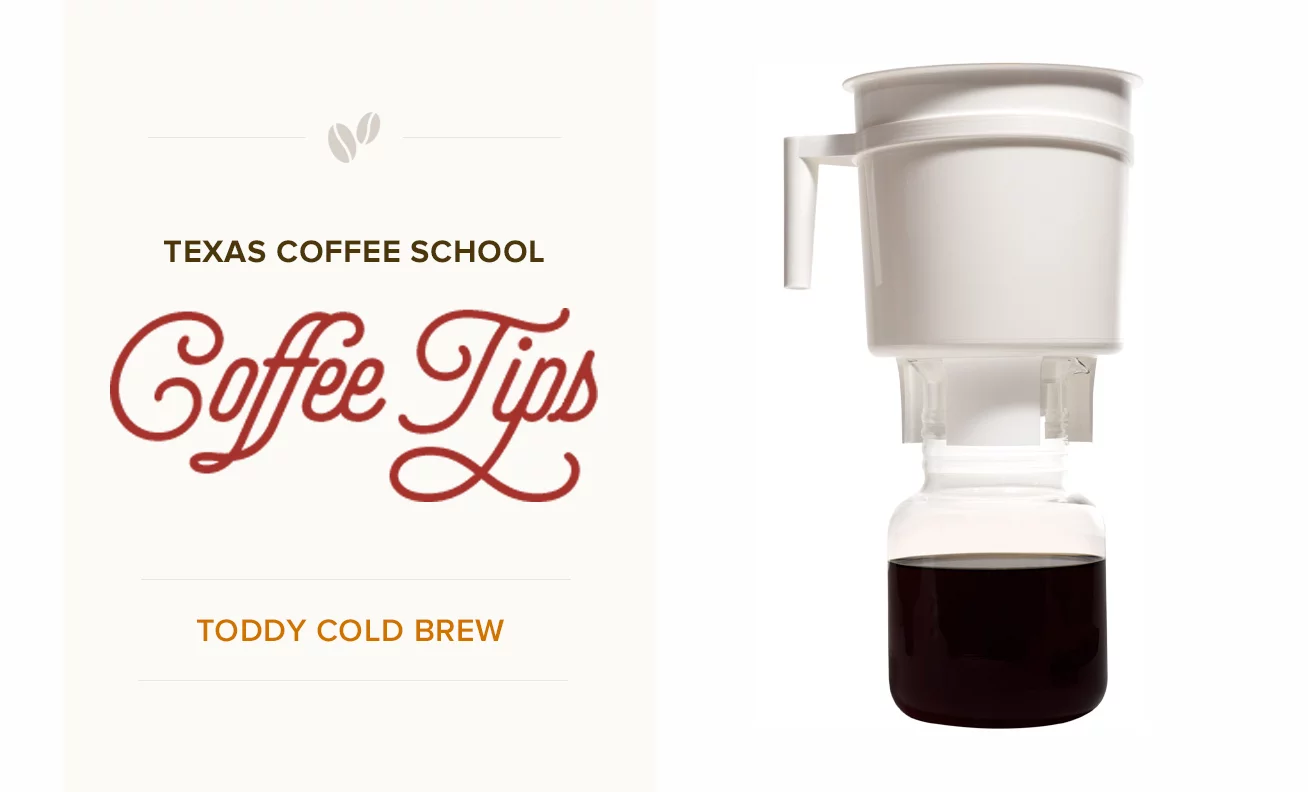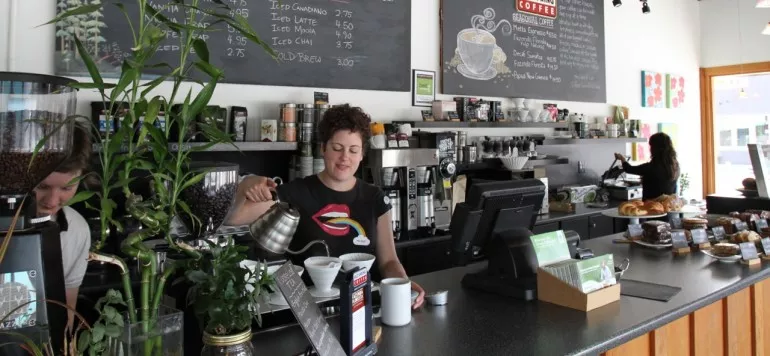Below are the 2 biggest things killing coffee shop businesses. If you are planning to start your own coffee shop business, read carefully!
Location, Location, Location
There’s a new vacancy on the corner of a busy street in a great part of town. Rent seems affordable based what you have been seeing in the market. There’s a school three blocks away, there’s good parking, the space is about 1,500 square feet, it has beautiful exposed brick on the interior, and your friend that owns a restaurant says it would be perfect. What’s not to like? Besides, the real estate broker says there are two other parties interested, and at this price in this market it won’t last very long…
This is by far the most common scenario we encounter as coffee business consultants. If the above scenario sounds familiar to any extent, STOP everything you are doing and read on!
Making a location selection based on gut feelings, emotions, and here-say is arguably the biggest mistake you can make when opening a coffee shop business. For starters, you have no idea if this location is worth (to you) what the landlord is charging in rent. Sure, it may be priced competitively in the market based on similar spaces, but you have absolutely no idea what kind of sales this location can potentially generate for YOUR specific type of business. Market value is completely arbitrary. You need to act based on what a location is worth to YOUR business, not market value.
To determine what a location is worth to YOUR business, you need to conduct some very specific research based on your concept, market conditions, drive-by traffic, and walk-by traffic. This will enable you to more accurately estimate how much money this location may be able to generate in sales. Then you need to assess the estimated sales potential vs the cost of rent the landlord is charging to determine if this location will even be able to sustain a business like yours. For a coffee shop, we typically aim to keep rent under 10% of projected sales, but ideally under 8%. This can be a tall order in some areas, however, this is one of the biggest things that can eat up your profitability every single month.
This can all be a lot to think about, especially if you don’t know how to conduct this type of research or you aren’t familiar with the unique data points associated with this specific type of business. The good news is it actually isn’t that difficult to understand once you learn the assessment process and some baseline numbers and data points. This is a topic we cover in great detail in our 3-Day Coffee Business Class and it has saved countless entrepreneurs from making colossal real estate mistakes. Don’t bet your financial future on a gut feeling when there is a straight-forward process that can help you make a significantly more informed real estate decision!
(Oh, and by the way, 9 out of 10 chance that real estate broker was lying about there being two other parties interested in the property too. That is real estate broker move 101. If there were any good offers, they wouldn’t still be talking to you.)
Cost of Goods Management
The other BIG killer of coffee shop businesses is poor cost of goods (CoG) management. Unfortunately, a lot of coffee shops charge based on what they think a customer will pay for an item, or based on what other coffee shops charge. This is a recipe for disaster! The prices on your menu should not be arbitrary! Meaning, you need to price menu items based on what they cost you to buy. In a coffee shop, we like to keep cost of goods (cost of menu items) between 20% to 28% of the price we are charging for them. That will give us a 72% to 80% profit margin on every beverage. (i.e. If you are charging $1.00 for a menu item, your cost should be $0.20 to $0.28) In restaurants, CoG is typically going to be higher (30% to 33%), however, in a coffee shop that features mostly coffee and pastries and not as much actual food, it can be pretty easily maintained within 20% to 28% range.
Example: How to find your cost on a single cup of coffee.
- What are you paying for your ingredients? (i.e. how much is one pound of coffee? – Let’s say $8.50)
- What is a single portion/serving of that ingredient? (i.e. 25 grams of coffee to make on cup of drip)
- How much does that one serving/cup cost? (i.e. 1lb of coffee = 453.59g so divide $8.50 by 453.59g. That equals $0.0187 per gram. Multiply that cost per gram by the number of grams it takes to make one single serving/cup. So $0.0187 X 25g. That will give you a cost per serving of $0.47 per cup of coffee.
How to set effective coffee shop menu pricing:
To set a menu price that fits within your goal of keeping your cost of goods (ingredients) between 20% to 28% of the menu price – Choose what cost of goods percentage you are aiming for (i.e. 25%) and convert it to a decimal (.25) and use the following formula to find your effective menu price.
Total cost of your product ÷ Cost of Goods percentage you want to achieve = effective menu price
So in the case of our cup of coffee listed above: $0.47 (cost) ÷ .25 (25% CoG goal) = $1.88 menu price)
In a case where you end up with a strange number (i.e. $1.88) round up to the nearest nickel (i.e. $1.90). In a case like drip coffee, you may even be able to squeeze a higher profit margin without anyone getting upset. You could charge $1.95 which would put you at 24% CoG, which equals 76% profit margin. Not bad!
This pricing technique will work for anything on your menu. Just add up the total cost of all ingredients used to create the menu item and use the above formula.
Something important to remember is certain ingredients may have prices that fluctuate throughout the year (i.e. dairy). If you continue charging the same amount for that item, your cost of goods will become inaccurate. Frequently check the price you are paying for items from your vendors. If an item’s cost has changed, use the most recent cost in your calculations. In our Coffee Shop Management Training Class, and our 3-Day Coffee Business Class we get much deeper into advanced cost of goods management strategies, and we teach techniques and provide resources to simplify the process of keeping this critical factor under control on a day-to-day basis.
